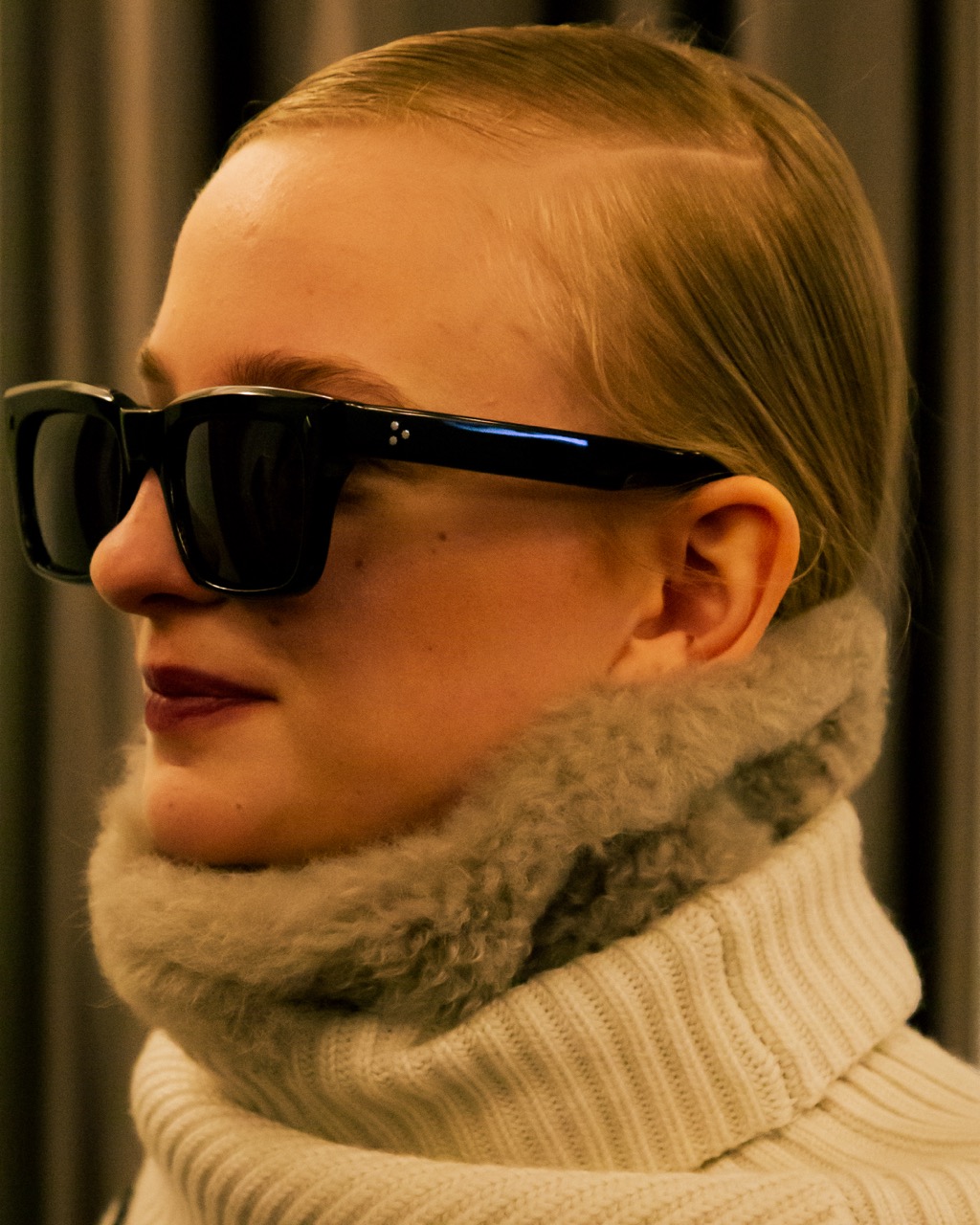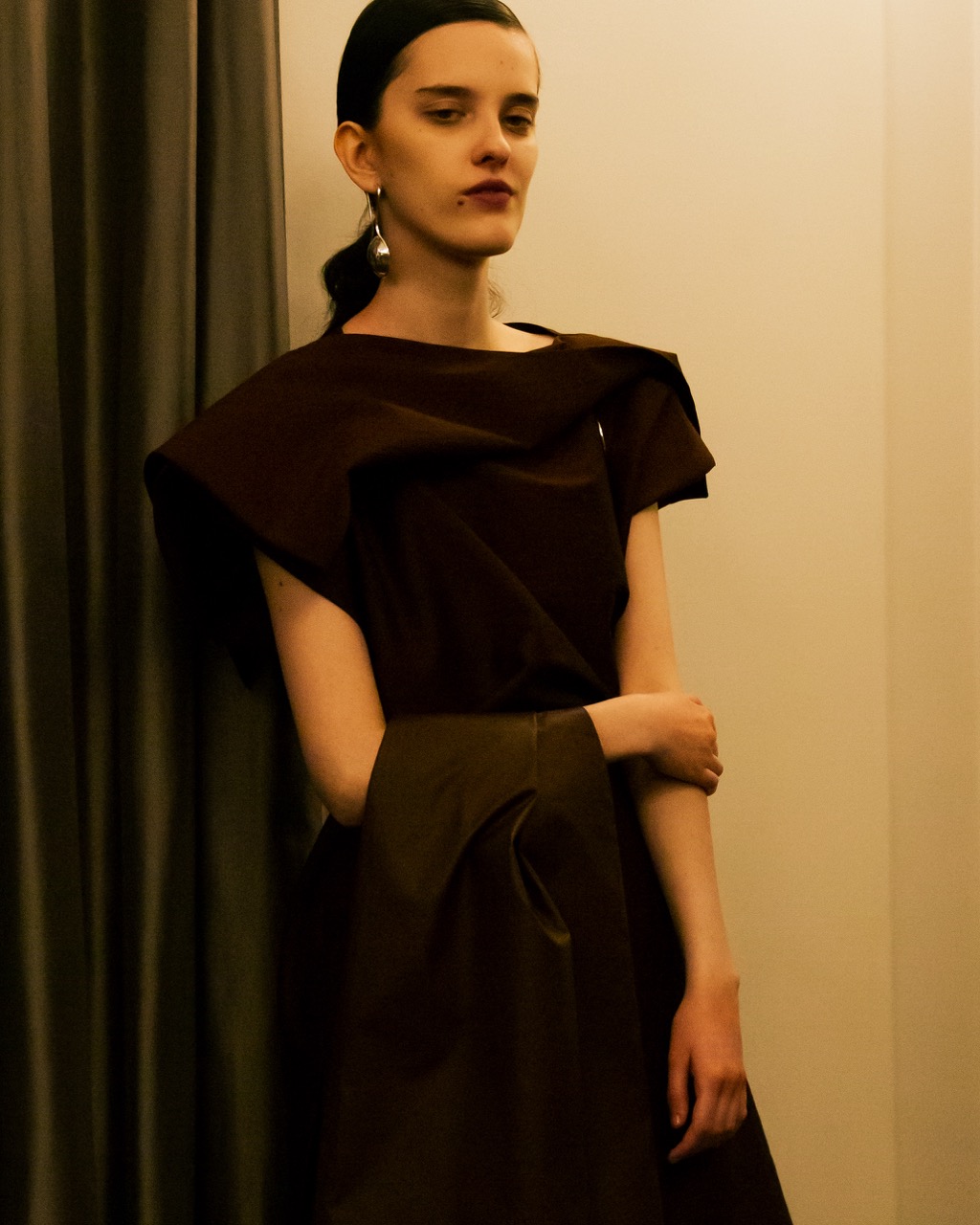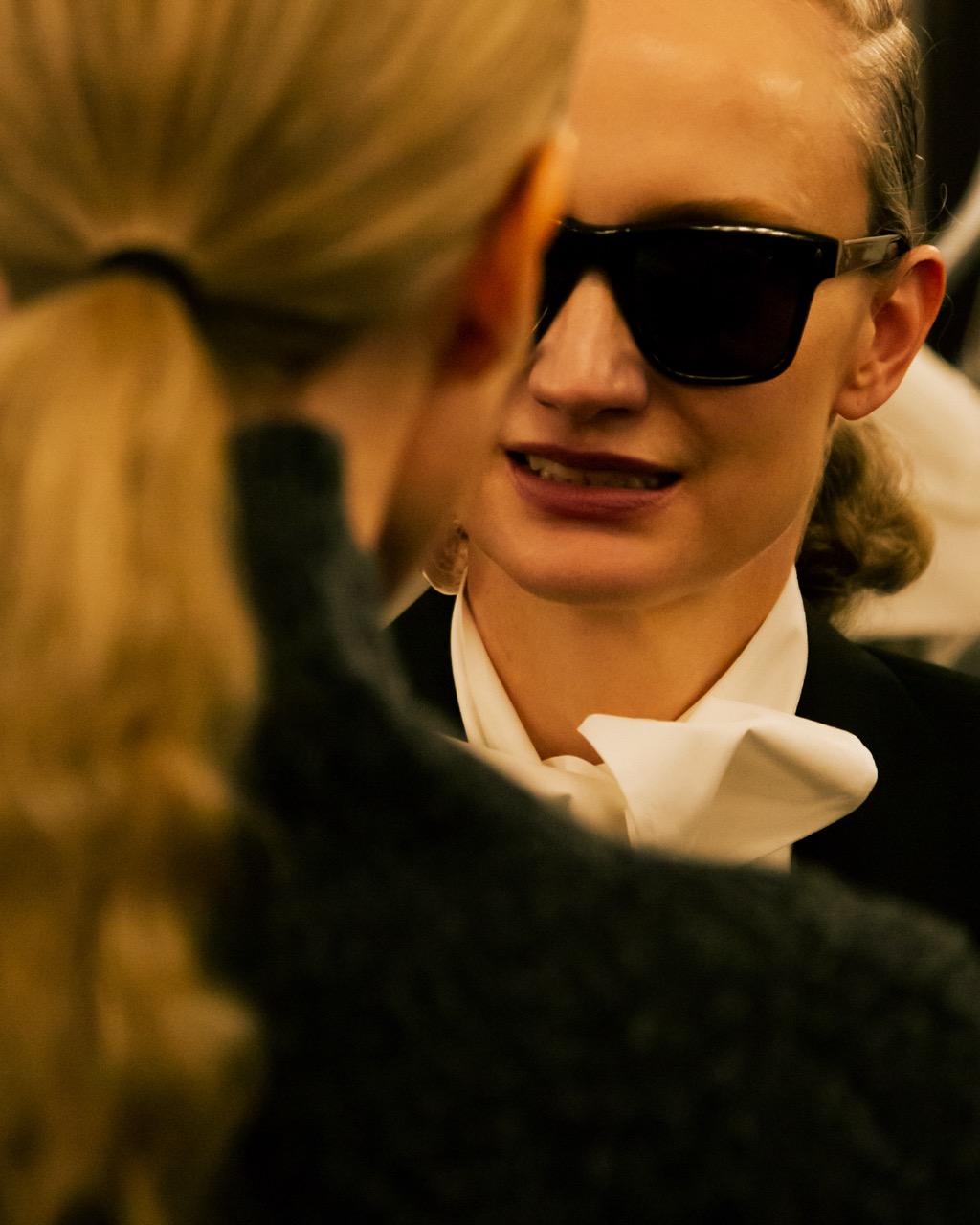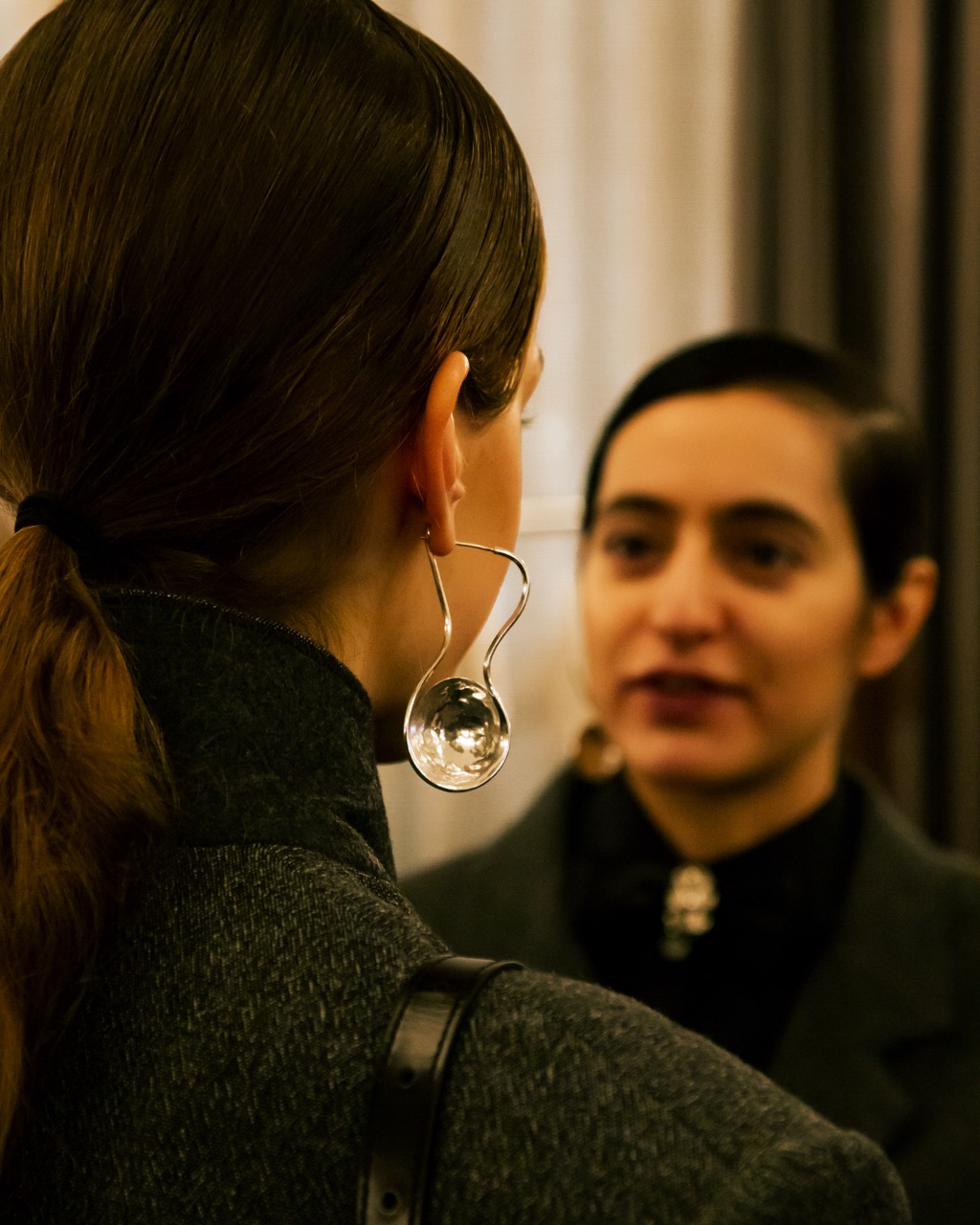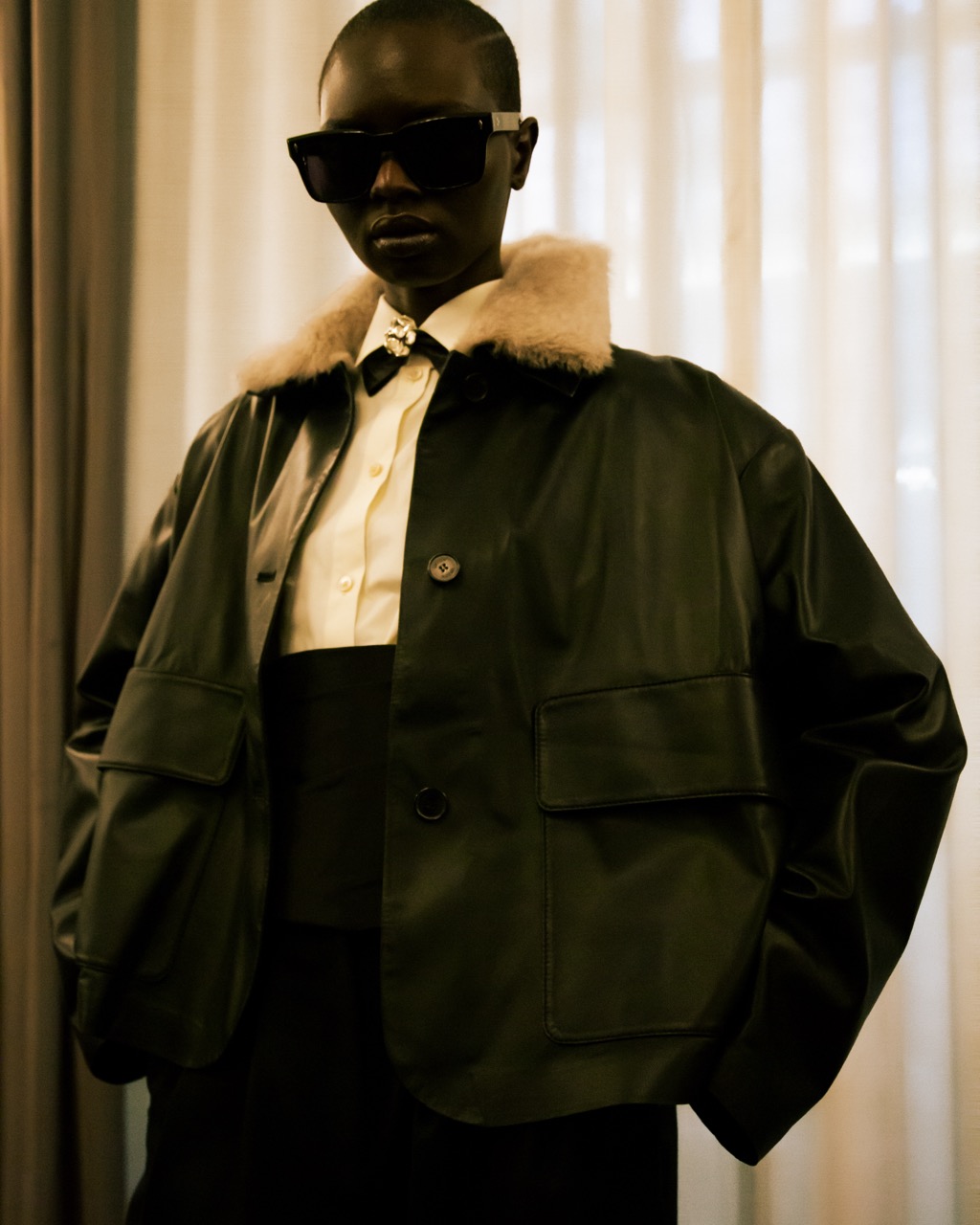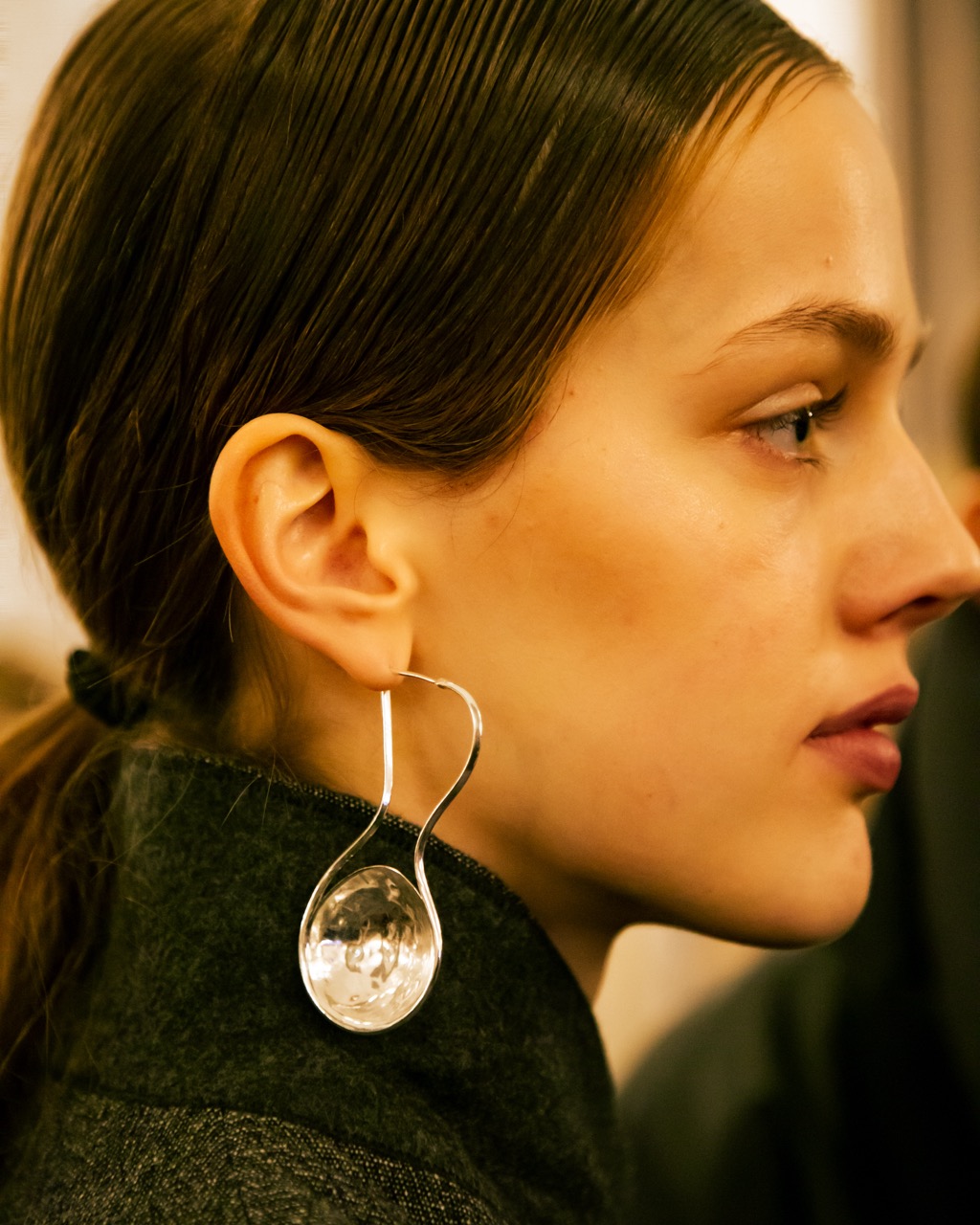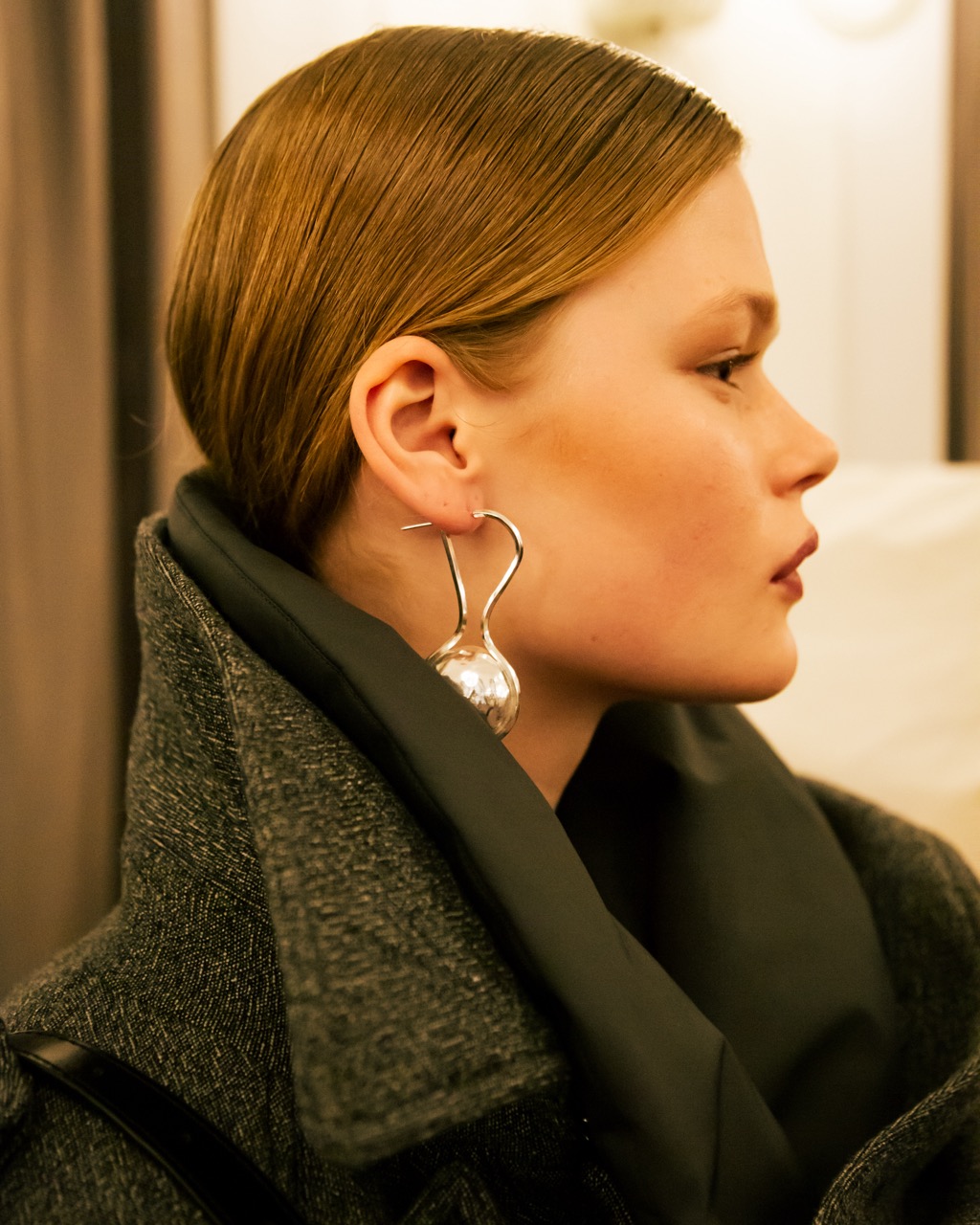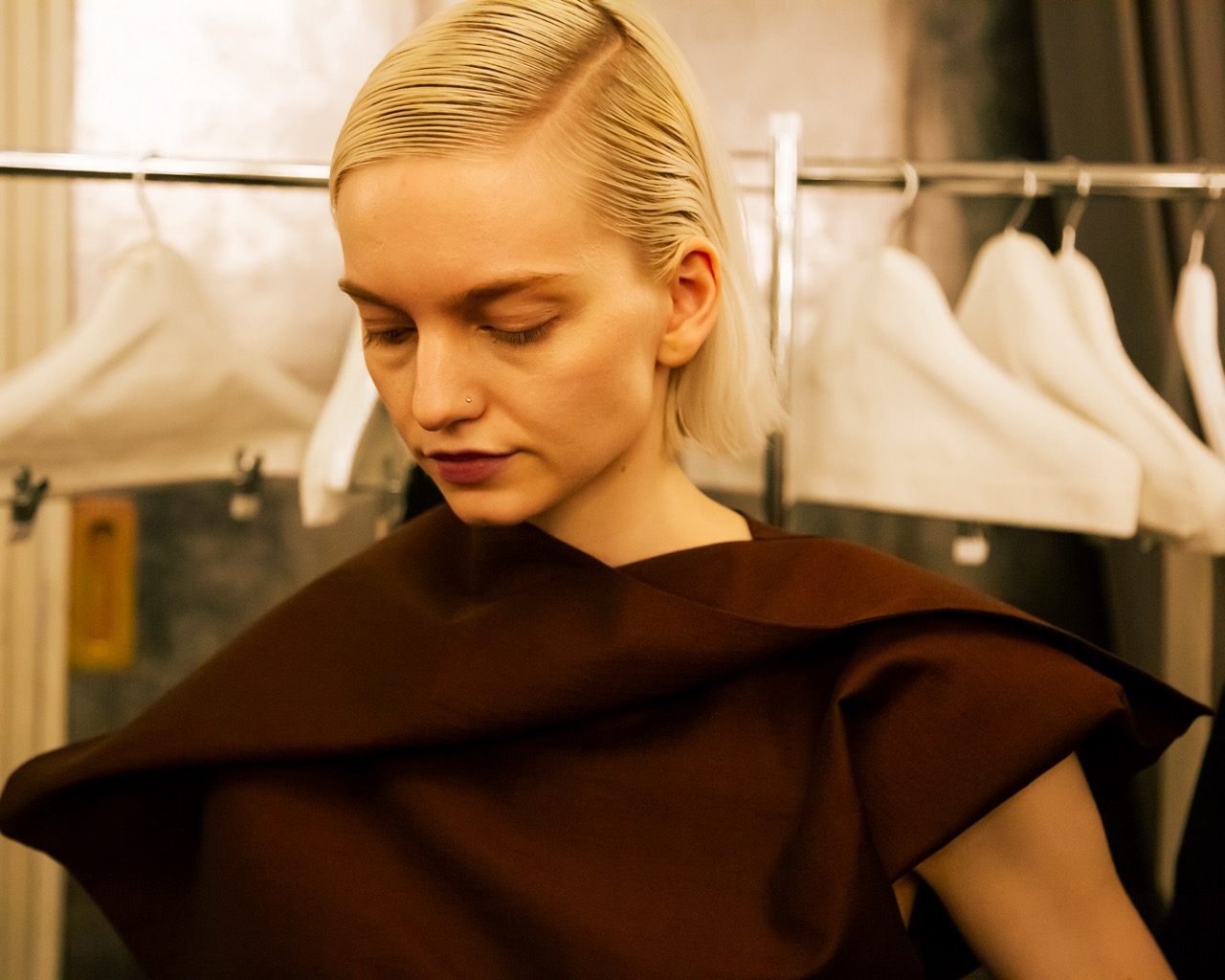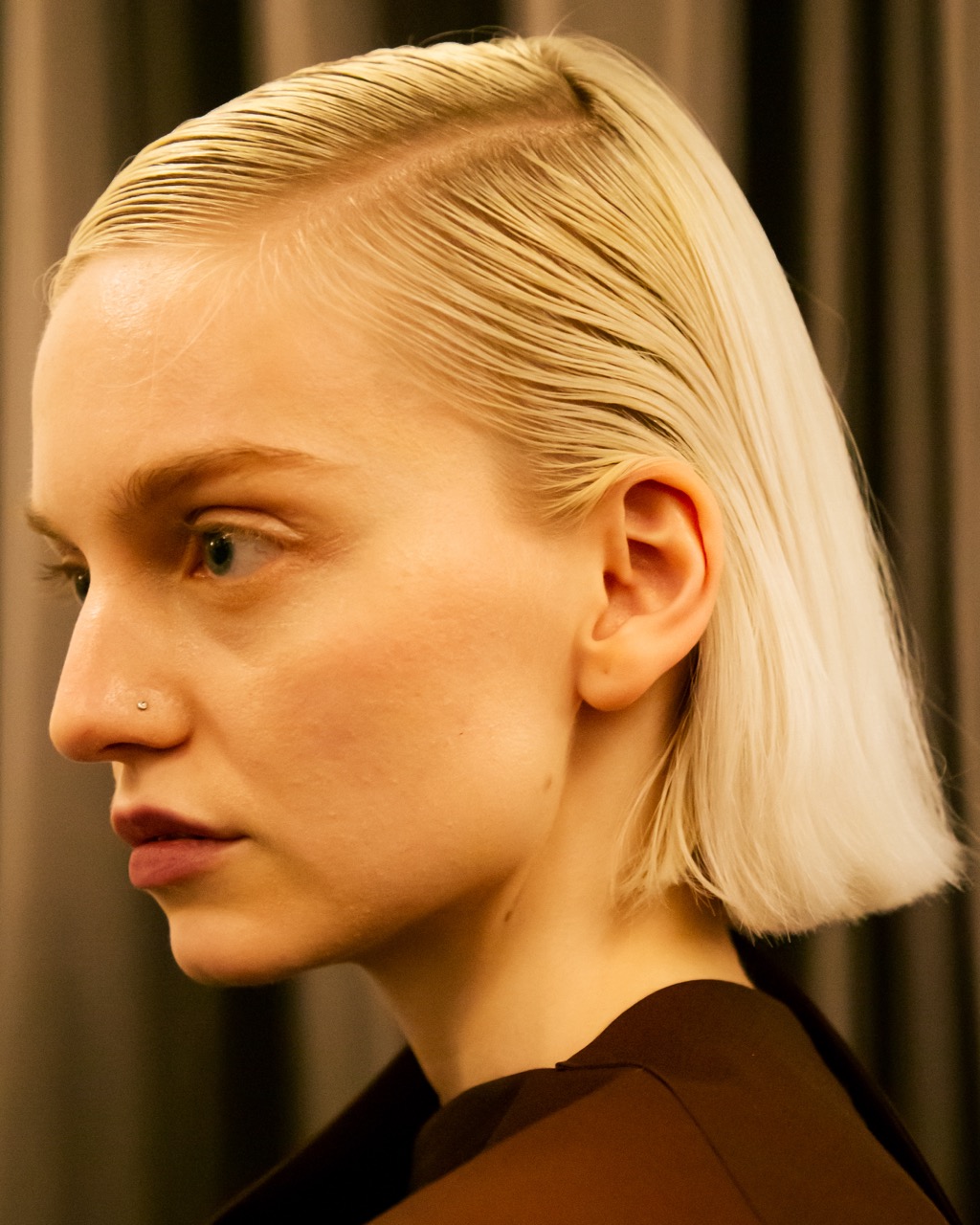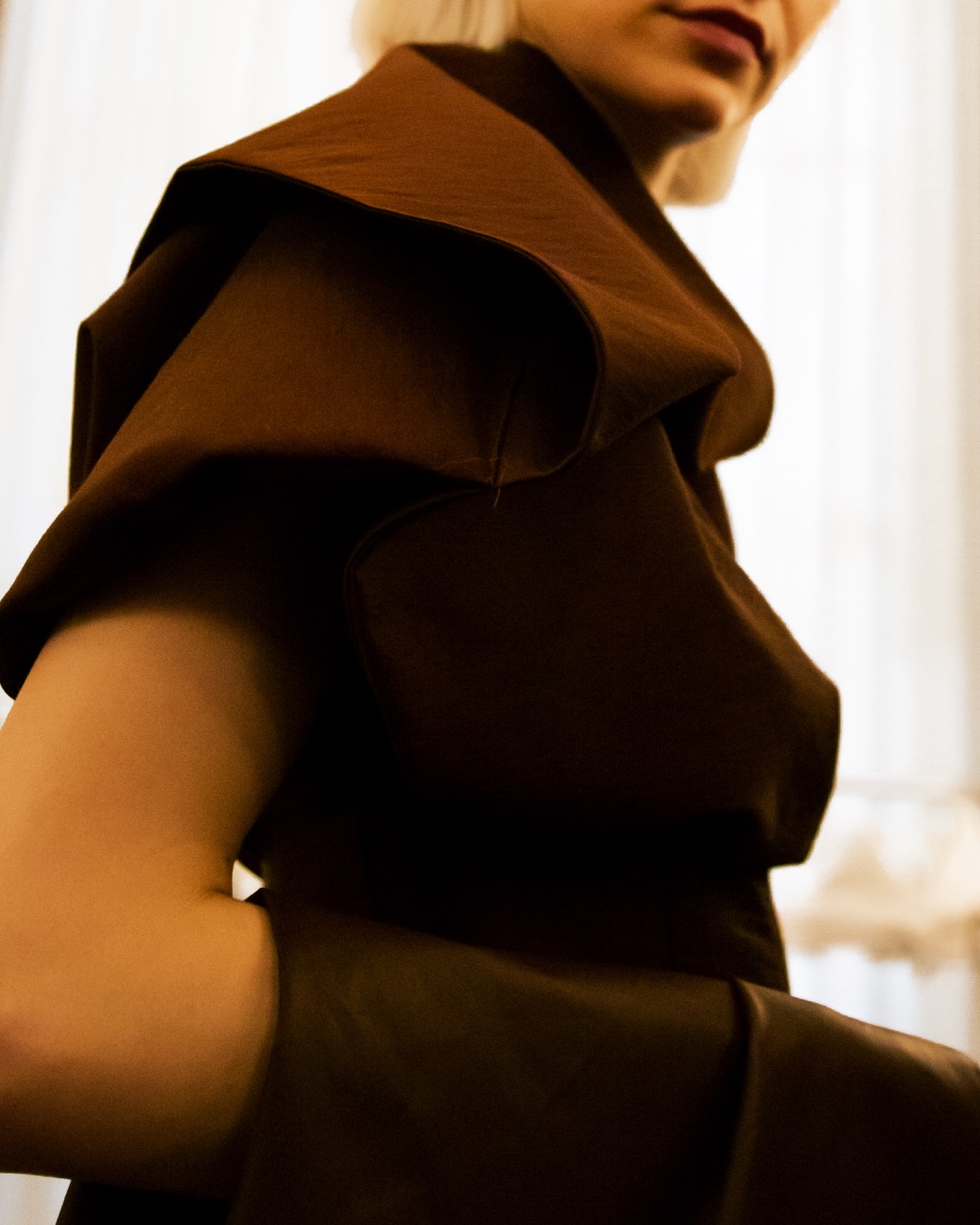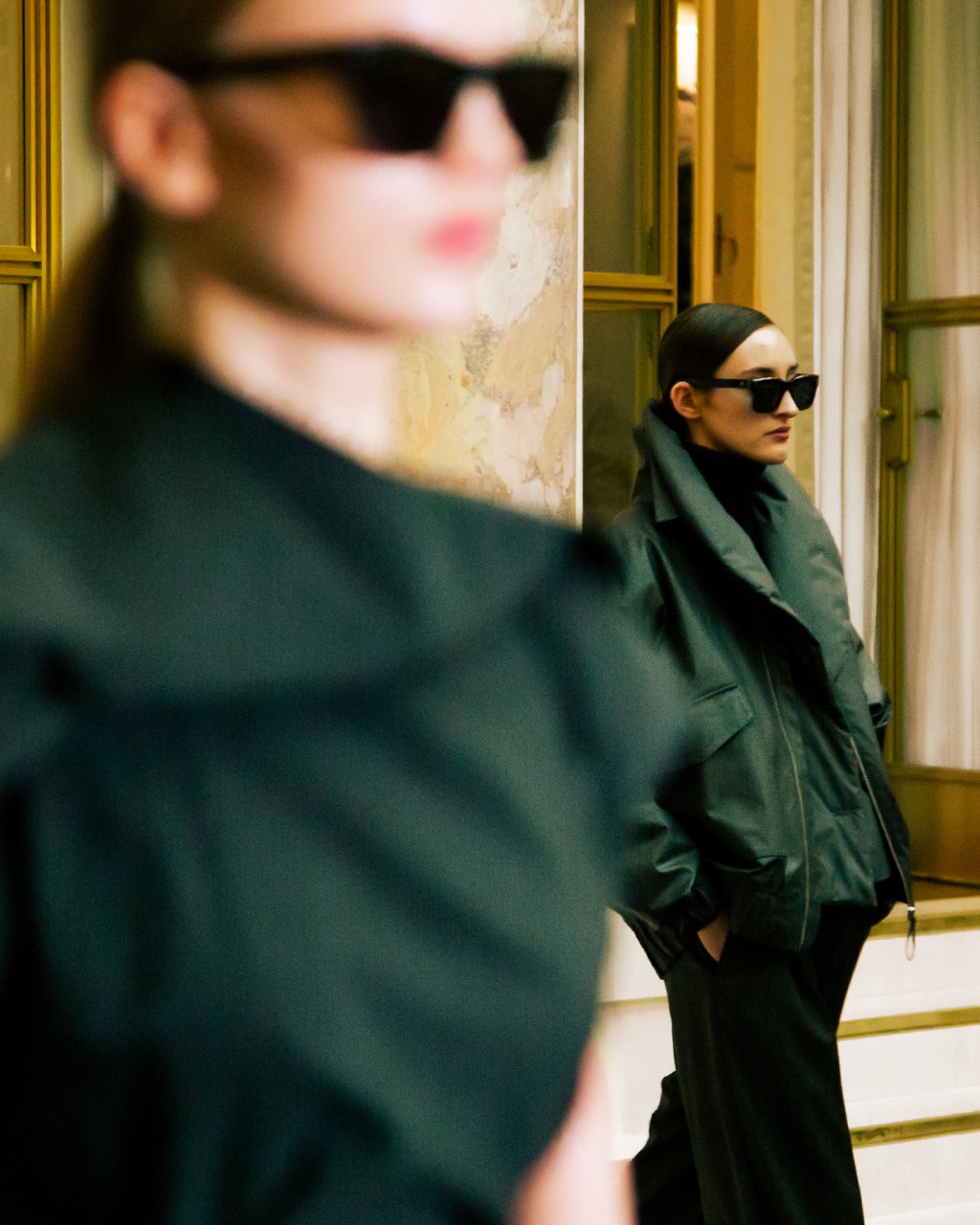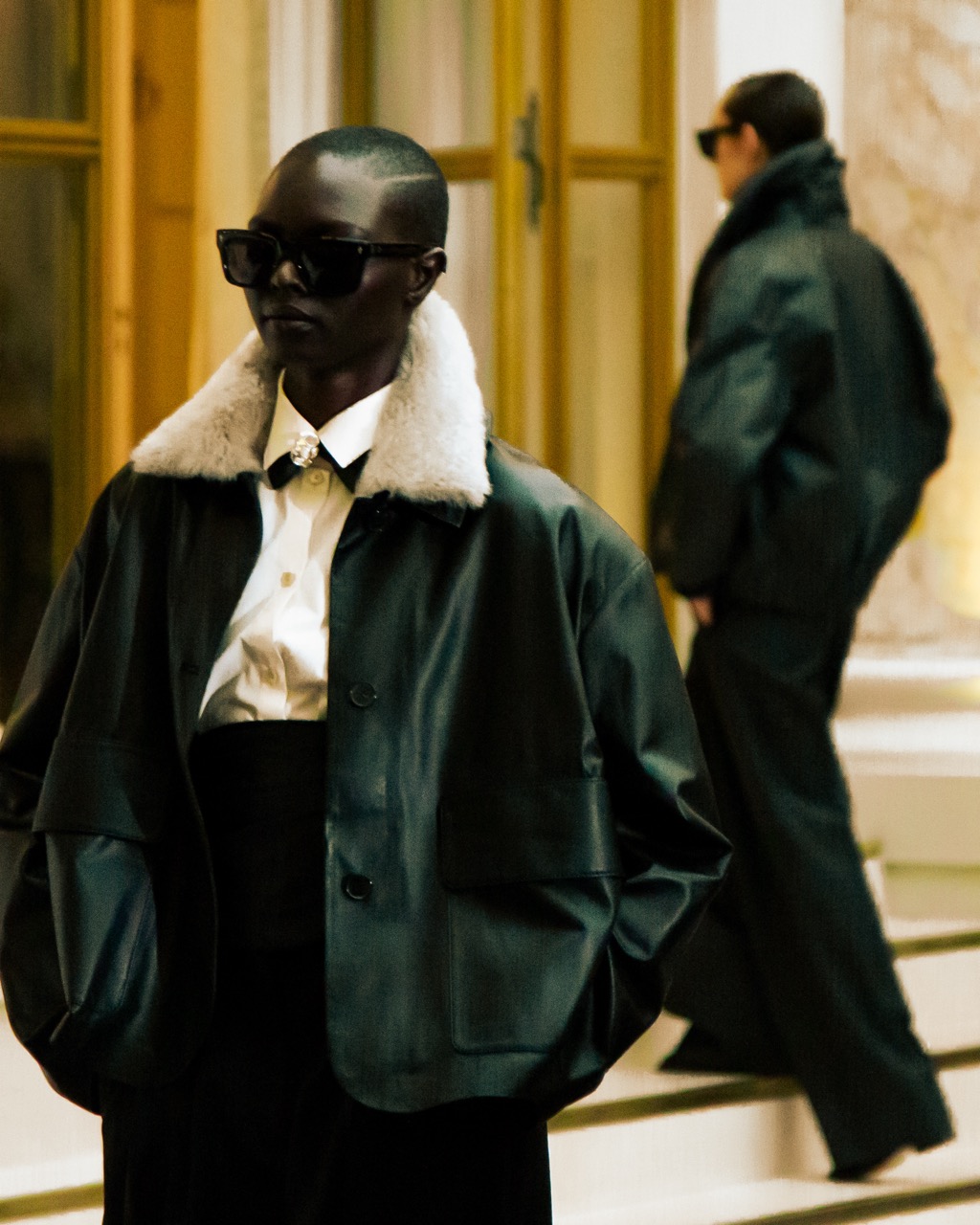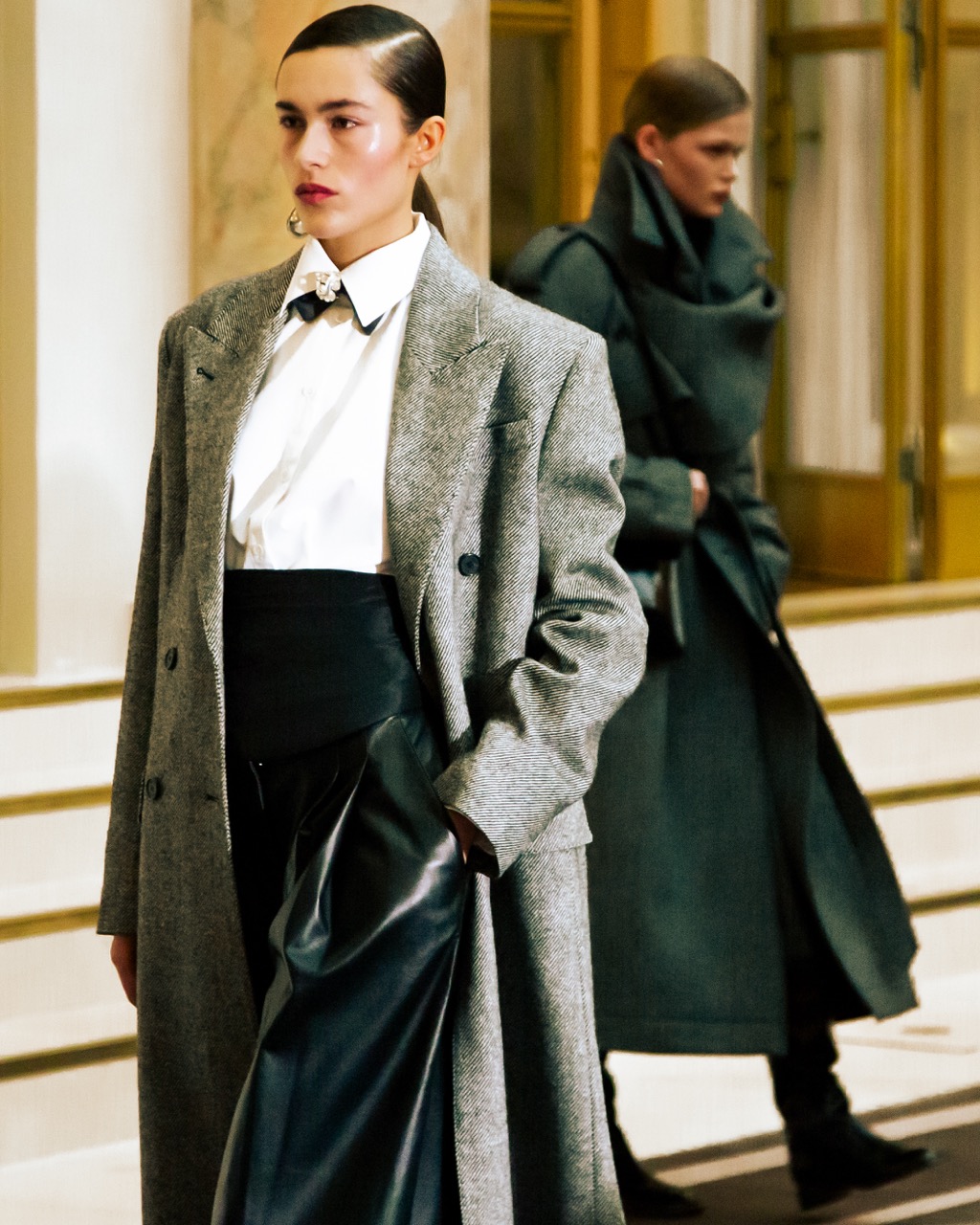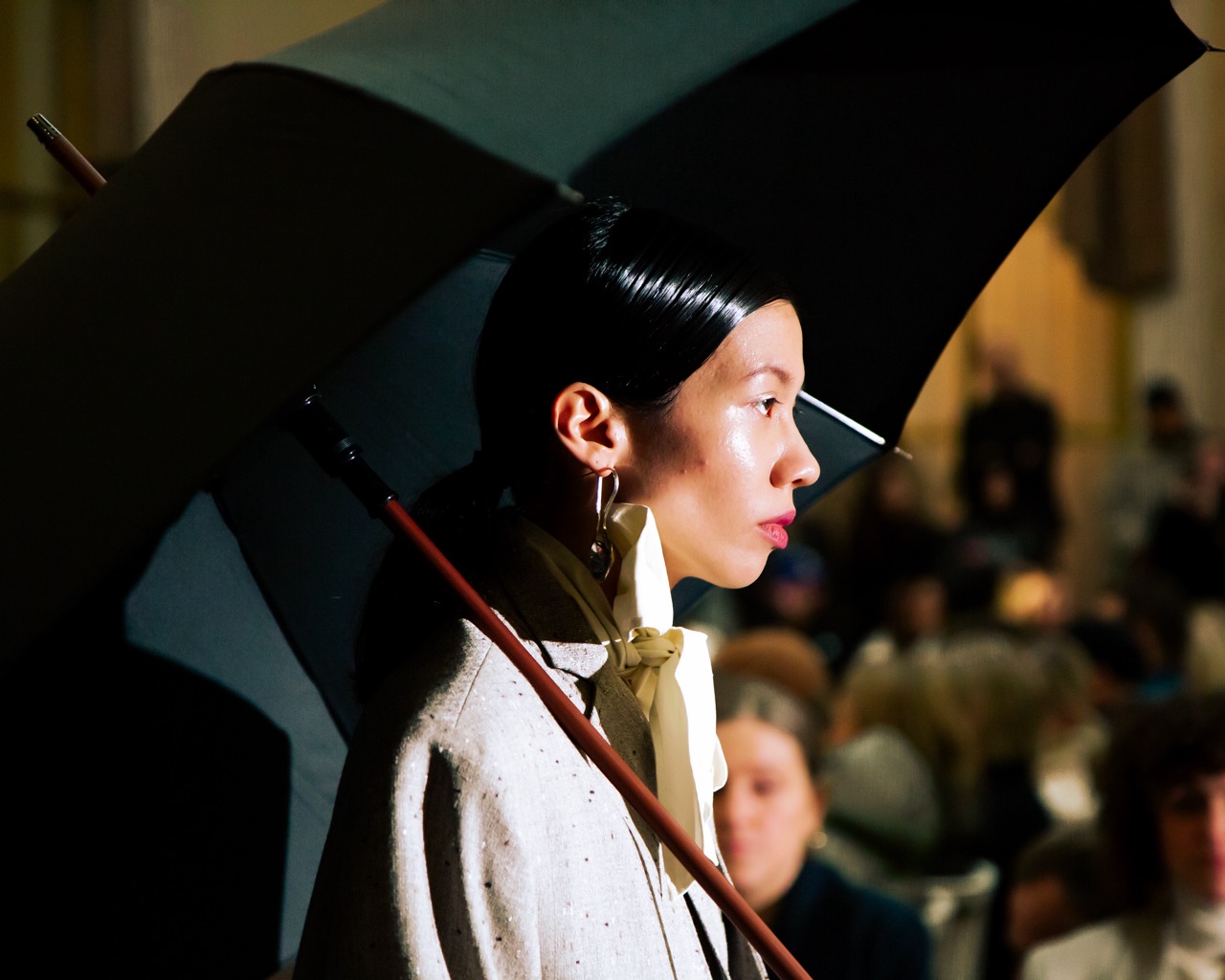Mudd Pearl's Startling Ocean Starlets
- Director Boma Iluma
- DoP Charlie Owens
- Producer Jon Brogan
- 1st AD Aspen Miller
- Score Kidä
- Editor Aicha Cherif
- Prod asst Ashley Parcels
- 2nd Prod asst Kayla Parlante
Stay informed on our latest news!

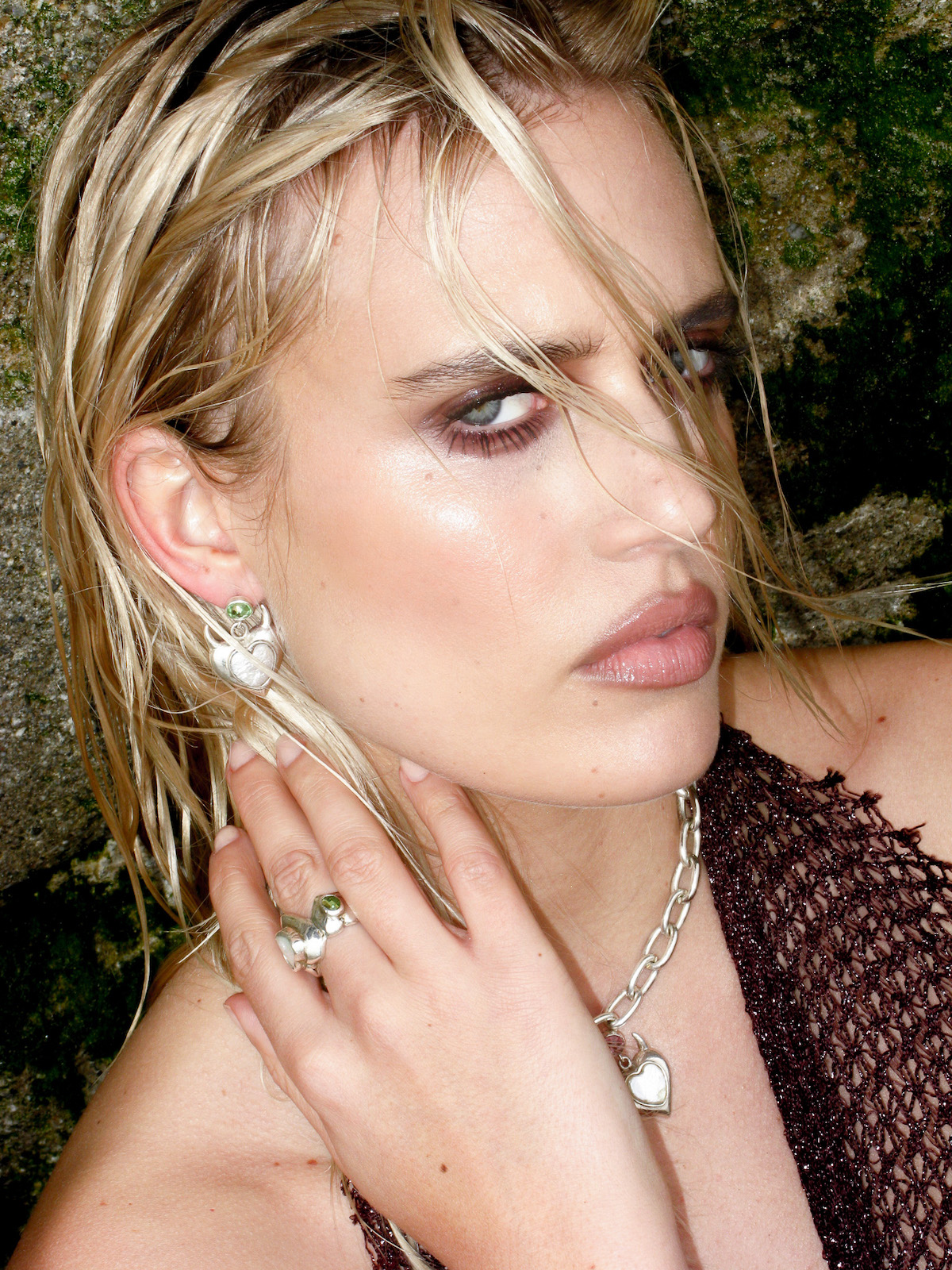
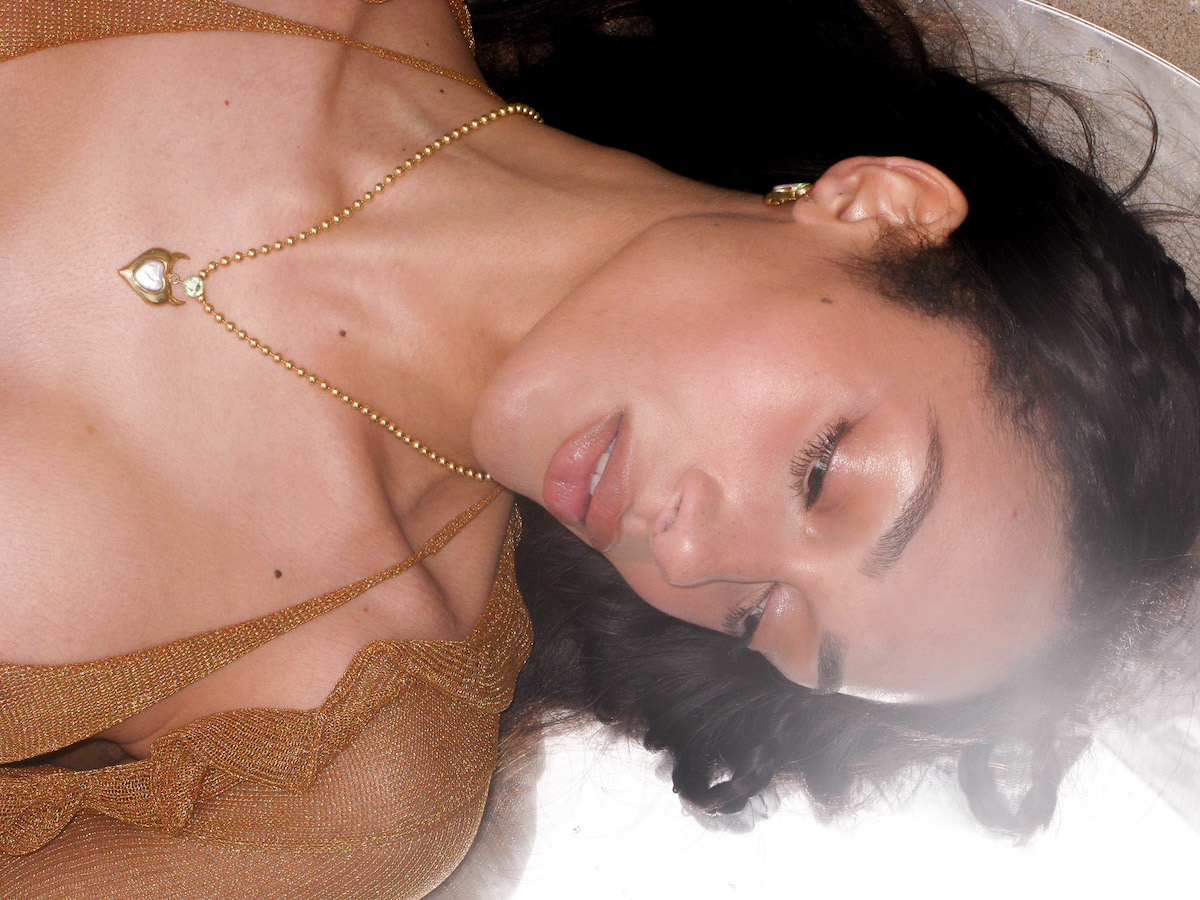
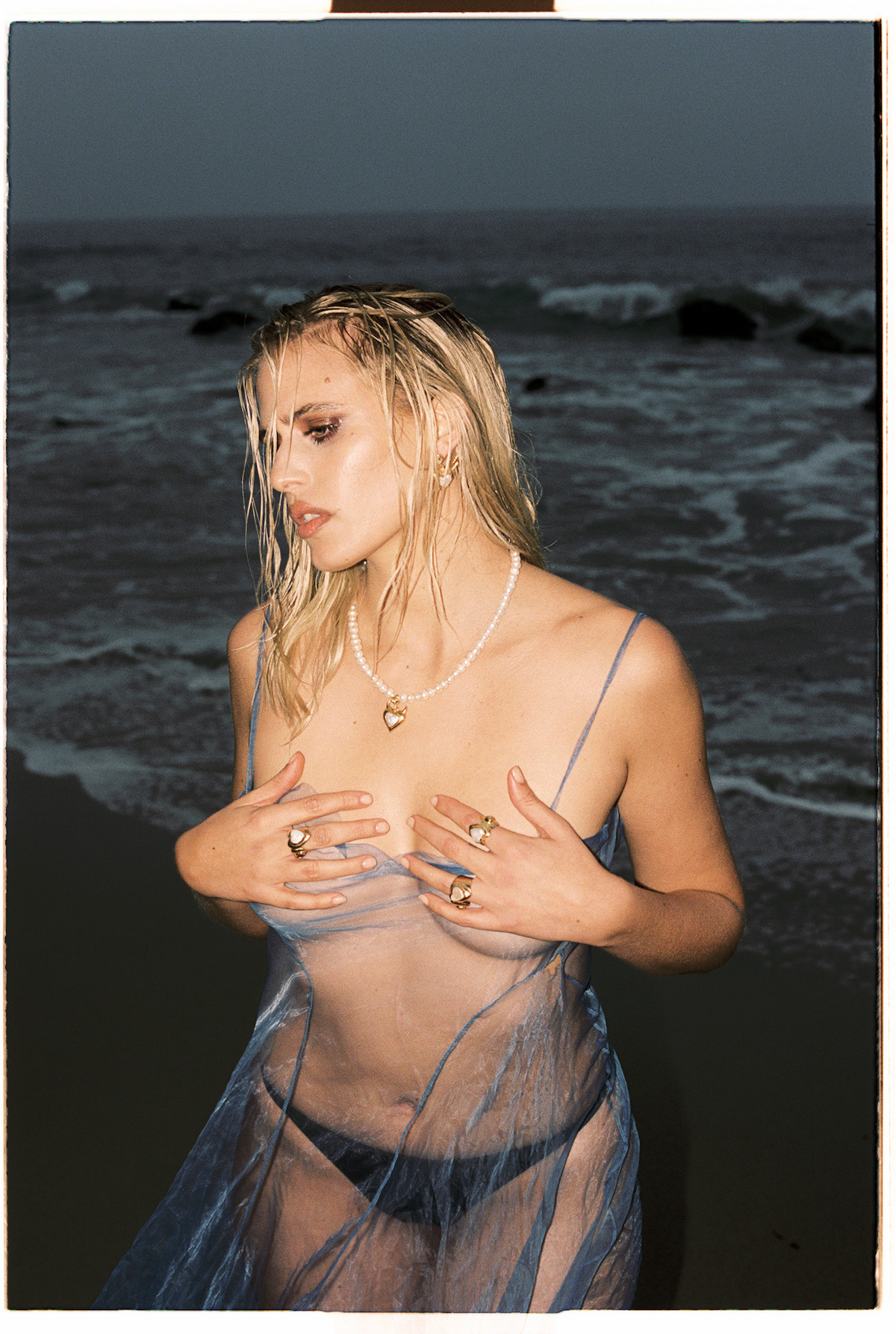
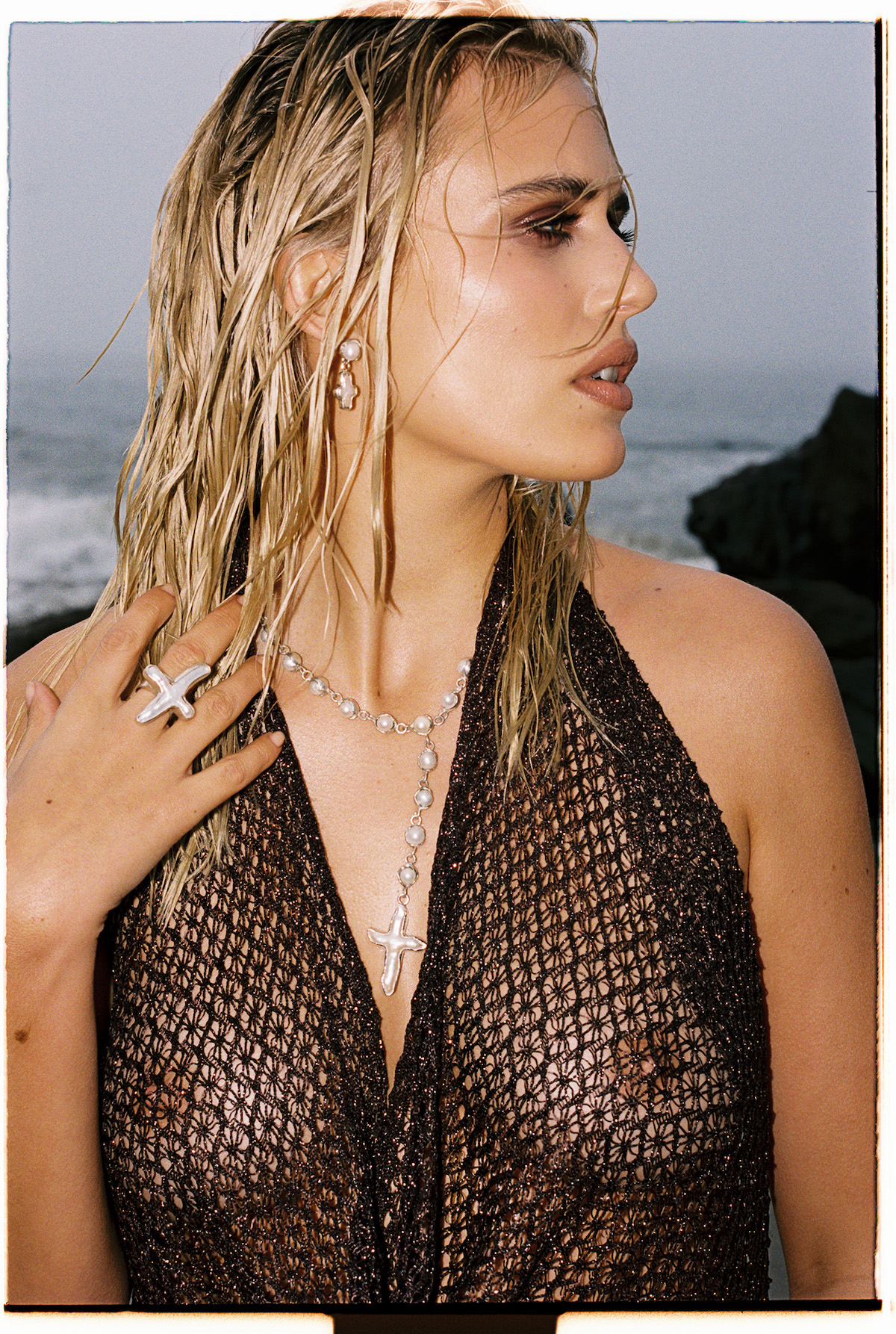
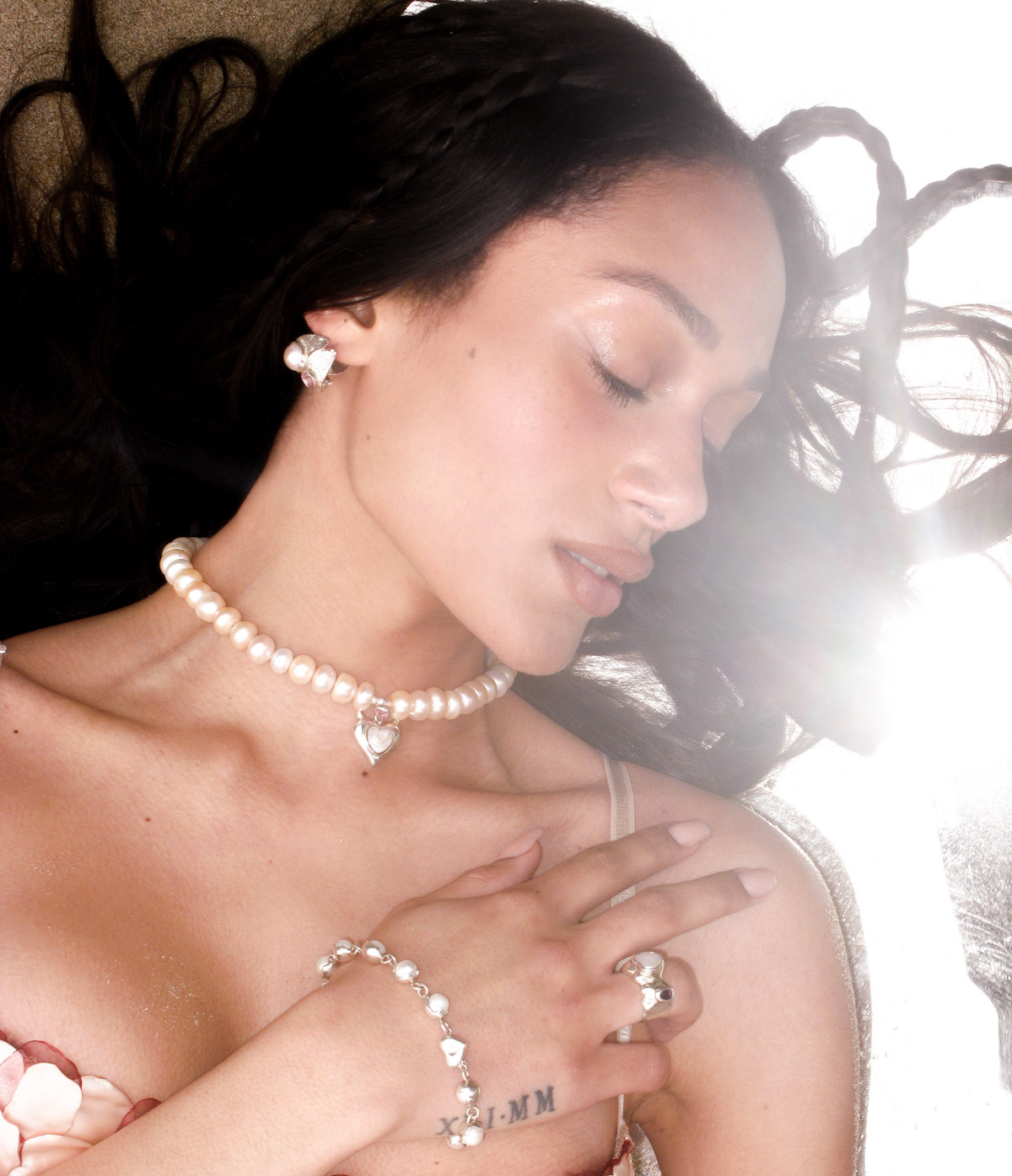
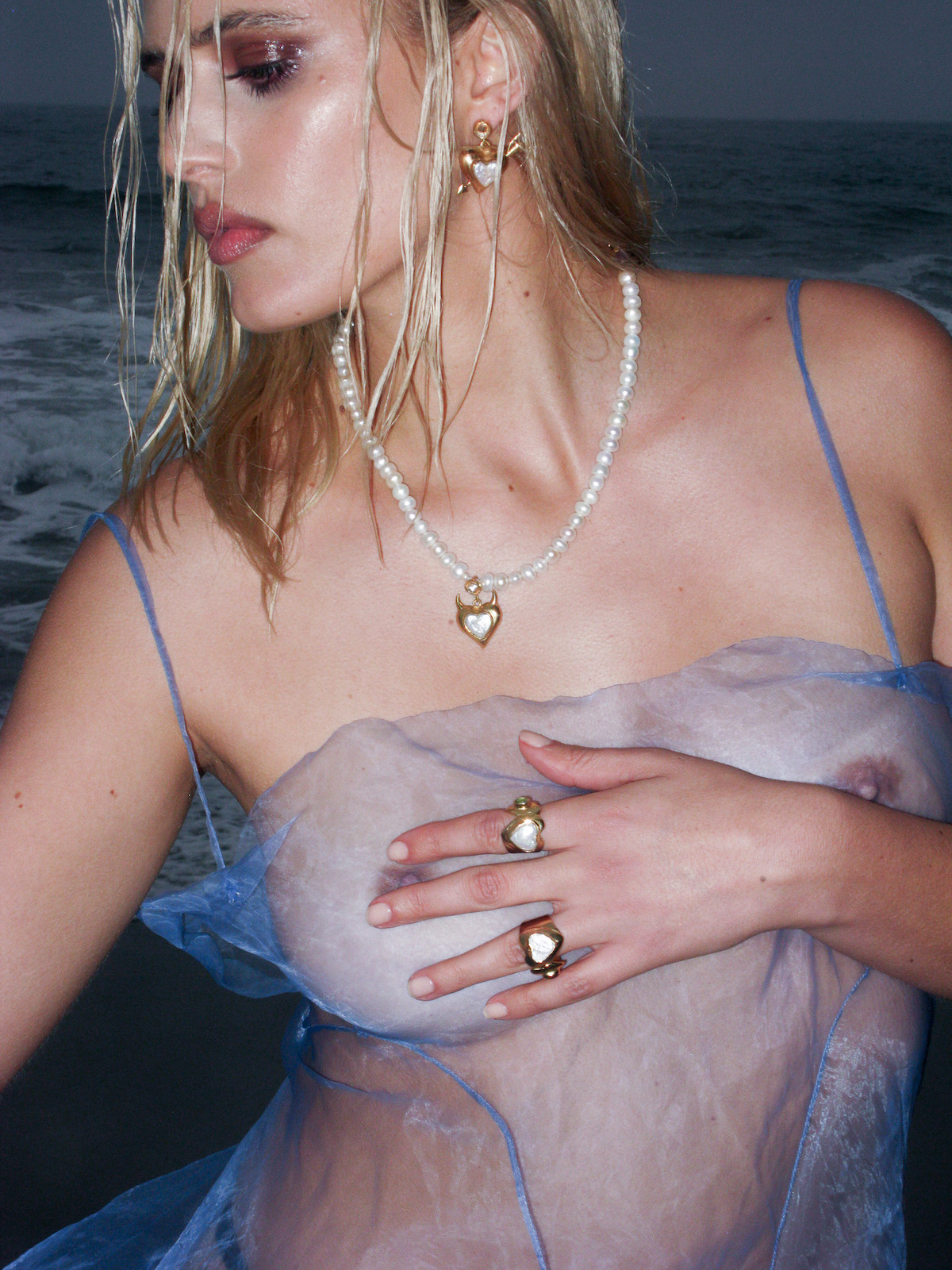
Mudd Pearl: Venosa from Boma Iluma on Vimeo.

Spanning over 20,000 square meters across multiple levels, the fair brings visitors into a world where over 500 brandscome alive. It isn't just the spectrum of menswear, womenswear, children's collections, and footwear that captivates buyers, but the world the fair builds — allowing imersion into Nordic culture through food, artist showcases, and rigorous talks on timely topics like the ever-important art of digital curation. As the digital landscape continuously redefines how we interact with fashion, CIFF remains a steadfast herald of change. Its emphasis on digital sophistication, visual identity, and the substantive impact of blockchain technology on fashion points towards an era where tradition and innovation coexist in harmony.
For over 30 years, CIFF has carried the torch for positive industry transformation, spotlighting Scandinavian brands that harmonize heritage craftsmanship with modern design principles. But it's more than a showcase; it's a cultural forum where education meets creativity, modernity meets tradition, and where new relationships drive the industry toward a much-needed reinvention. fostering relationships in an industry ripe for reinvention. The fair’s 62nd incarnation saw visitor numbers soar — a testament to the world's growing fascination with Copenhagen as a fashion capital and beacon of creativity. CIFF 62 also introduced the CIFF Village, the new name for its permanent space in Bella Center, providing showrooms for over 500 brands year round. It is also host to studios for emerging designers.
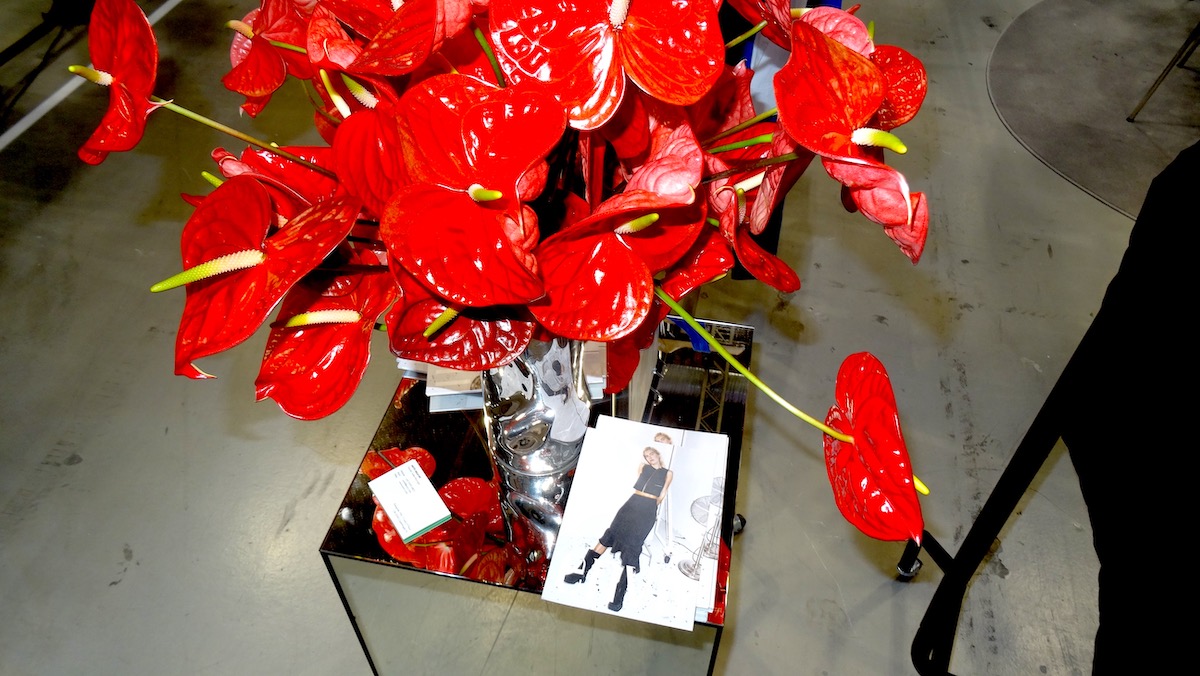
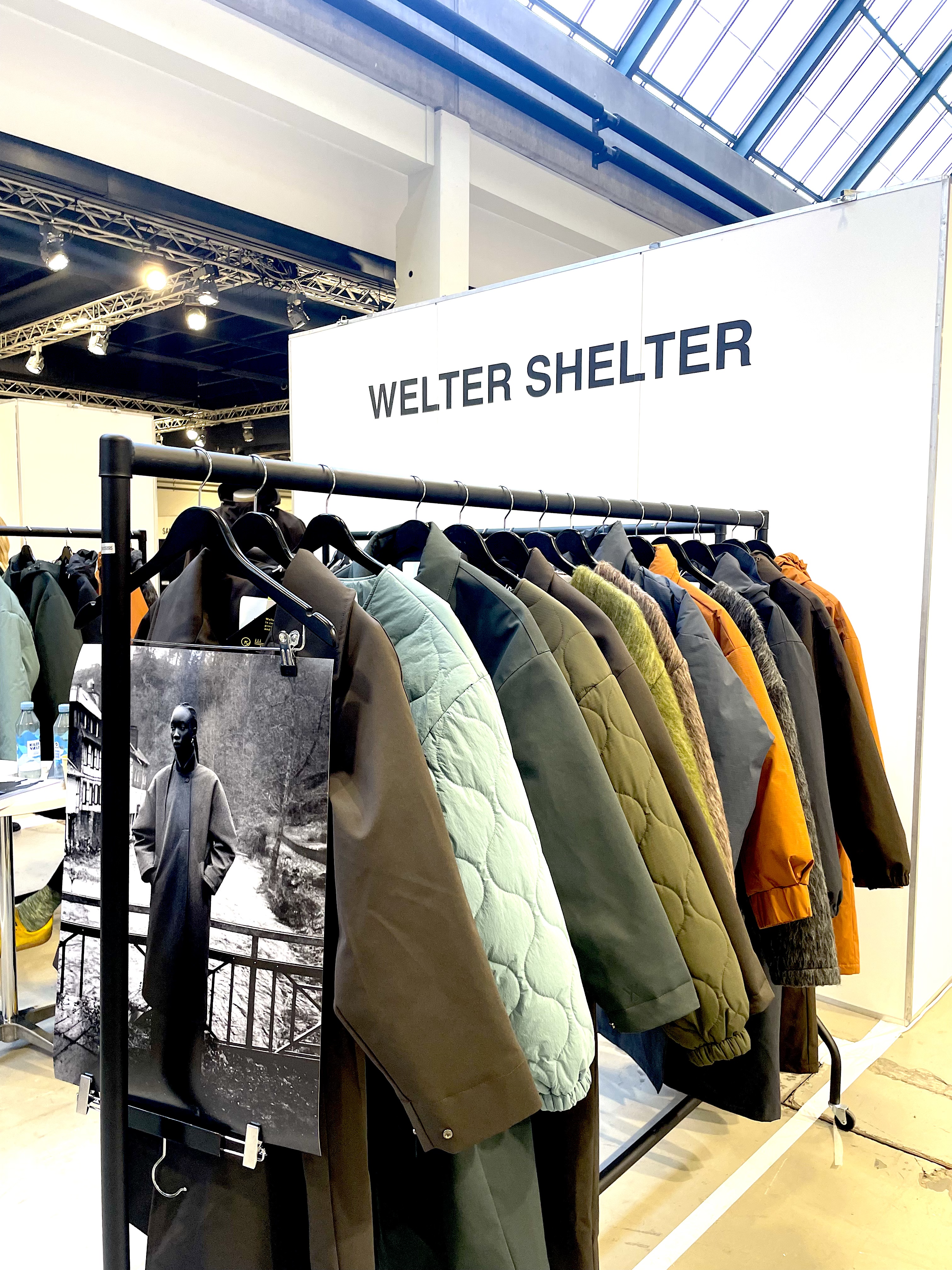
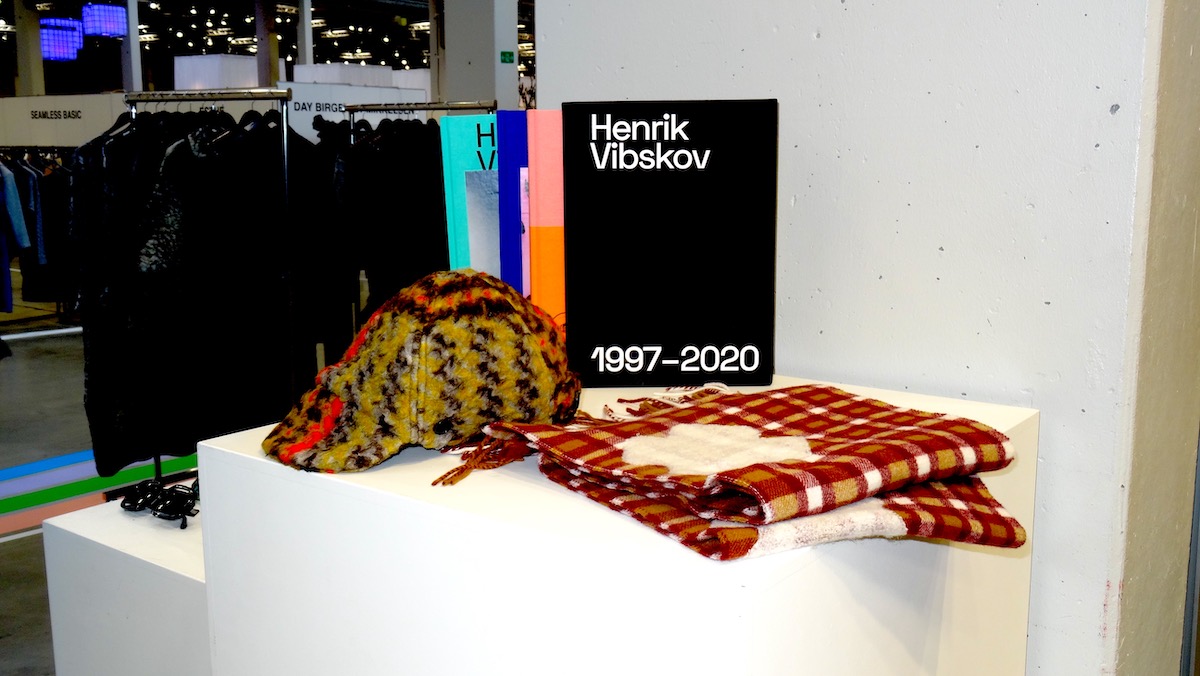
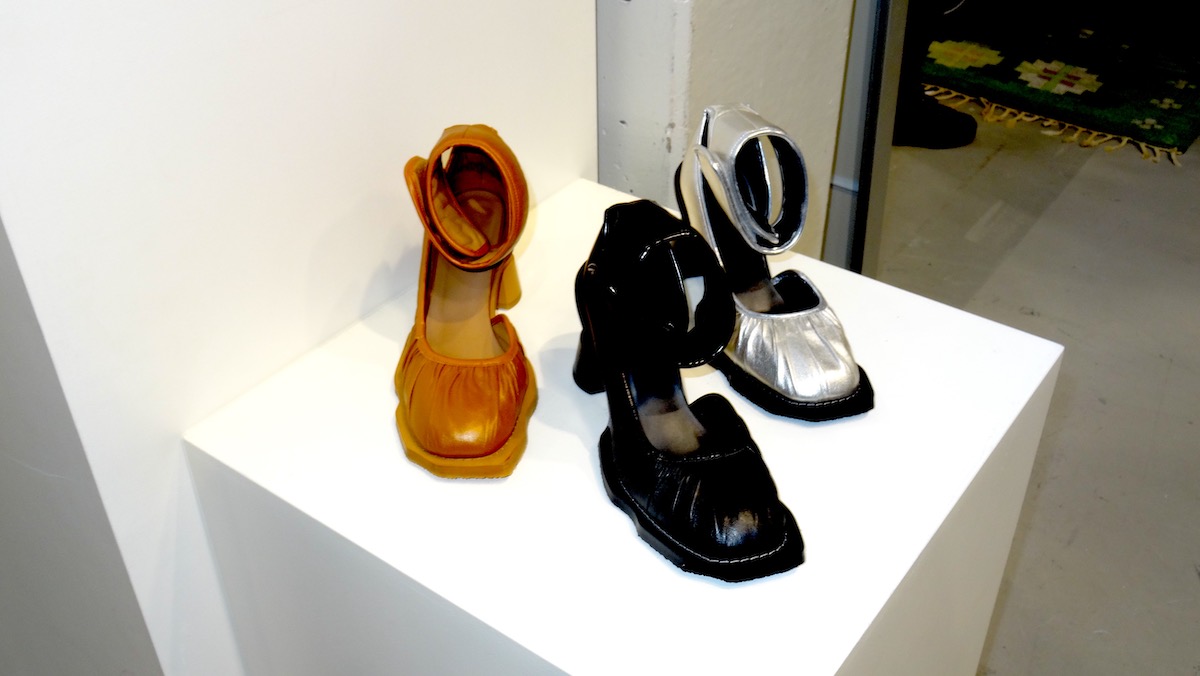
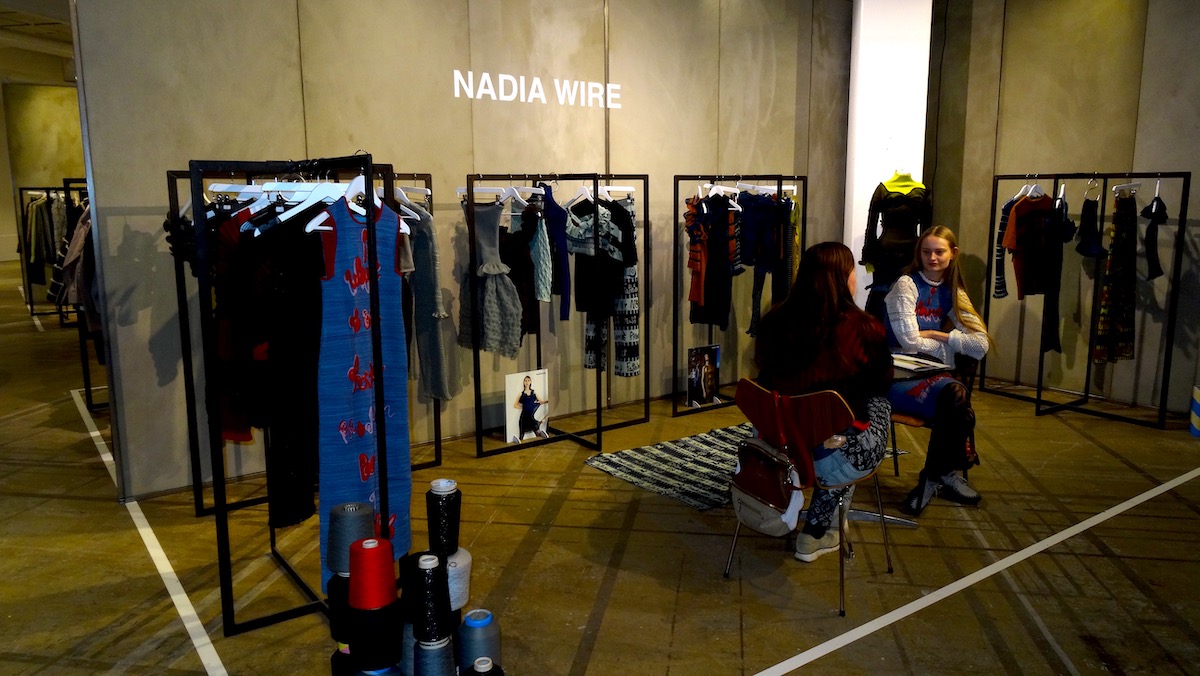
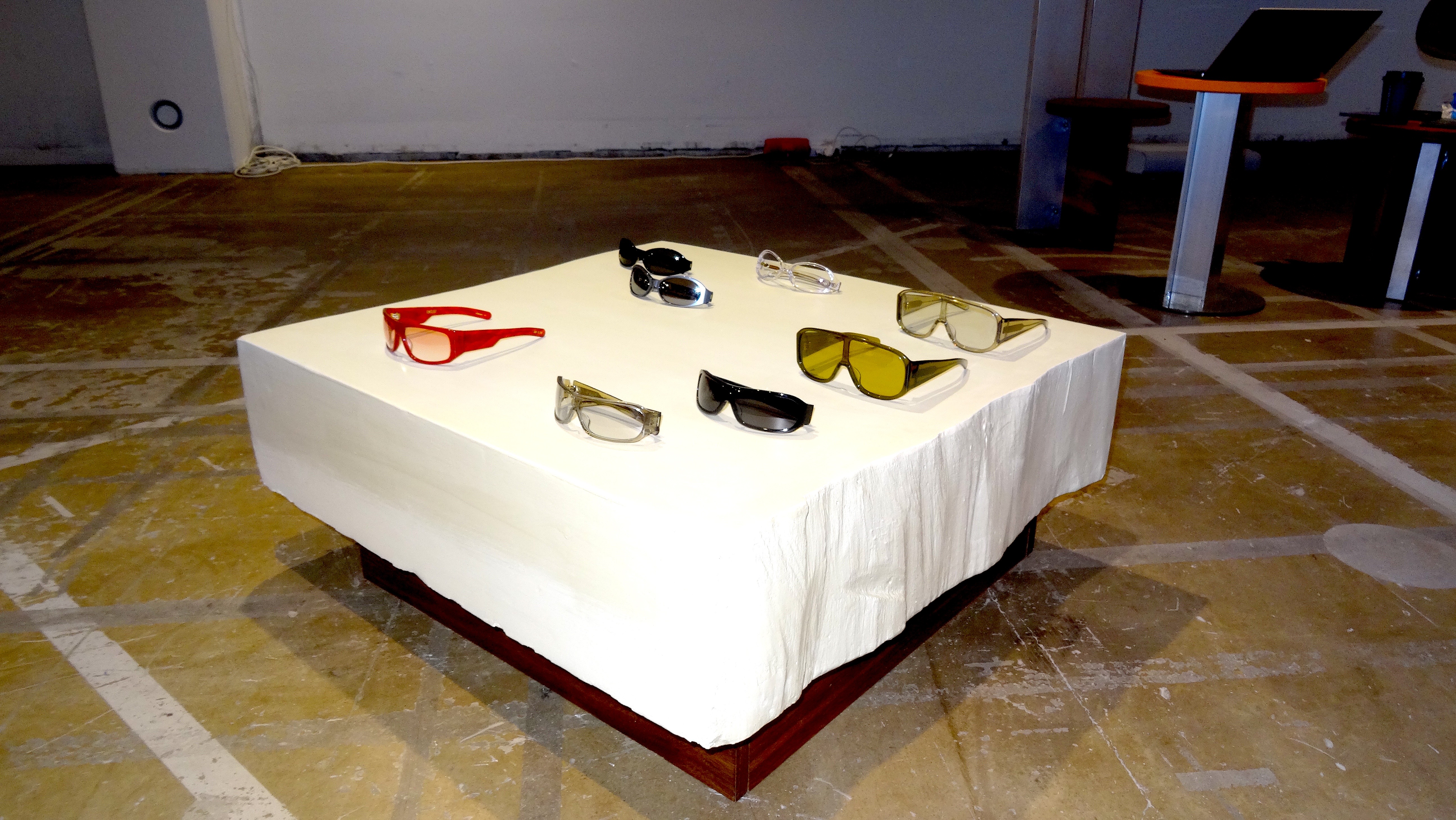
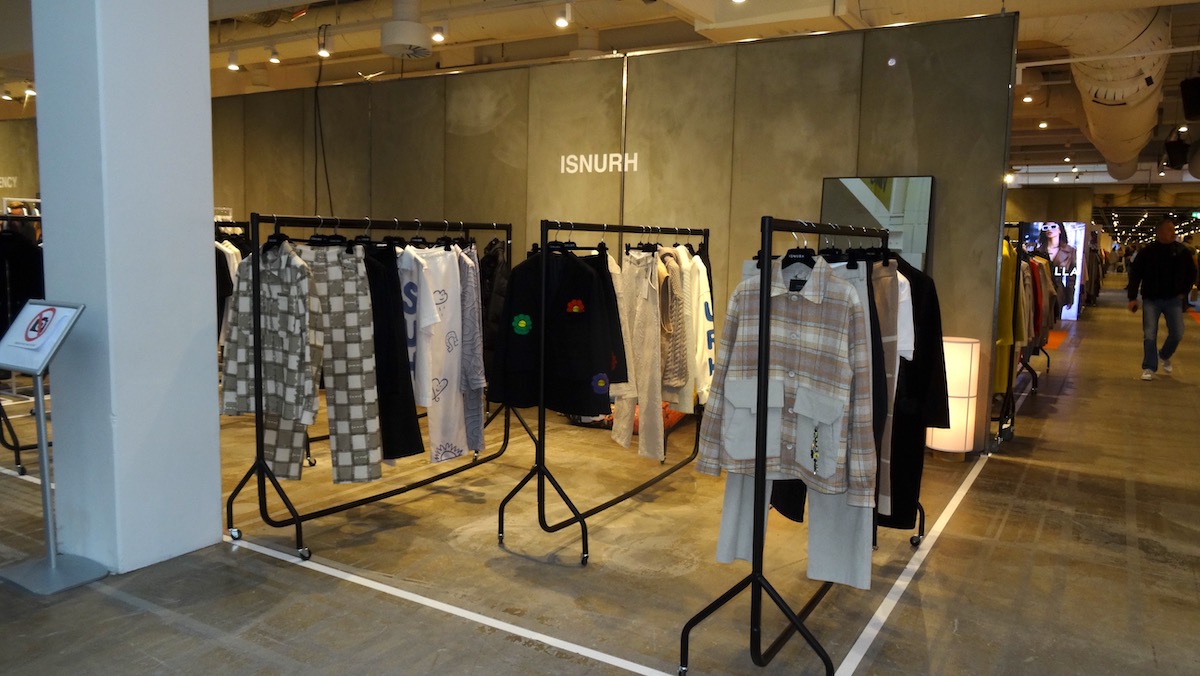
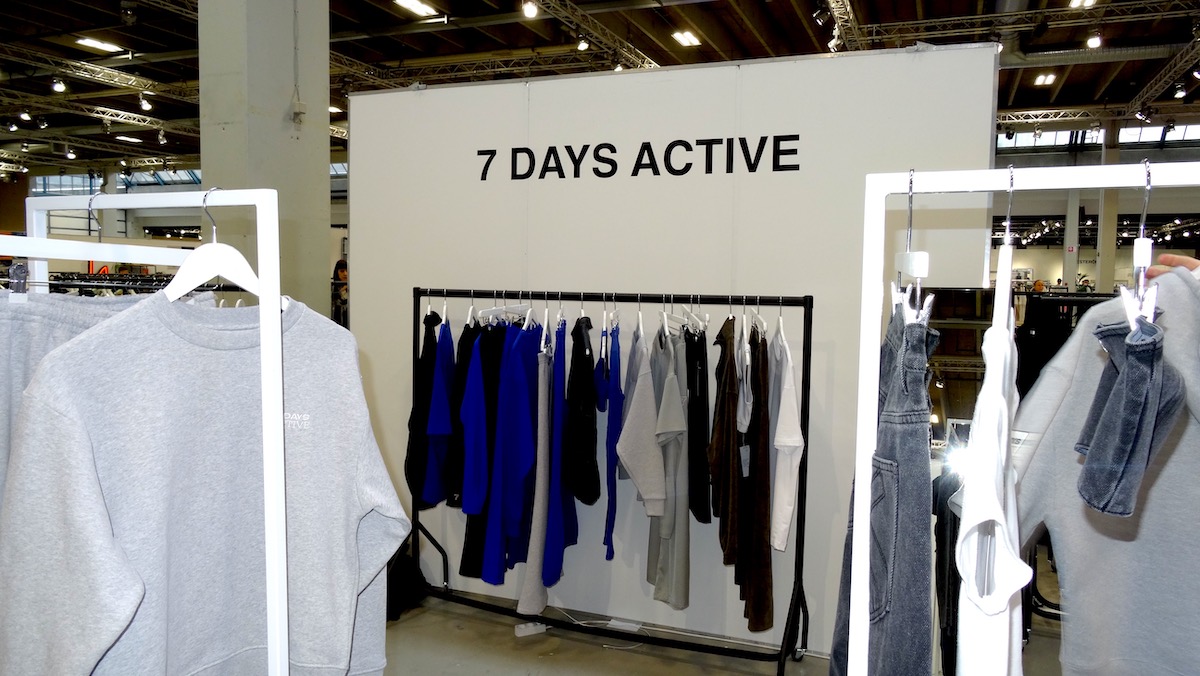

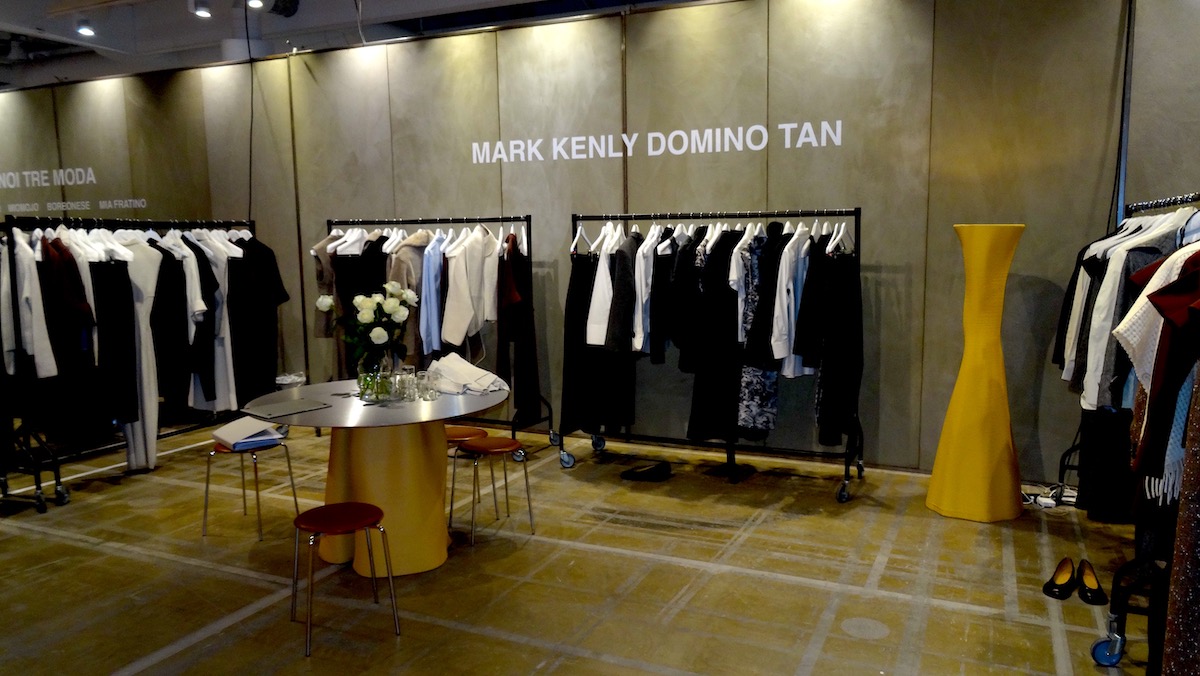
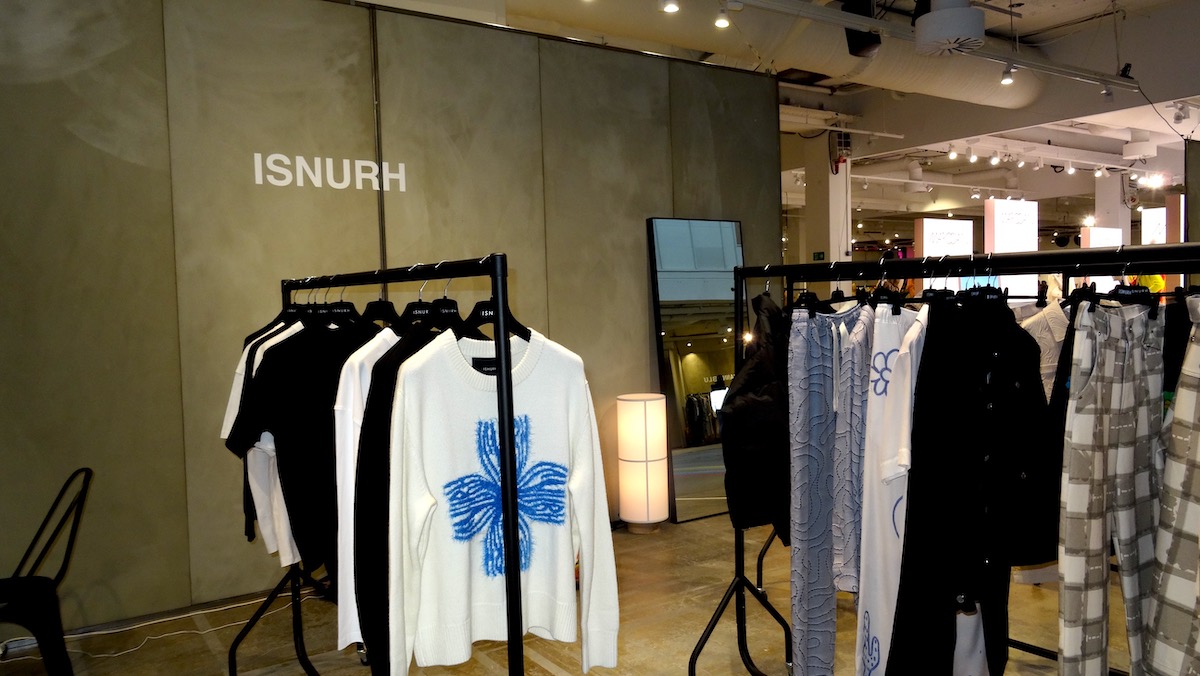
CIFF's allure is its ability to offer an eclectic mix of experiences that all converge on the future of fashion. It touches on sustainability without being preachy, on technology without being inaccessible, and on art without being esoteric. It balances the fine line between an industry event and a cultural festival, where the lines often blur in the most beautiful ways. CIFF ingeniously stitches together everyone — from emerging talent to seasoned pros, anddomestic names to international players — all under the umbrella of Bellagroup's expansive industry influence. Since 1993, the fair has embraced its pivotal role in the fashion calendar, drawing over half a million visitors and hosting 10,000 exhibitors, reinforcing its status as a premiere global fashion hub. With a reach like this, it makes sense why CIFF’s narrative is one of unity and collaboration.
In an industry so notoriously “look but don’t touch,” CIFF encourages viewer particiation, giving people the opportunity to curate a slice of the fashion frontier for themselves. It’s a scene set for discovery and connection, catering to everyone from the up-and-coming designer to the seasoned buyer with an eye for what’s next. It's where conversations that start as professional dialogues organically transition into resilient partnerships and friendships.Perhaps the most invigorating aspect of CIFF is the palpable sense of community. It's an event that embodies the Scandinavian spirit, balancing a cozy atmosphere with a progressive mindset focused on inclusivity.
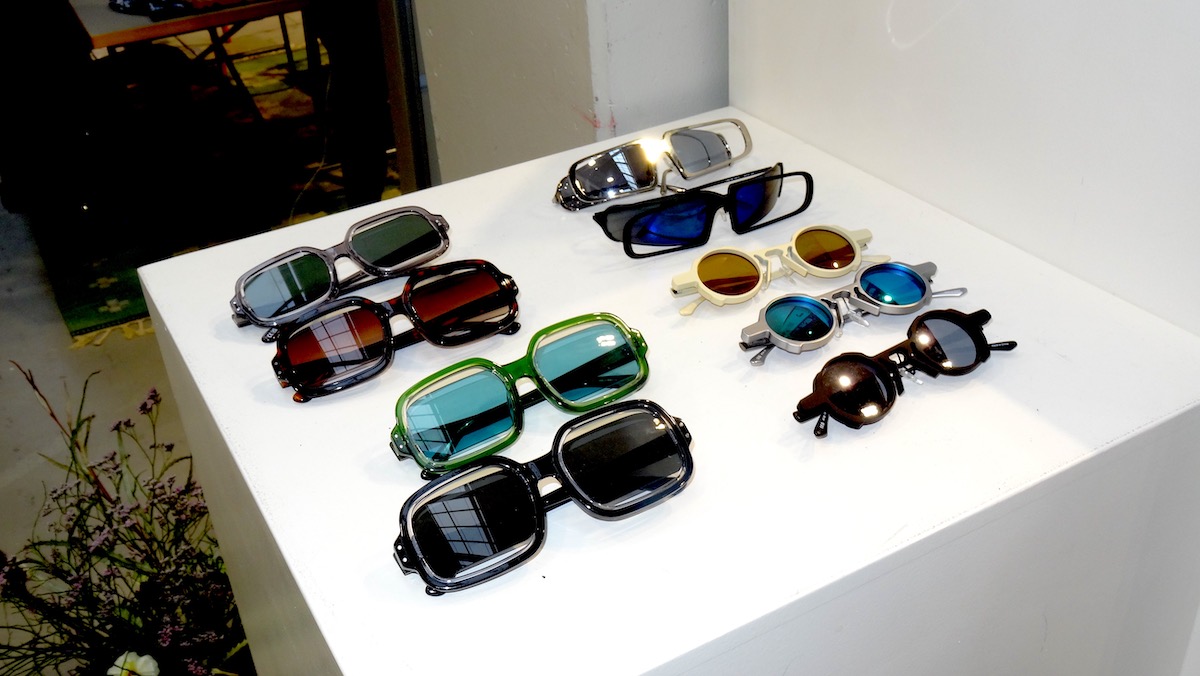
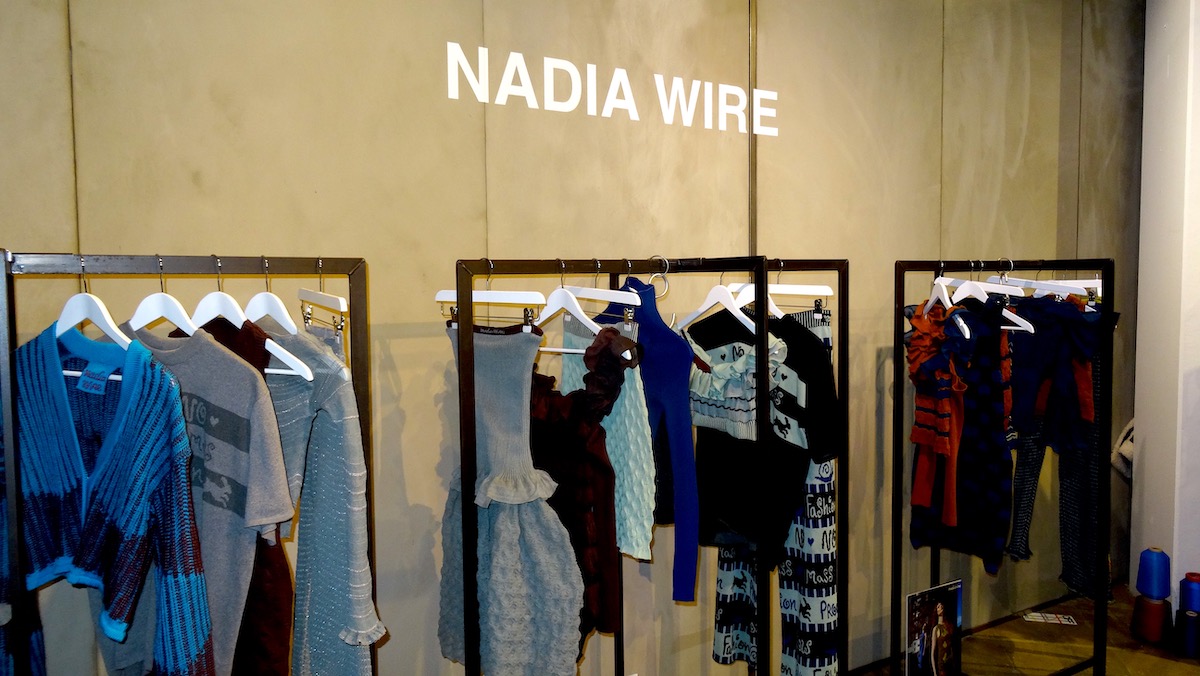
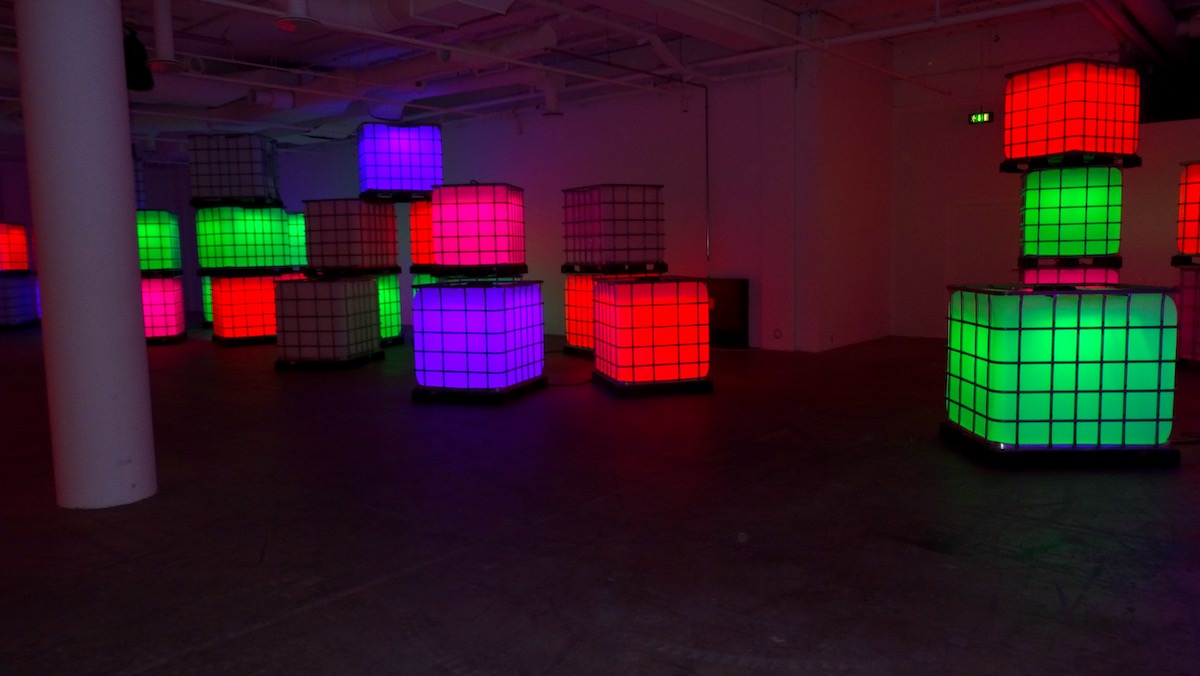
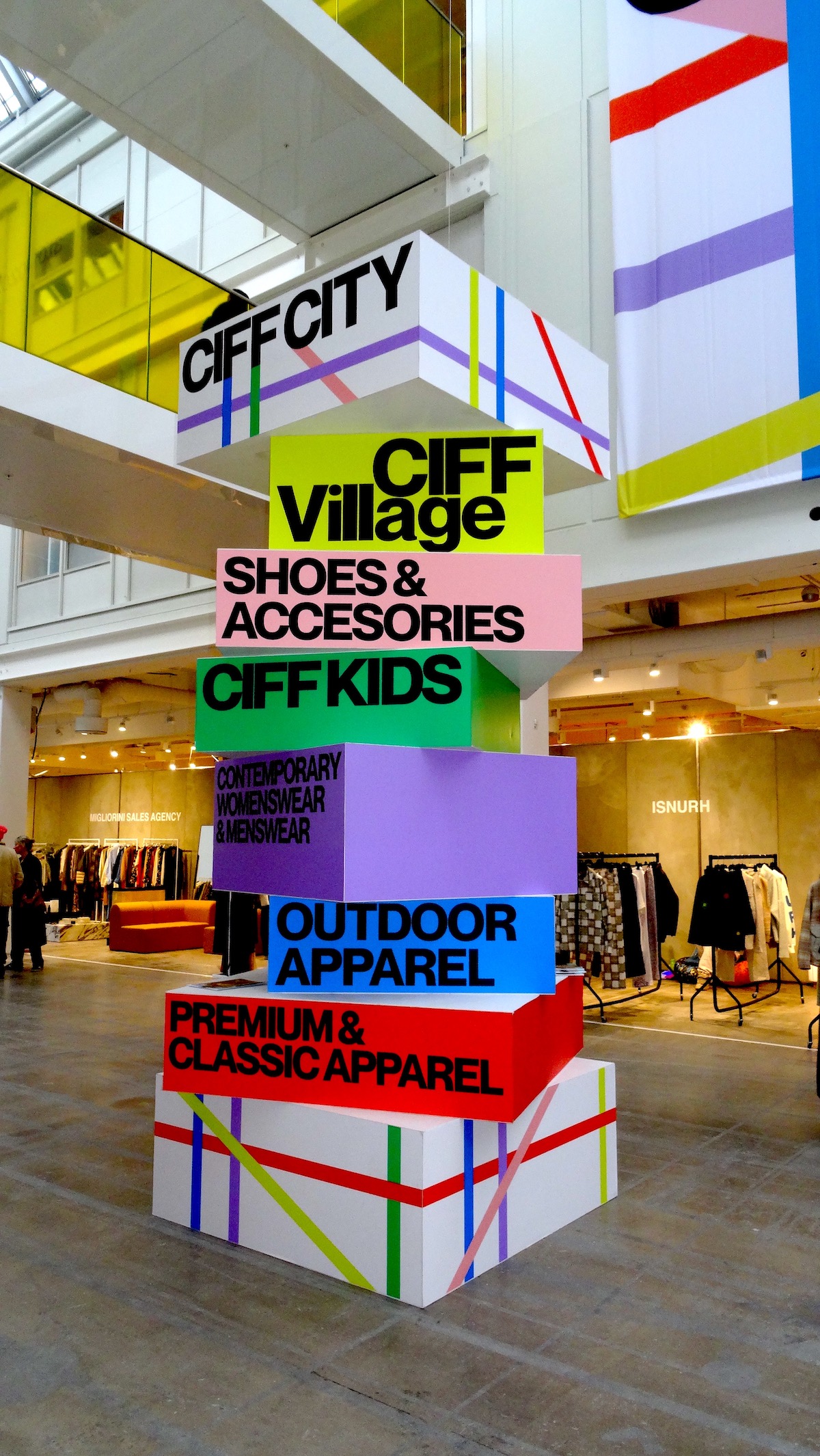
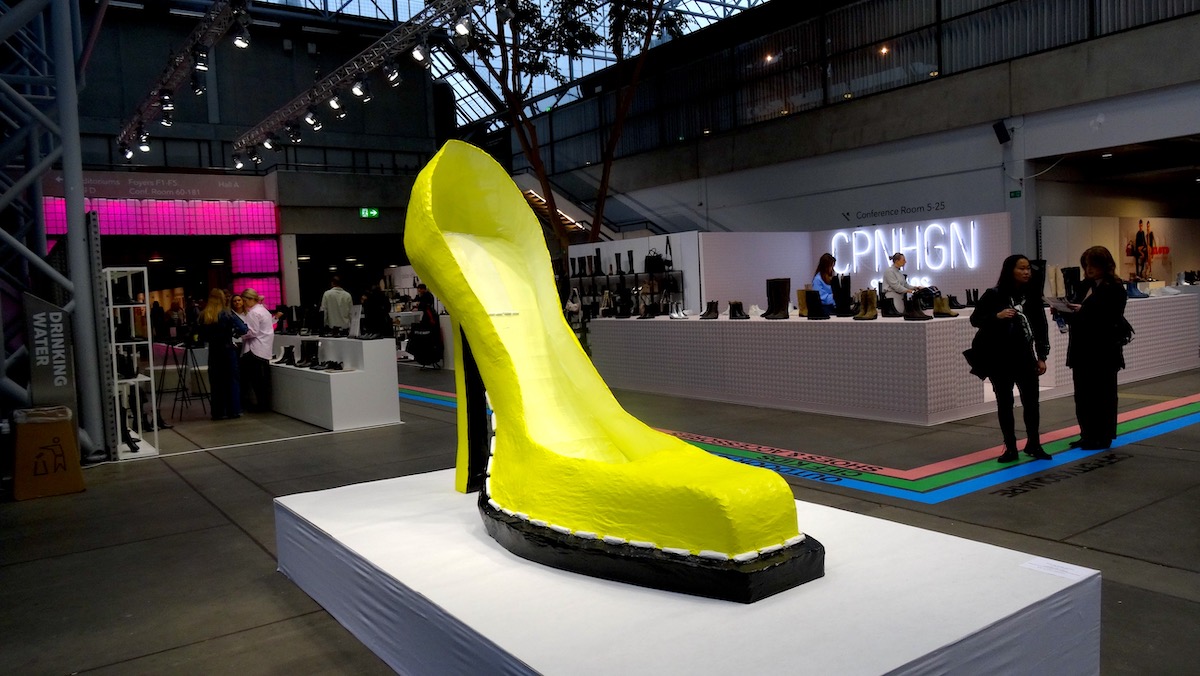
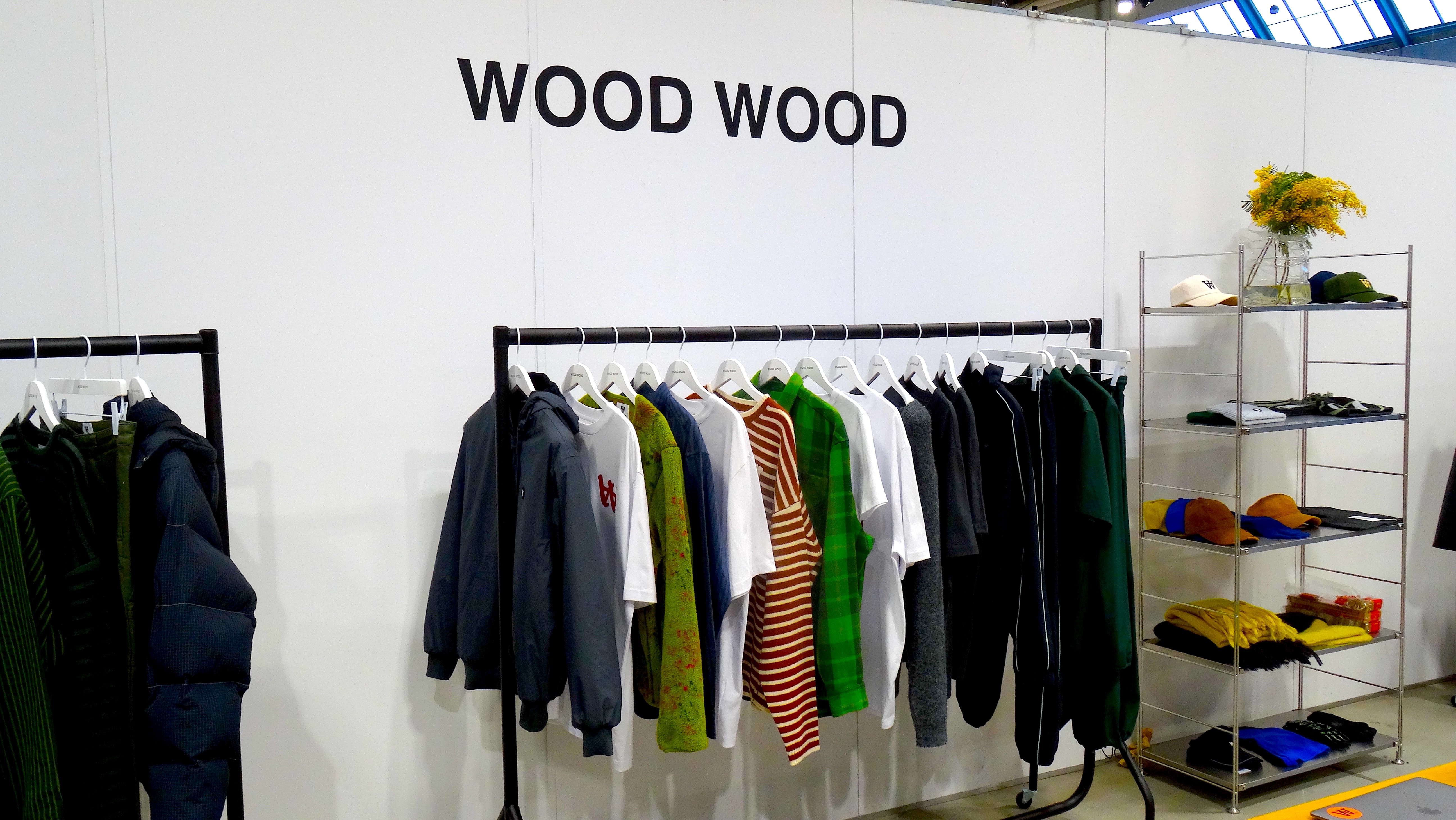
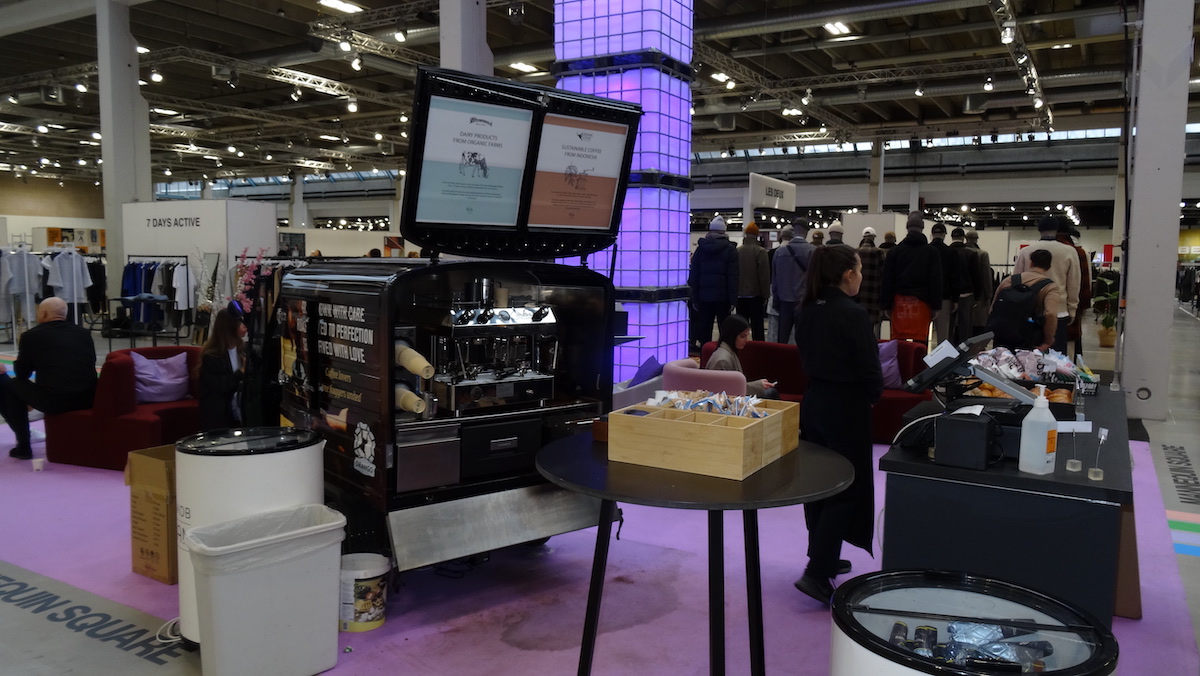
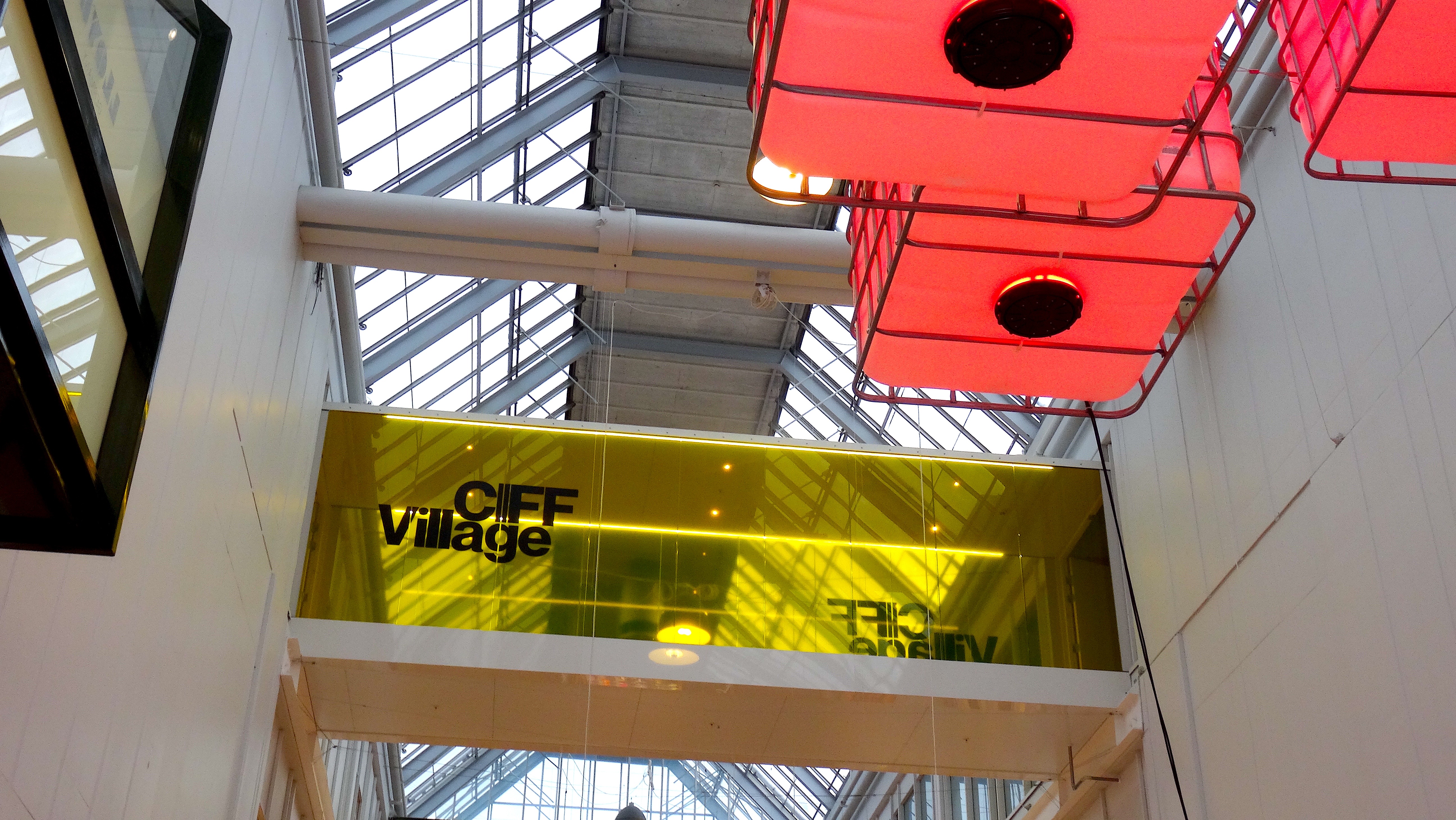
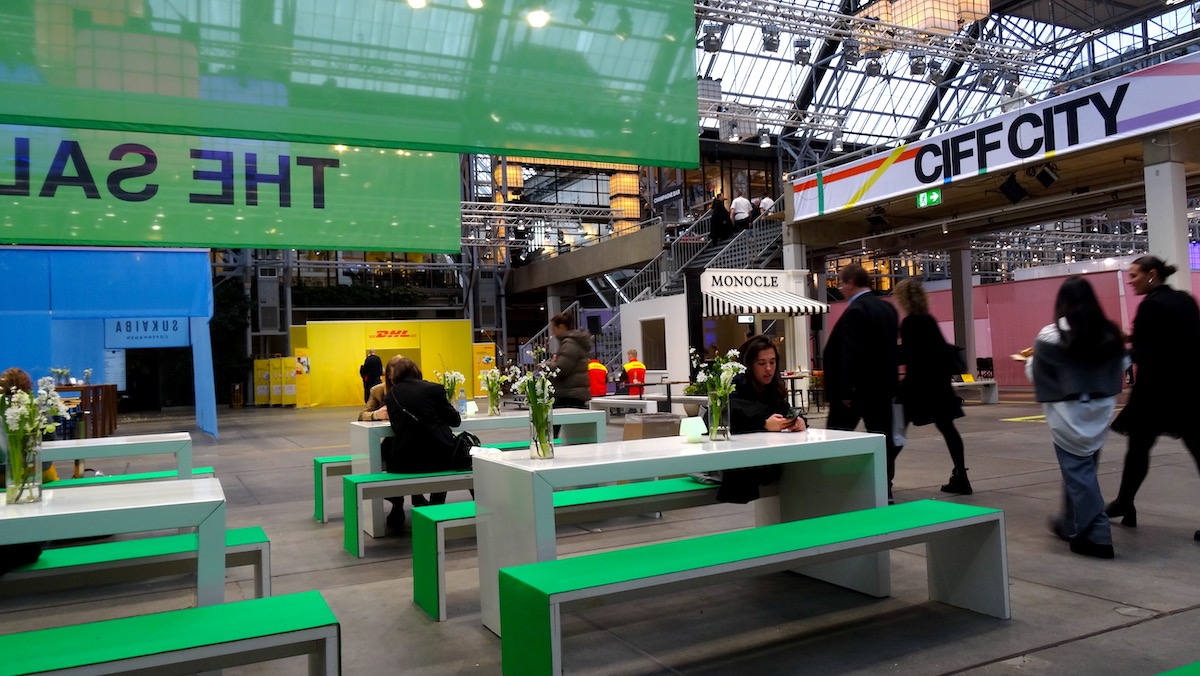
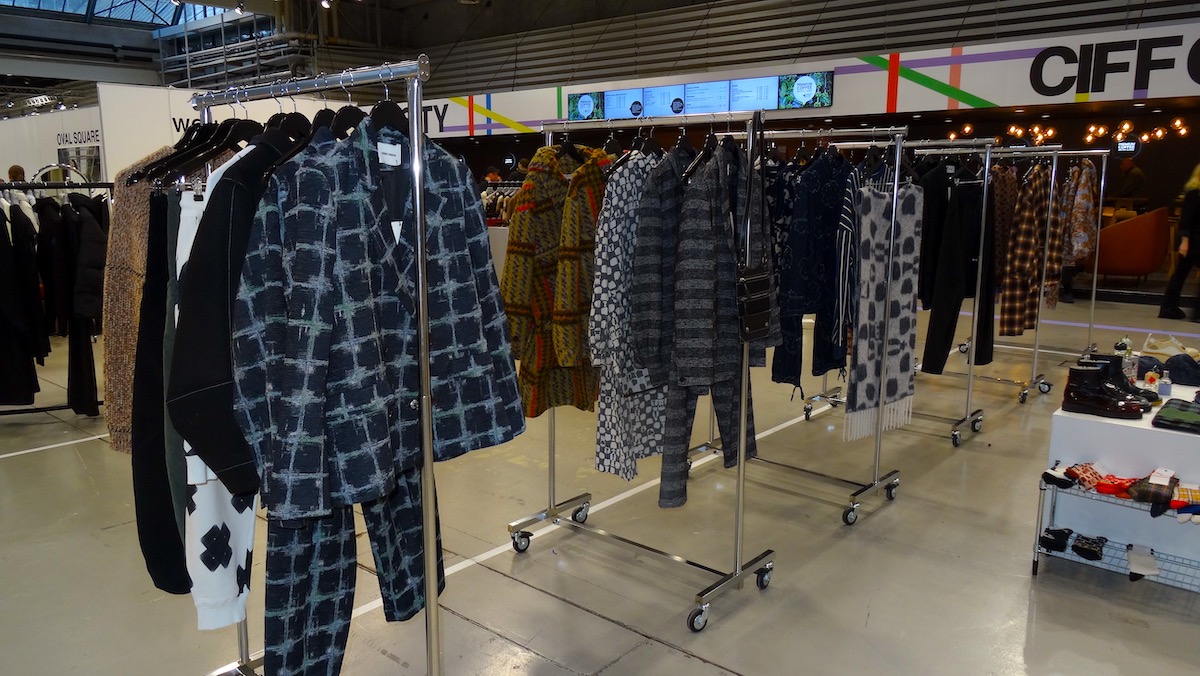
As we wrap up the reflections on this year’s CIFF, we eagerly anticipate the next edition. The fair promises to be more than a prism through which we view the novelties of design. It beckons as a gathering ground for a community united by an appreciation for the aesthetics of simplicity.
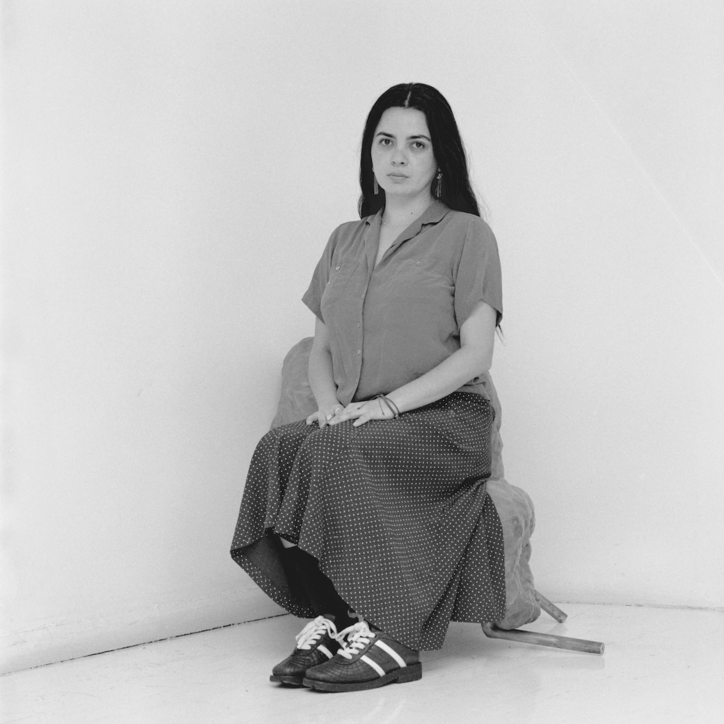

Crafting the CRUDA Cecilia shoe
CRUDA’s shoes (and now handbags) are crafted quite literally with intention, sourced almost entirely from repurposed materials. “Everything I do is guided by a desire to transform what already exists, to give life to something previously disgraced, to decontextualize what for some was ‘garbage’,” shares the designer.
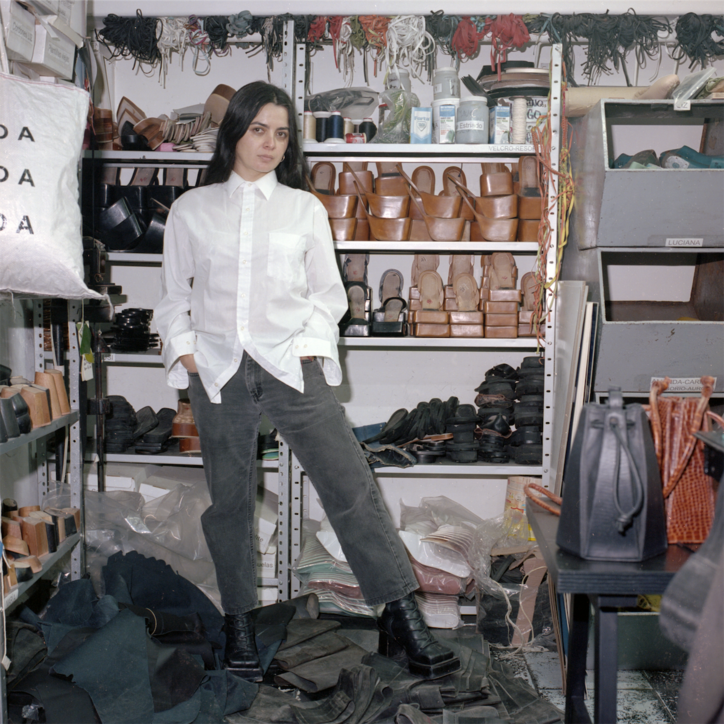
Pamela in her workshop
And “upcycling” isn’t always a sexy word, but for Pamela, it’s a thing of beauty; in her pieces, raw and rough material is given new life. Old leather, wood from demolished buildings, and thrown away furniture are transformed by hand into towering platform boots or slingback heels adorned with oversized bows.
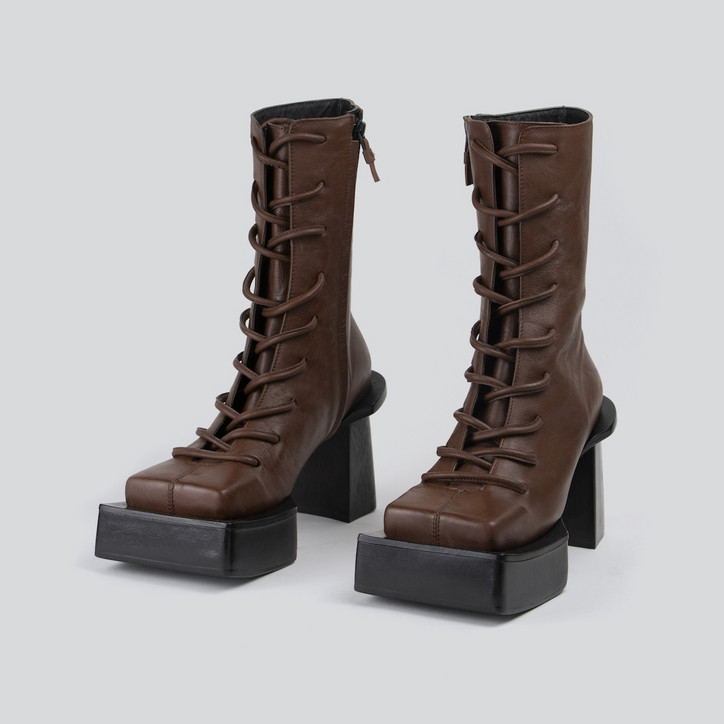
The CRUDA Carmen Boot
“Cruda” begins to mean something particular upon the recounting of Pamela’s story. Not raw as in “unfinished”, or raw as in “rough”, but raw as in “pure”: a lack of cover or divide between process and final form. Process is the uniting theme throughout the designer’s work, which originally began with a career as an artist. “I had a real crisis when I turned 30,” she confesses. Having finished a residency with the ministry of foreign affairs of Mexico, she returned to Costa Rica — “and things went from being ideal to being less than ideal.”
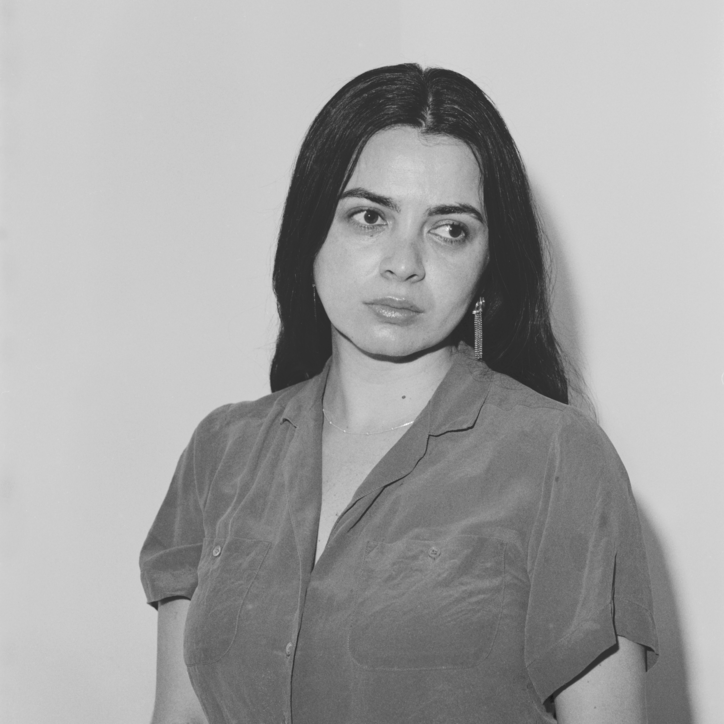
“I found myself with no home, no money, without direction and with the realization that my work as an artist was still very young, and there was no real prospect that it could provide the financial stability I needed. I really hit a low point … [and I made] a list of things I thought could really make me happy.”
On that list? “Making shoes.” An ambitious project for someone who, up until that point, had spent nearly the past decade making video and installation art and working for a furniture brand. “I began traveling on my time off, during weekends mostly, to Masaya, Nicaragua. There I visited many workshops and learned from masters of wood and leather about the craft of shoemaking.”
“The first shoes I made were there, and that was the beginning of CRUDA.”
Today, CRUDA is becoming a household name in Mexico City and beyond.The brand’s shoes balance self-awareness with anachronism, incorporating details that speak to the zeitgeist while dodging the pigeonhole of trend. For Pamela, process and materiality go hand-in-hand: “My processes always resemble each other: I make little models out of clay or plasticine and go from there. In a sense I don’t control the design so much: the materials themselves determine how a shoe, a bag, chair (or whatever) will turn out. I start with an idea and then confirm with the materials whether or not it’s possible.”

This sensibility allows the brand to seamlessly incorporate sustainability into pieces that feel relevant and new: the Samuel bag is crafted from airplane tire rubber, while the Montero shoe combines a sportiness reminiscent of the ubiquitous Samba with a dress shoe sole, made with recycled materials from top to bottom.
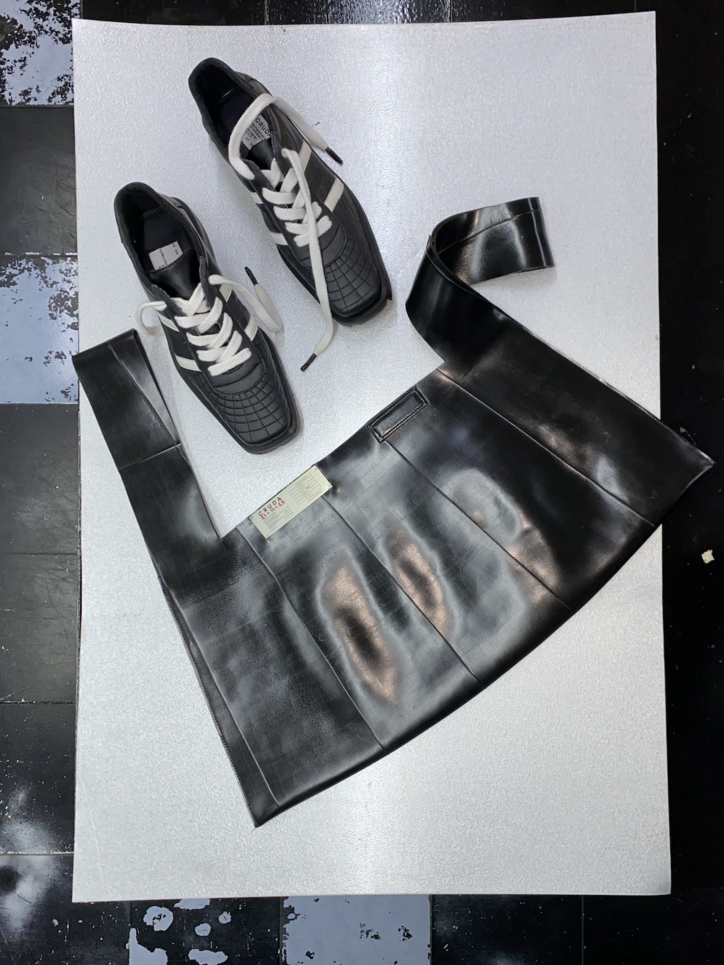
The Montero Shoe and Samuel Bag
“What inspires me is my surroundings: the people life has placed in my path, my coming and going from here to there, individuals in my immediate world who create, exhibit, move, open and close things,” shares Pamela. “I am inspired by what is close to me, what is near me because we coexist in the same space.”
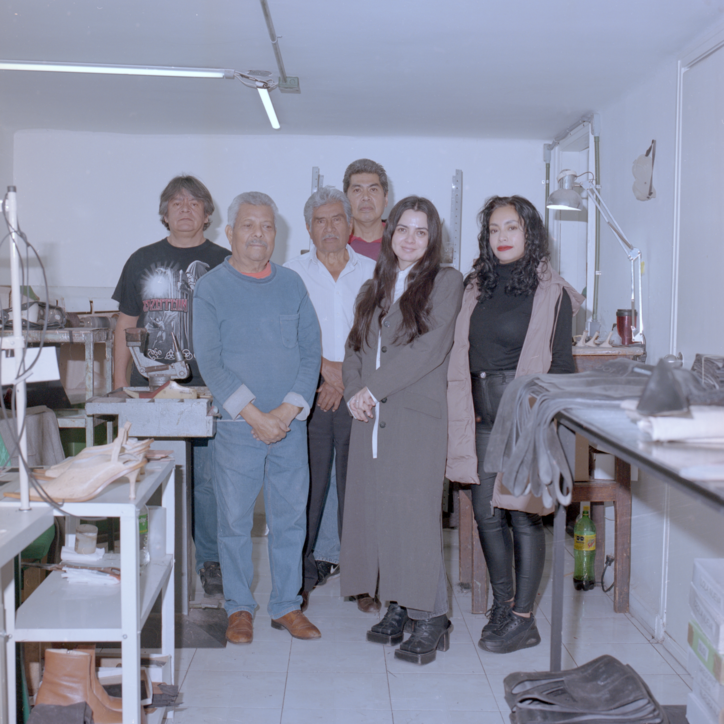
Pamela and her team
Examining the playfulness of the brand’s shoes and bags, it’s easy to see how clothing might be the natural next step. While that’s not off the table, Pamela remains open to all. “In a way I want to return to some of my past practices, like my artistic practice. Also, in the last year, I have been returning to making furniture — for example with a project of chairs that I have produced, using materials like clay and canvas. I plan to continue on that path and see where it takes me. [With] CRUDA specifically, I am in the process of producing a collection of clothing… which hopefully you will see soon.”
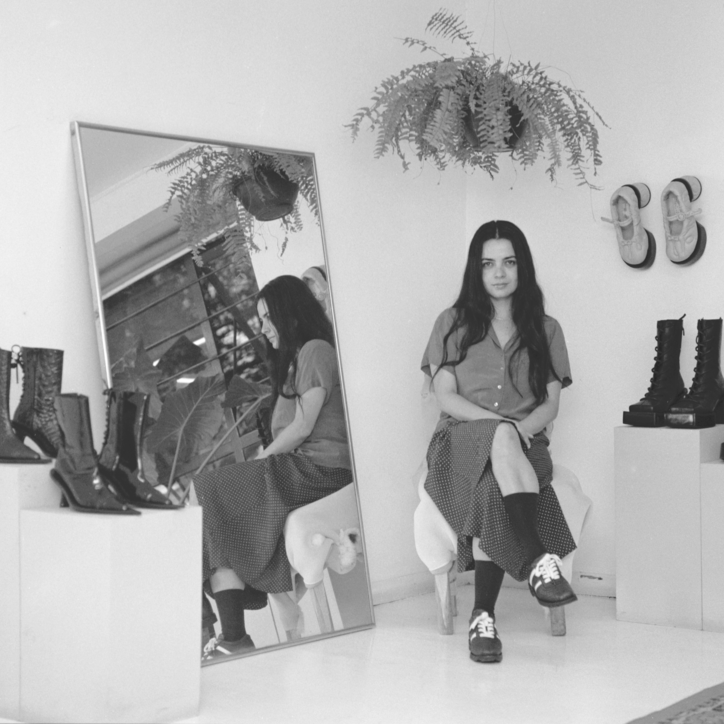
For CRUDA, the future's open wide, but the center of it all remains the process itself. “My process remains identical. And honestly, that makes me happy. I have grown in other ways, but I remain true to my process.”
“It’s a process where there is no order, no technical or academic design planning. It has entirely to do with how things feel, and how we flow — it’s very much a product of my surroundings, the people I meet, the places I go.”
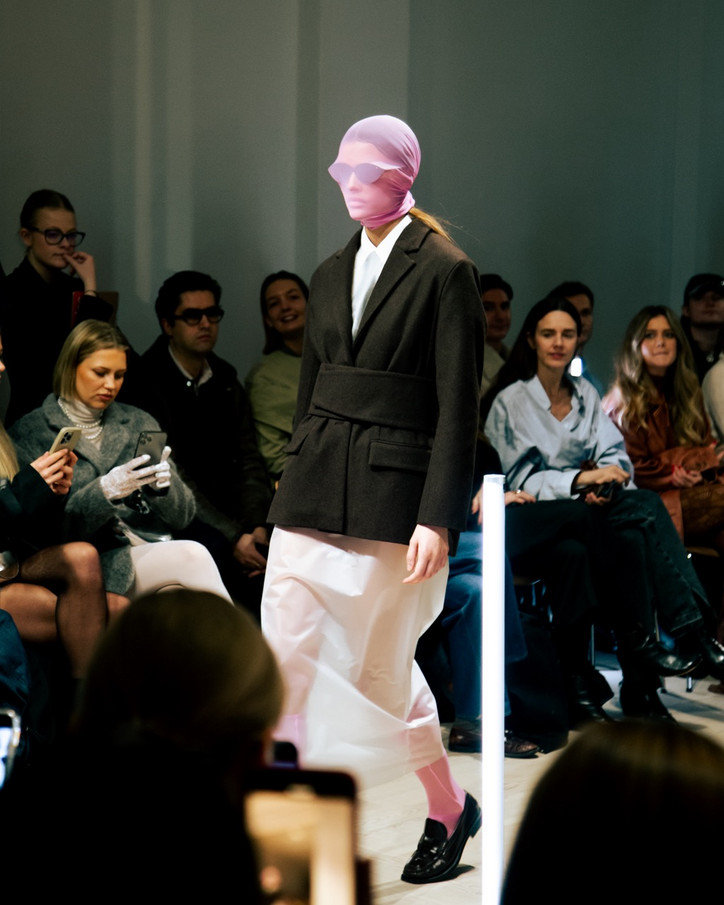
Boasted as Danish fashion’s star child, FORZA COLLECTIVE’s Creative Director Kristoffer Kongshaug continues to push the envelope on Scandinavian minimalism, offering a refreshing take with what he calls “utilitarian couture.” His first capsule, rendered entirely in nylon, introduced us to the brand’s enigmatic DNA and for Autumn Winter 2024, he only took that further, maintaining the signature sharp cuts and daring pops of color that we’ve come to love from the brand while delving into new materials and playfully experimenting with transparency. Models strutted down the catwalk to a funky 90s Detroit house soundtrack, which was fitting for a collection that felt like a tribute to the era.

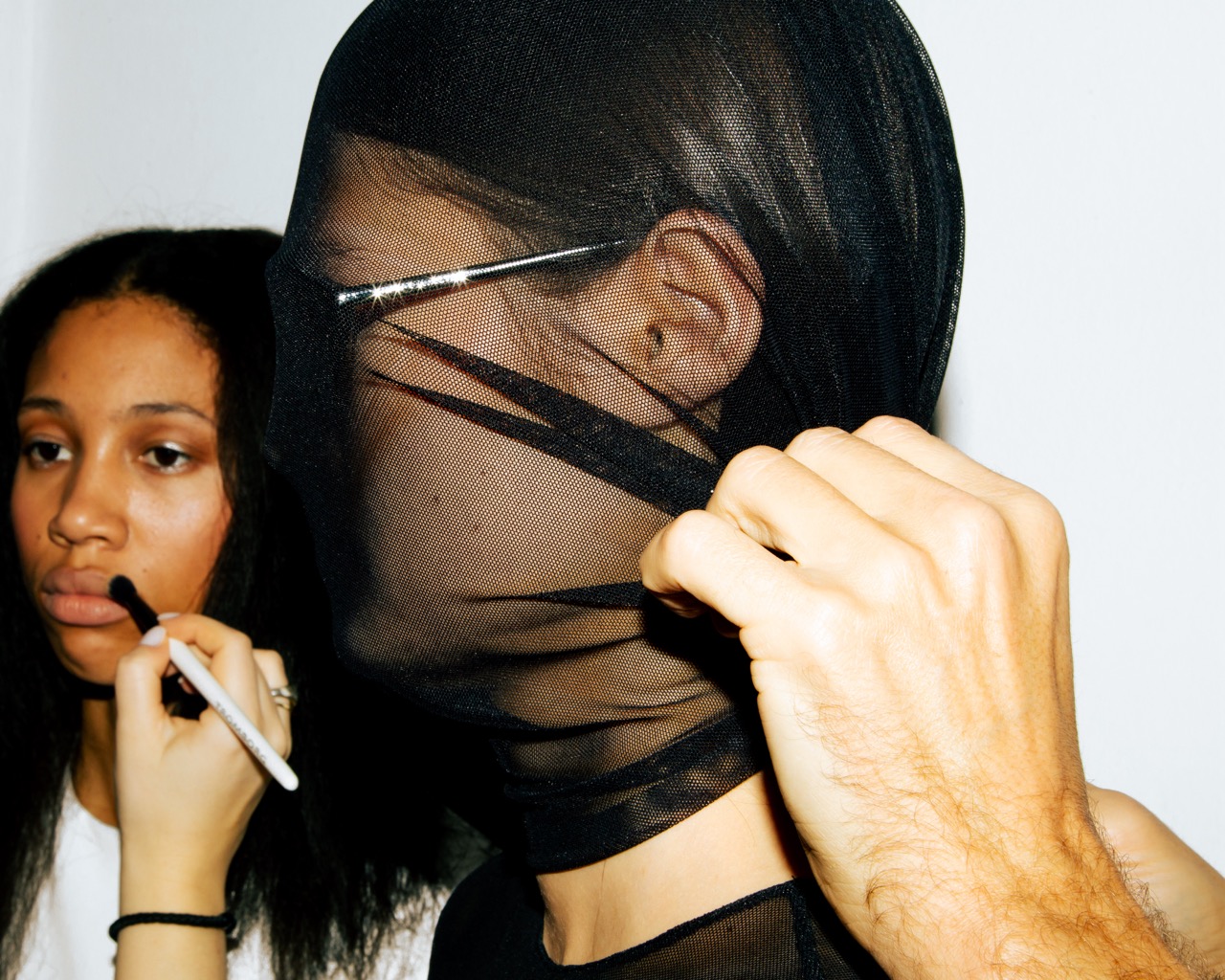

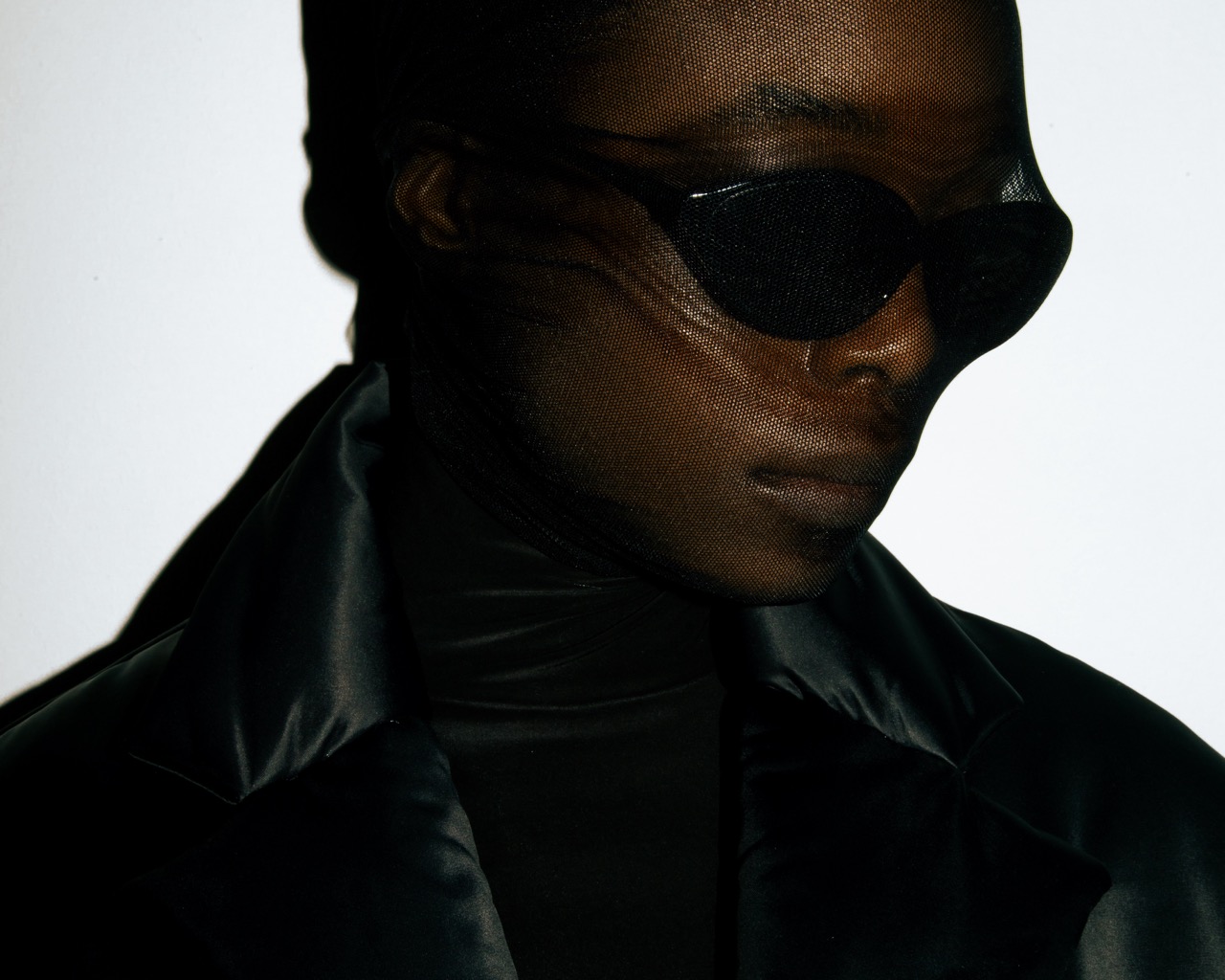
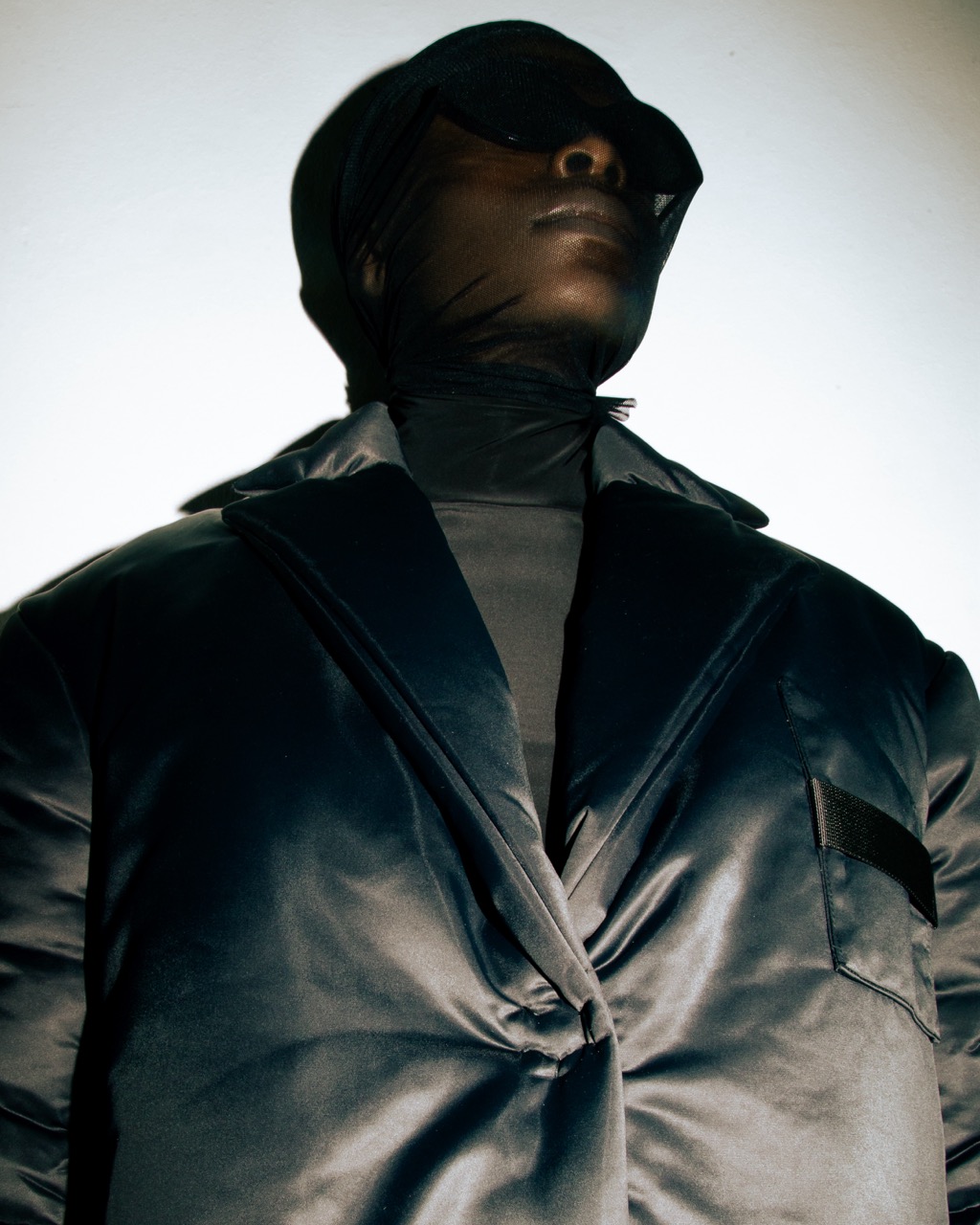
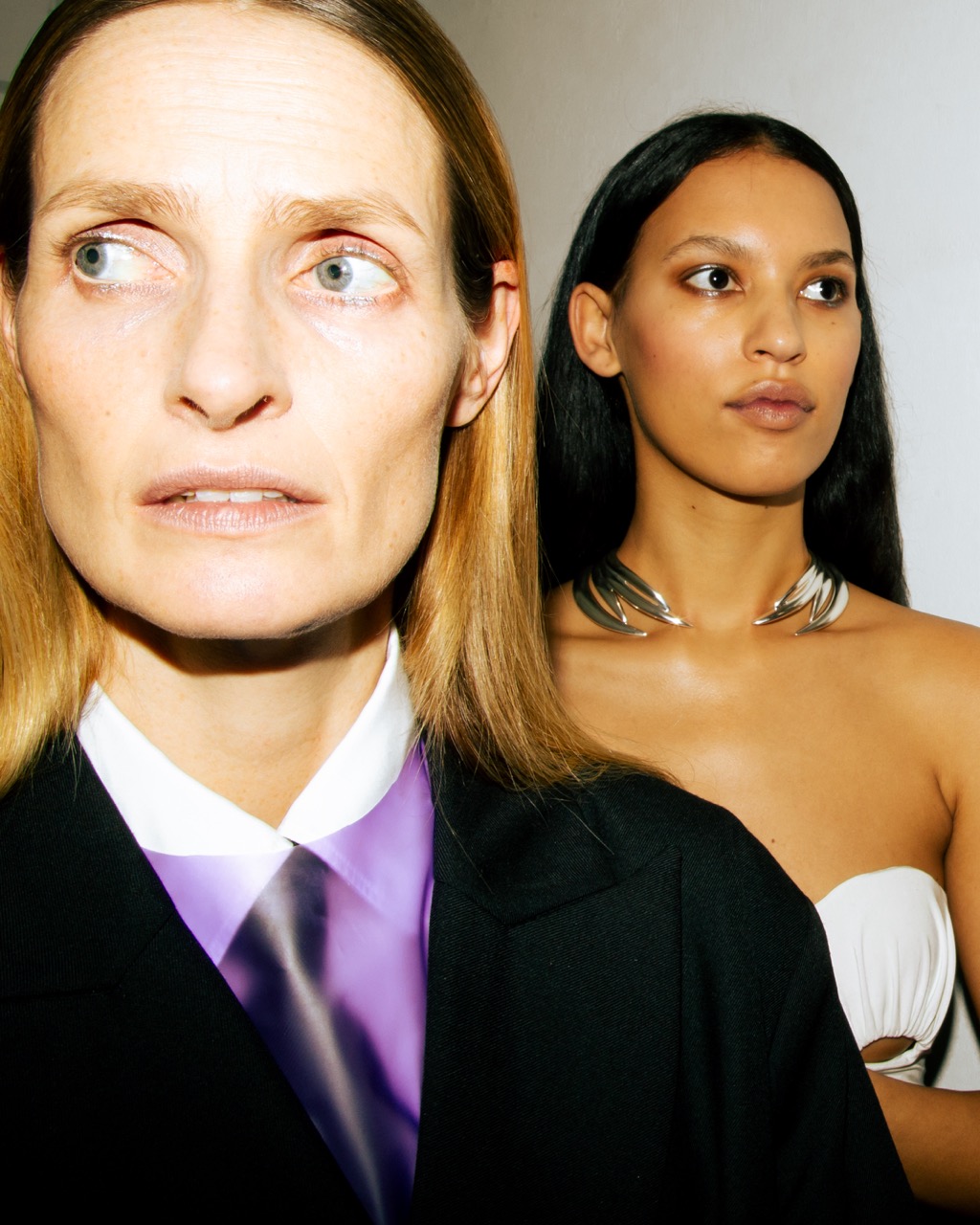
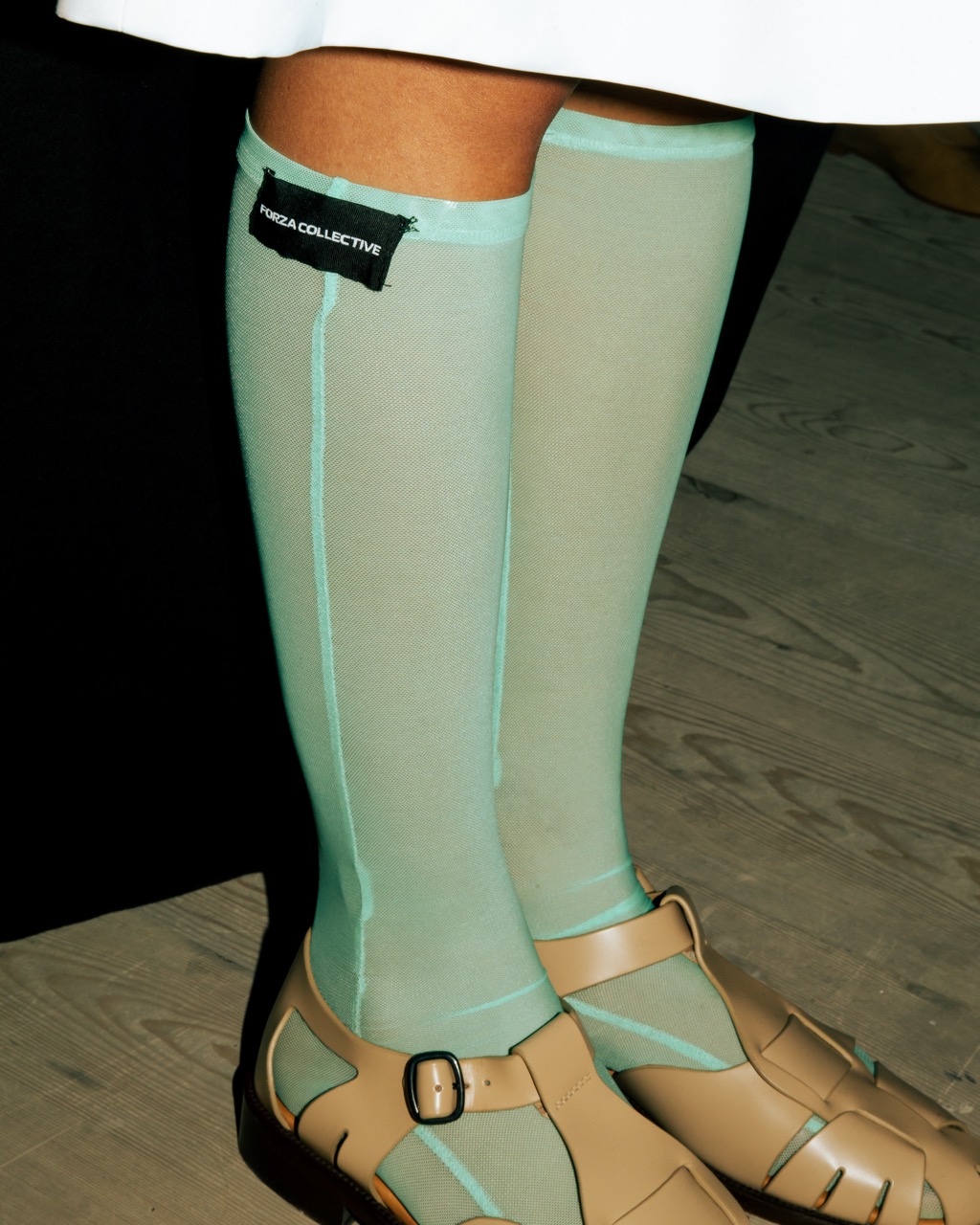
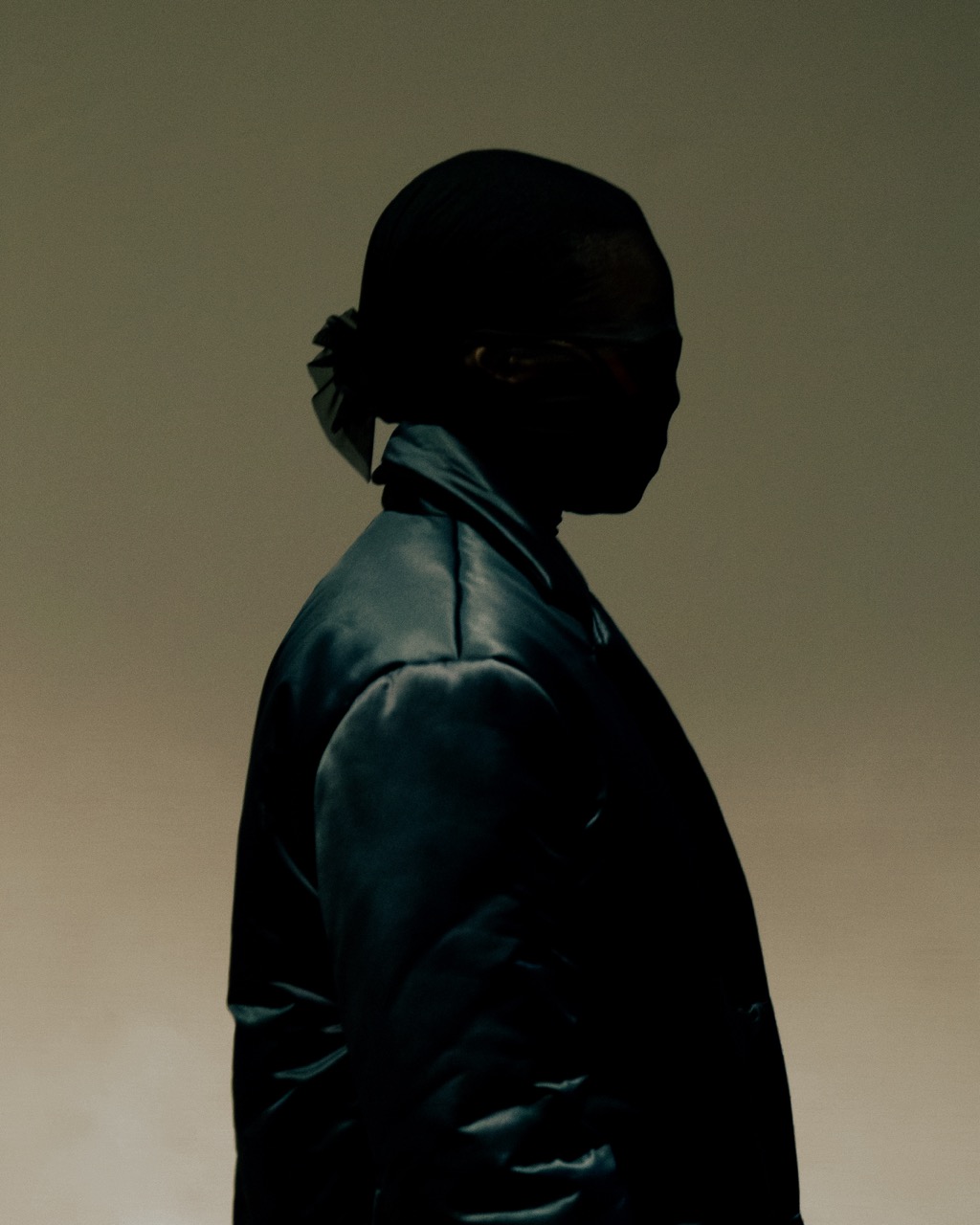
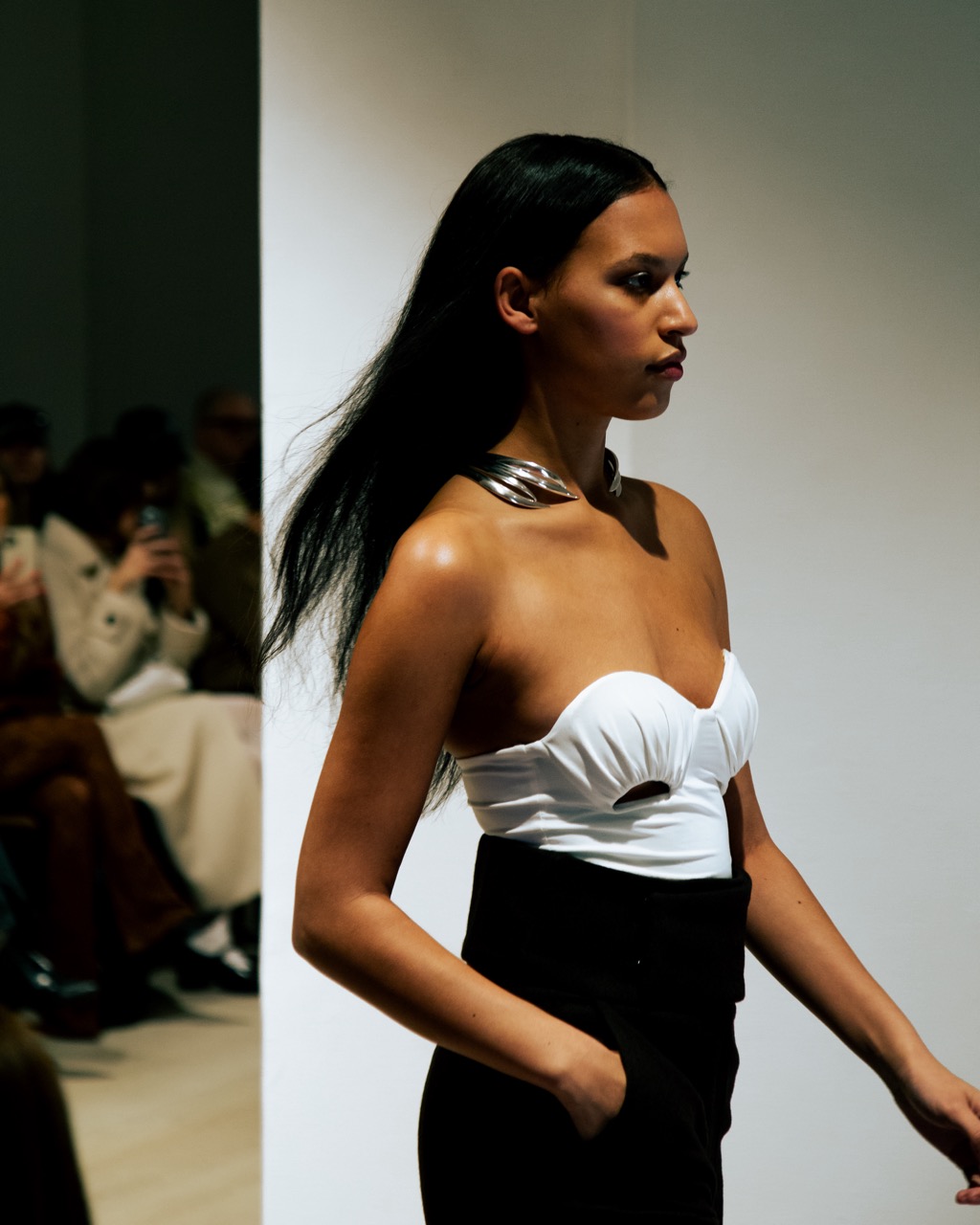
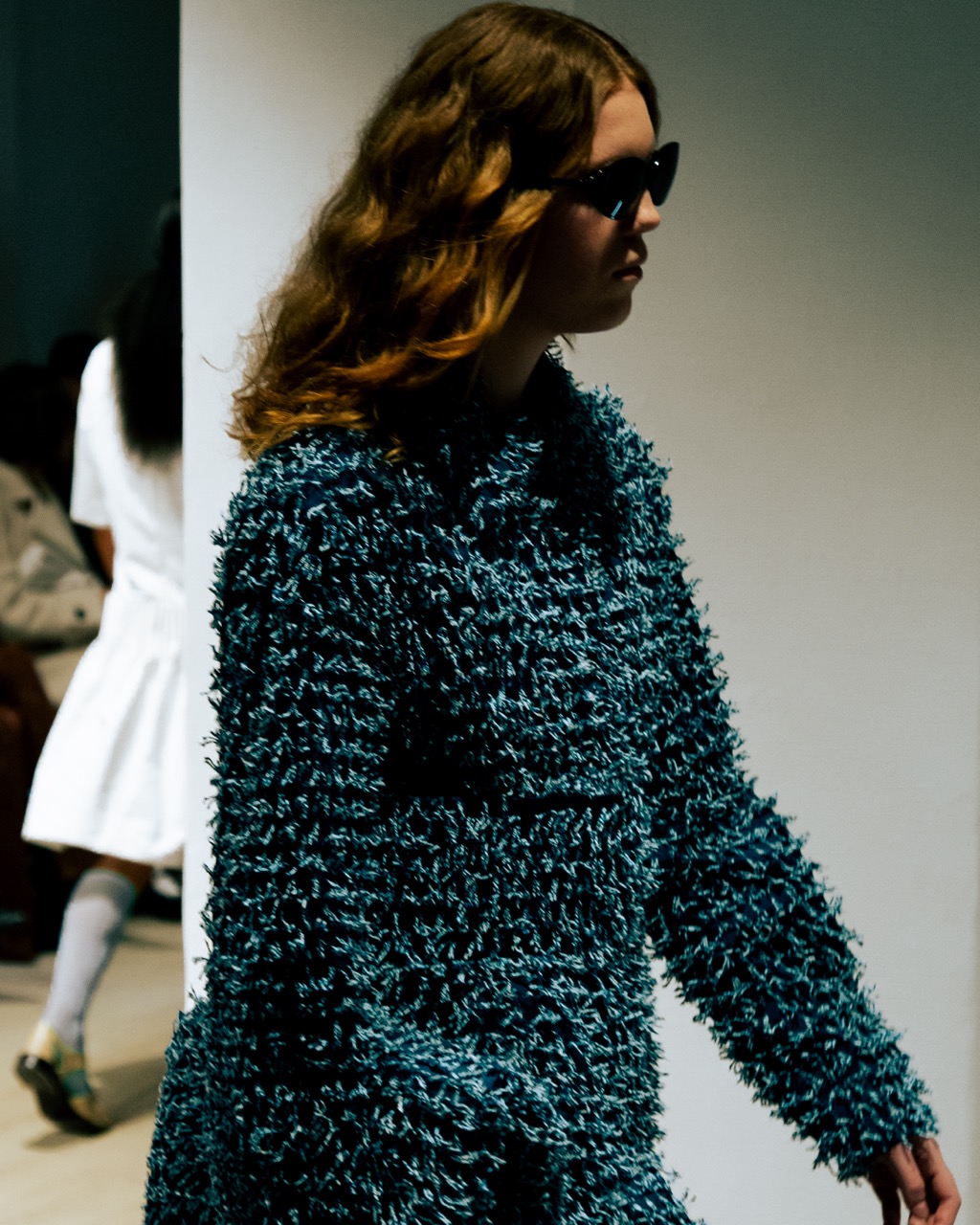
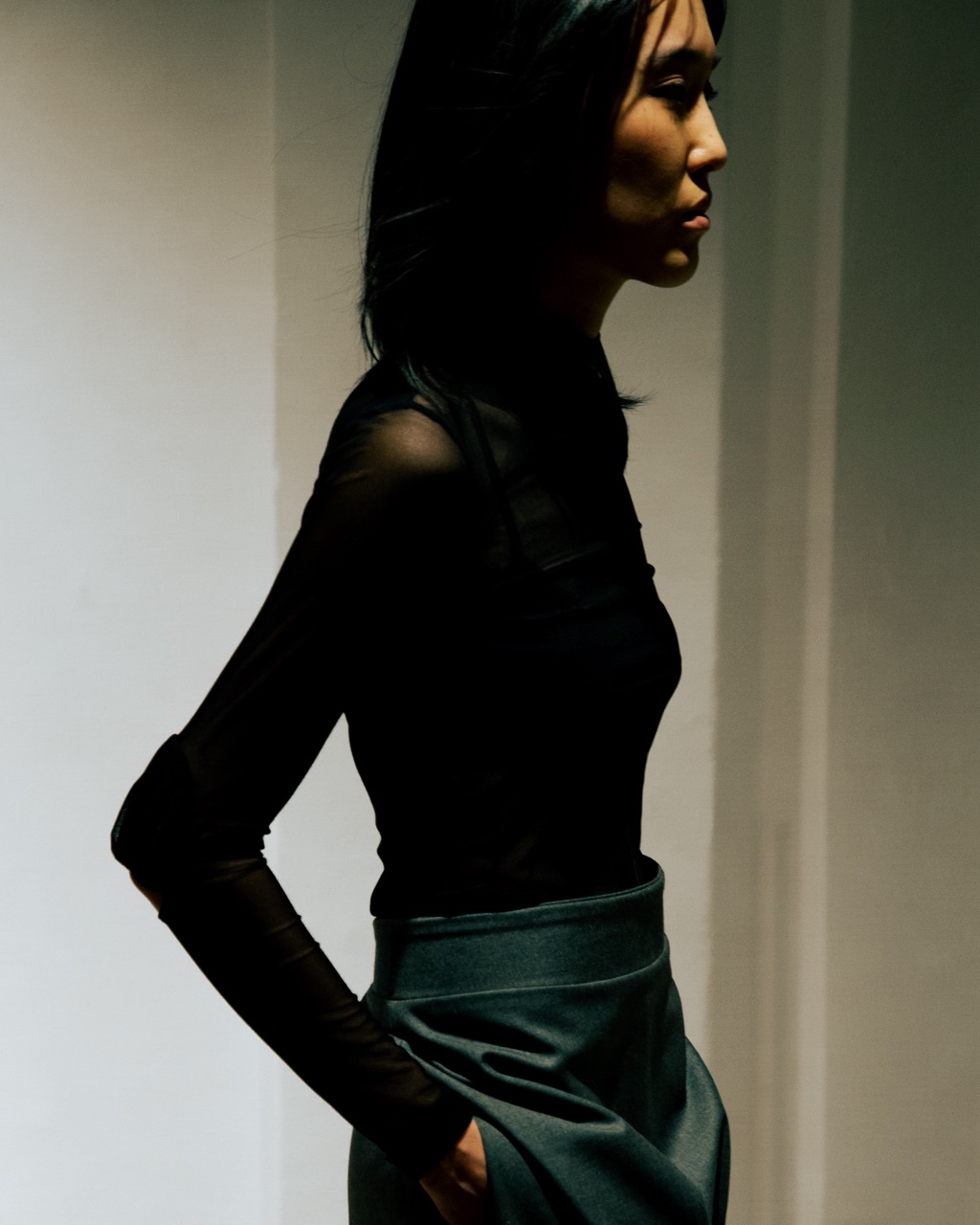
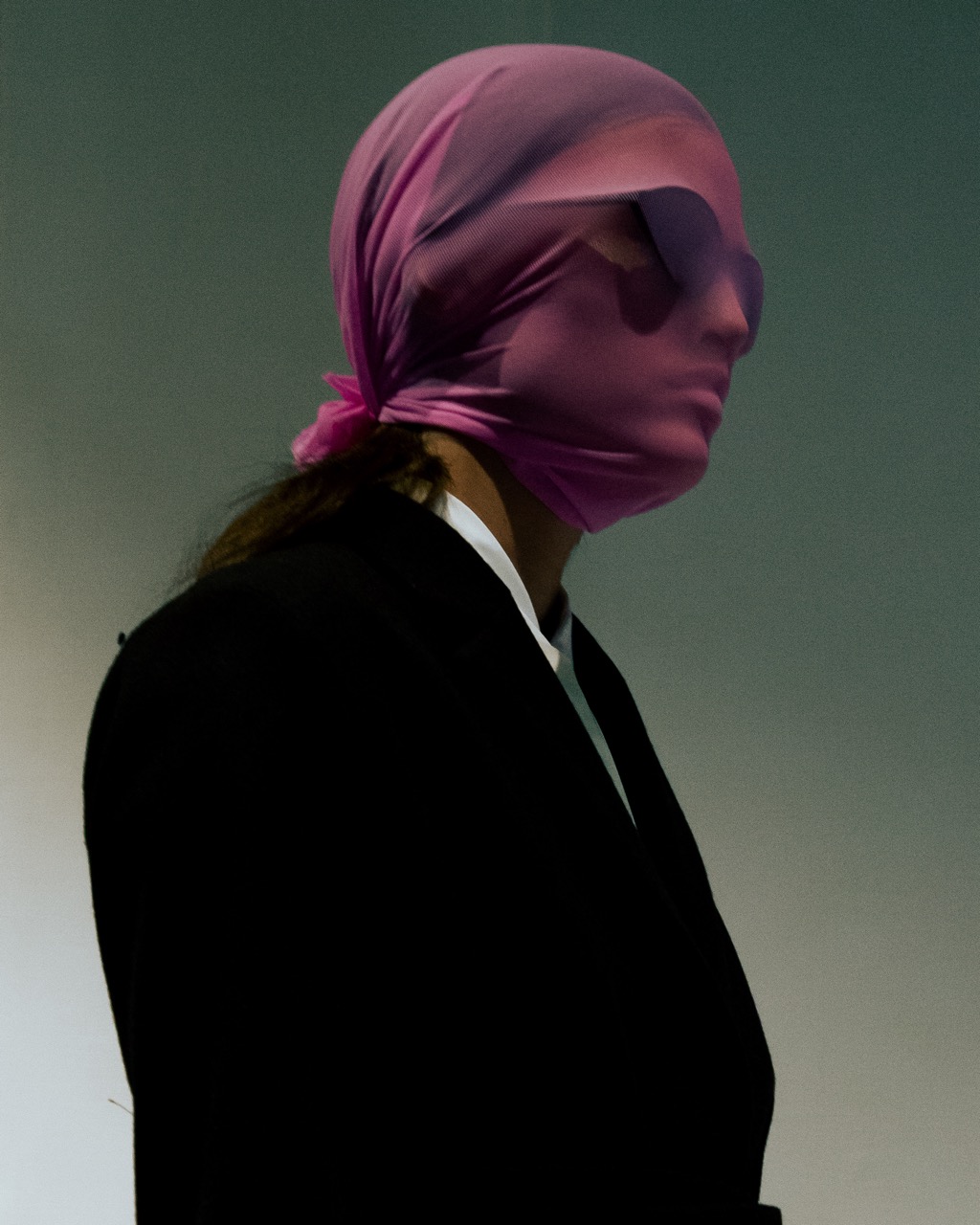

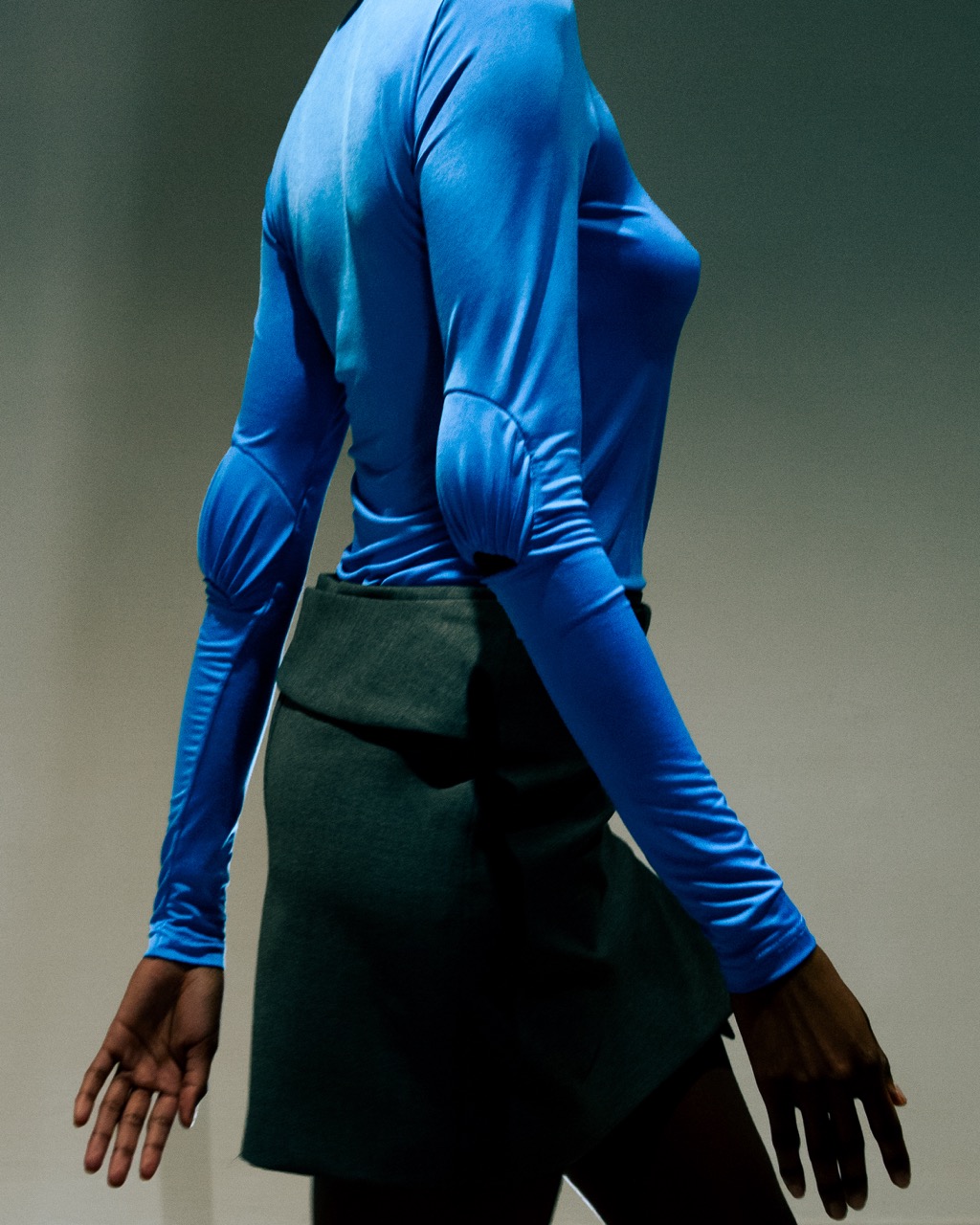
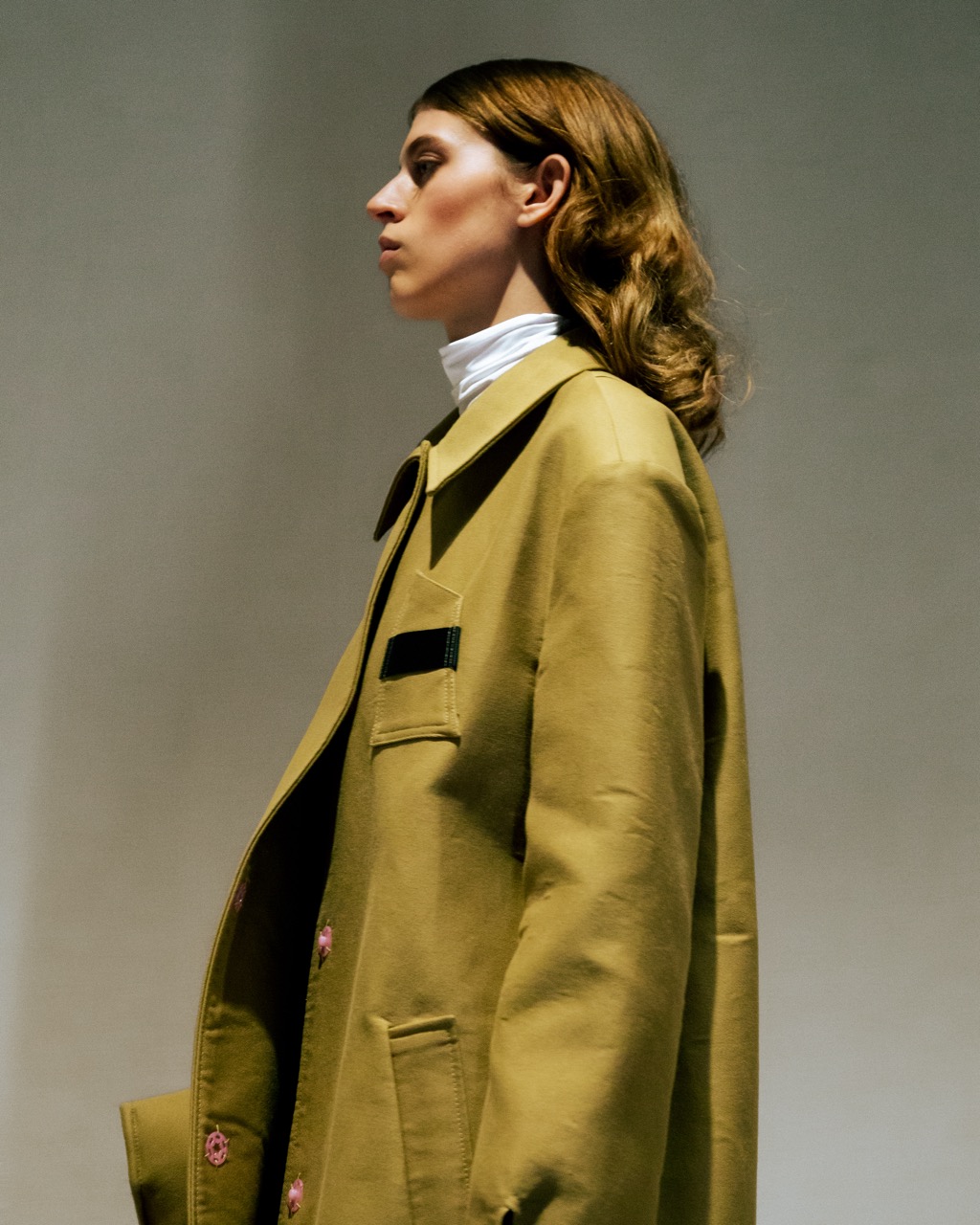
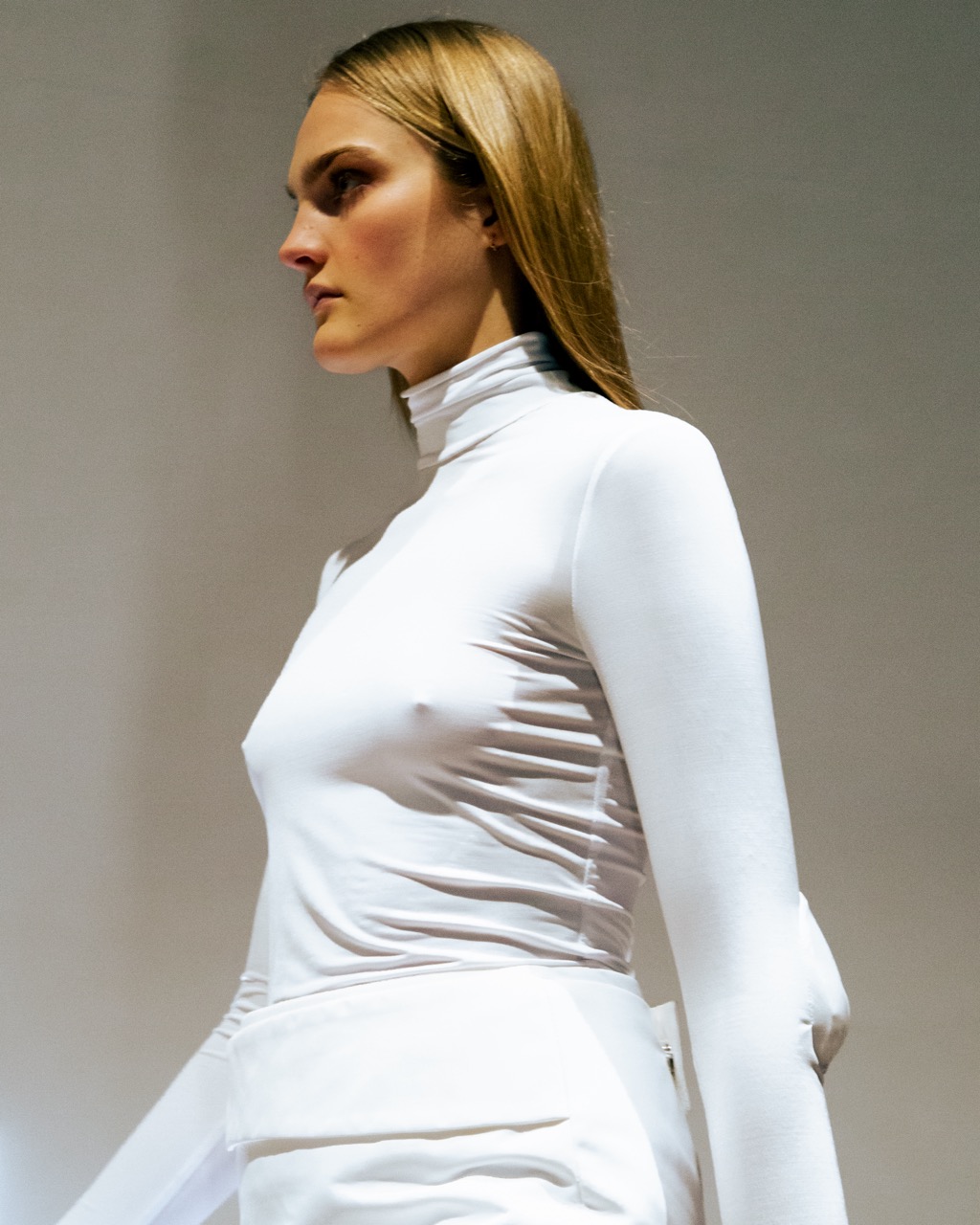
Creative Director Martin Asbjørn redefined modern elegance in his first full REMAIN collection, prioritizing a timeless wardrobe over fleeting trends. The lineup boasted unexpected leather forms, innovative tailoring, and tactile knitwear, set against a muted and moody palette of almost-black hues, raindrop grey, dark cognac, bitter chocolate, and a final set in a lighter lilac. The collection's dynamism was showcased through reimagined suiting, where cropped jackets harmonize with full-length skirts and blazers metamorphose into graceful dresses with balloon hems, offering versatile ensembles perfect for a seamless transition from a day at the office to night out on the town.


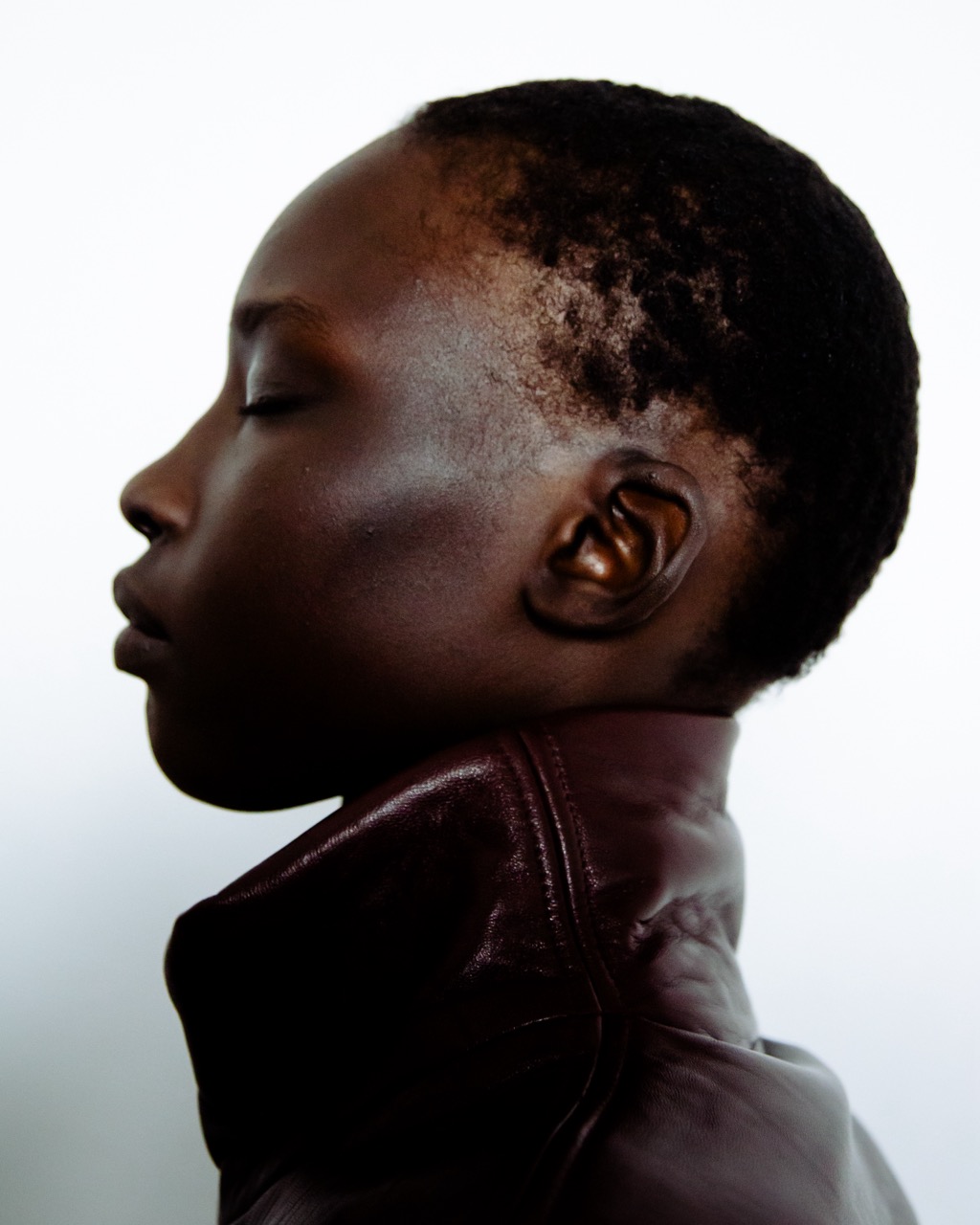
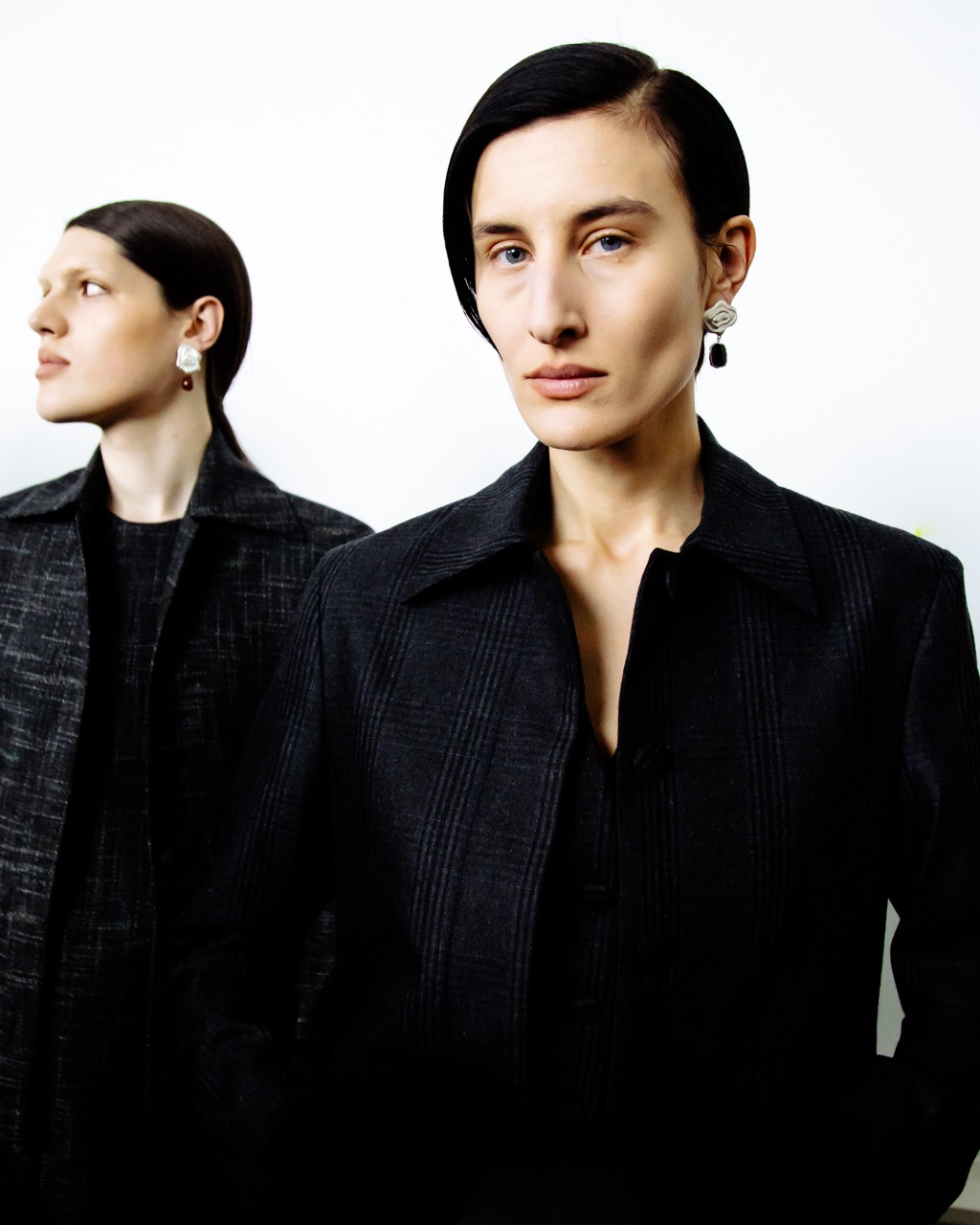
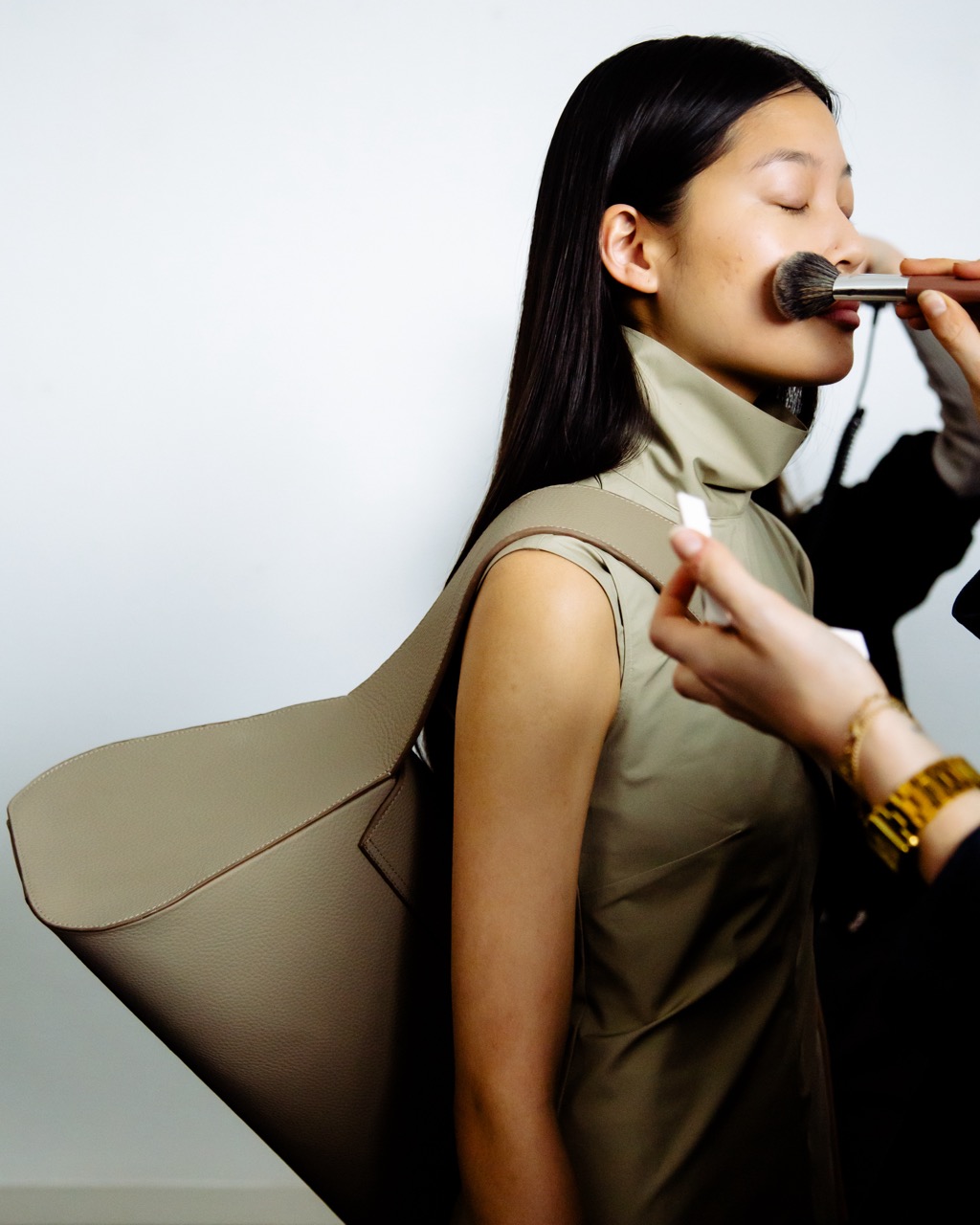

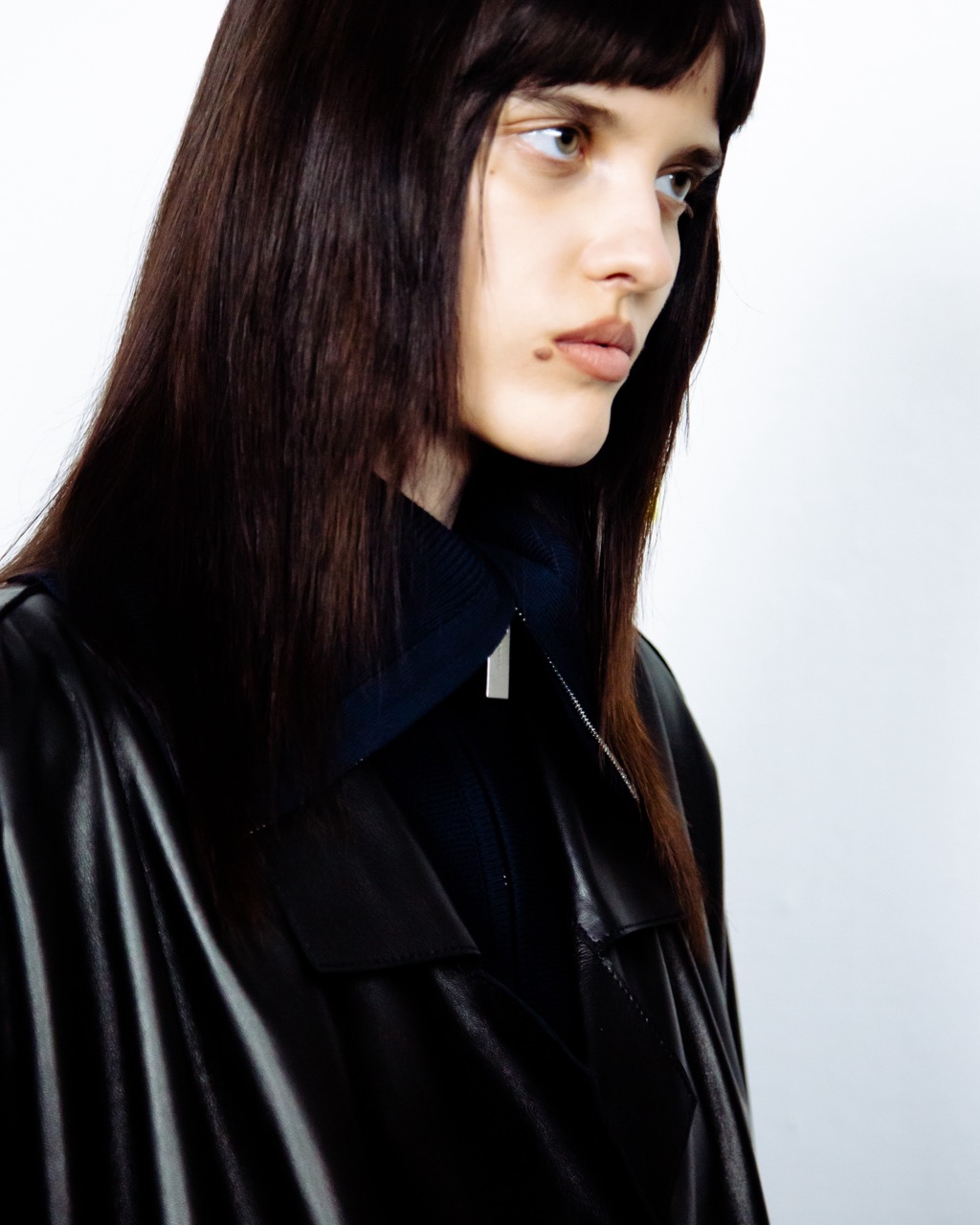
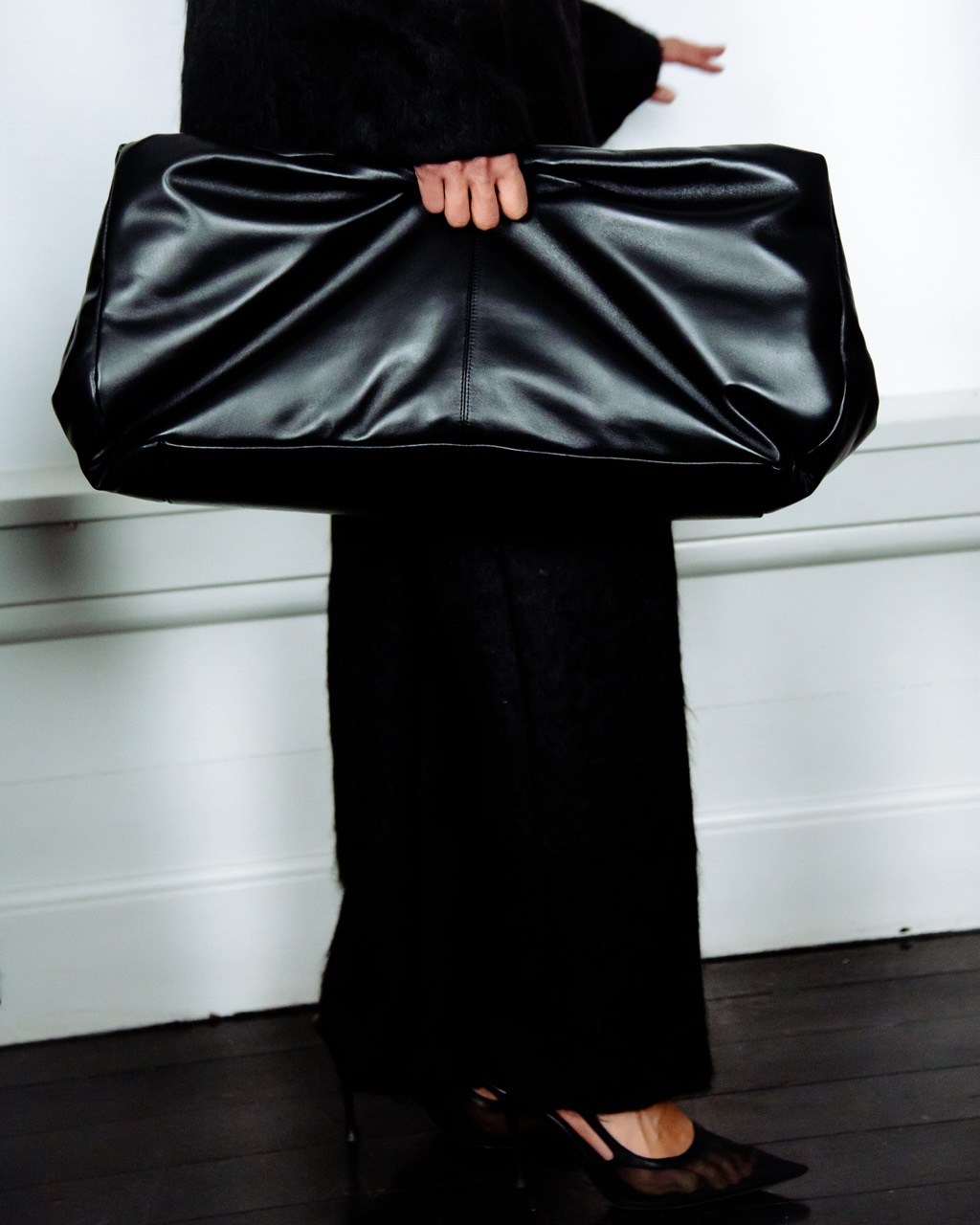
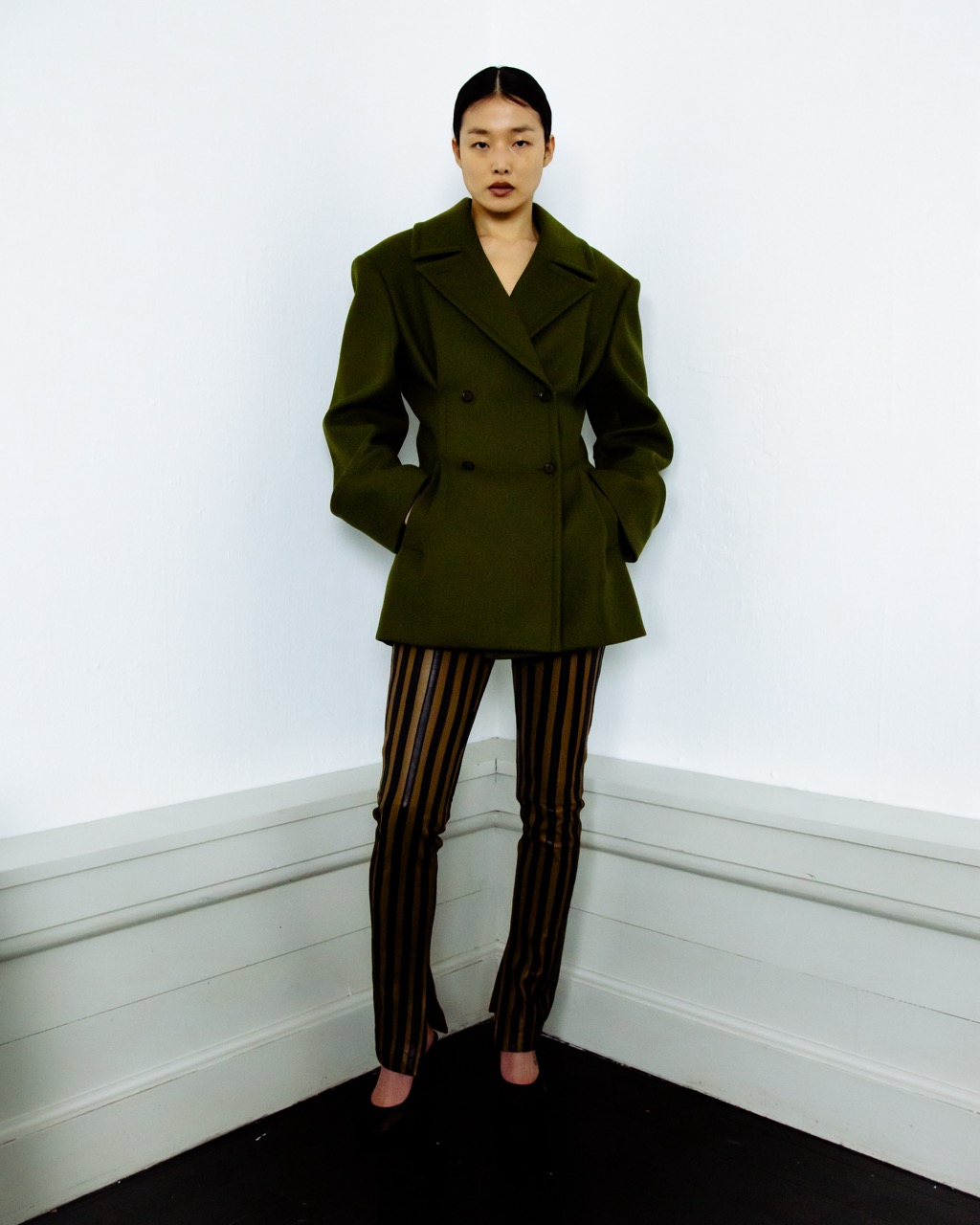
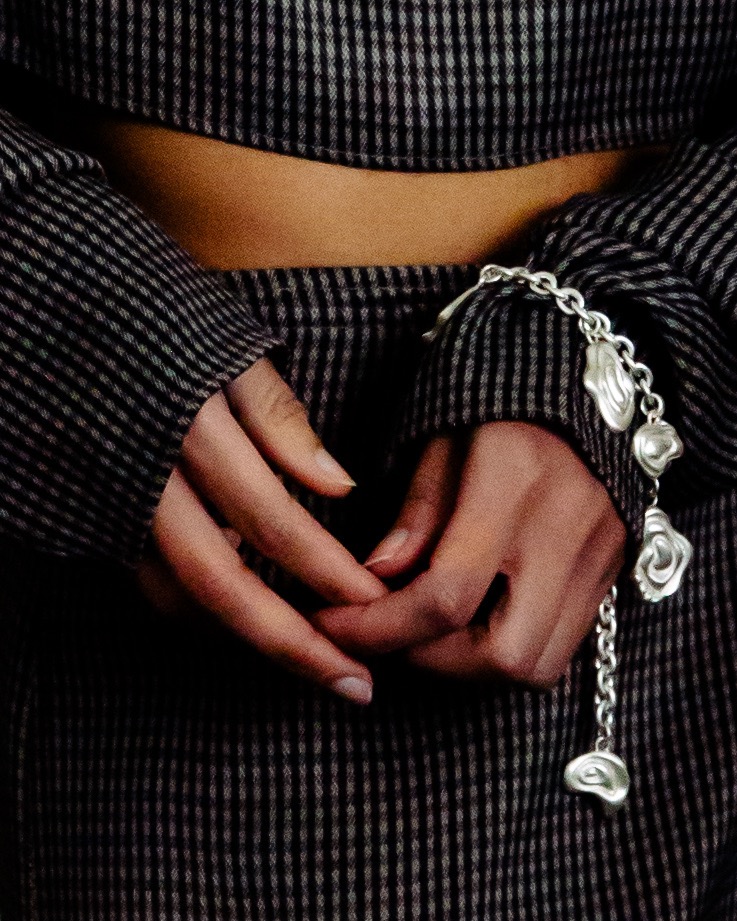
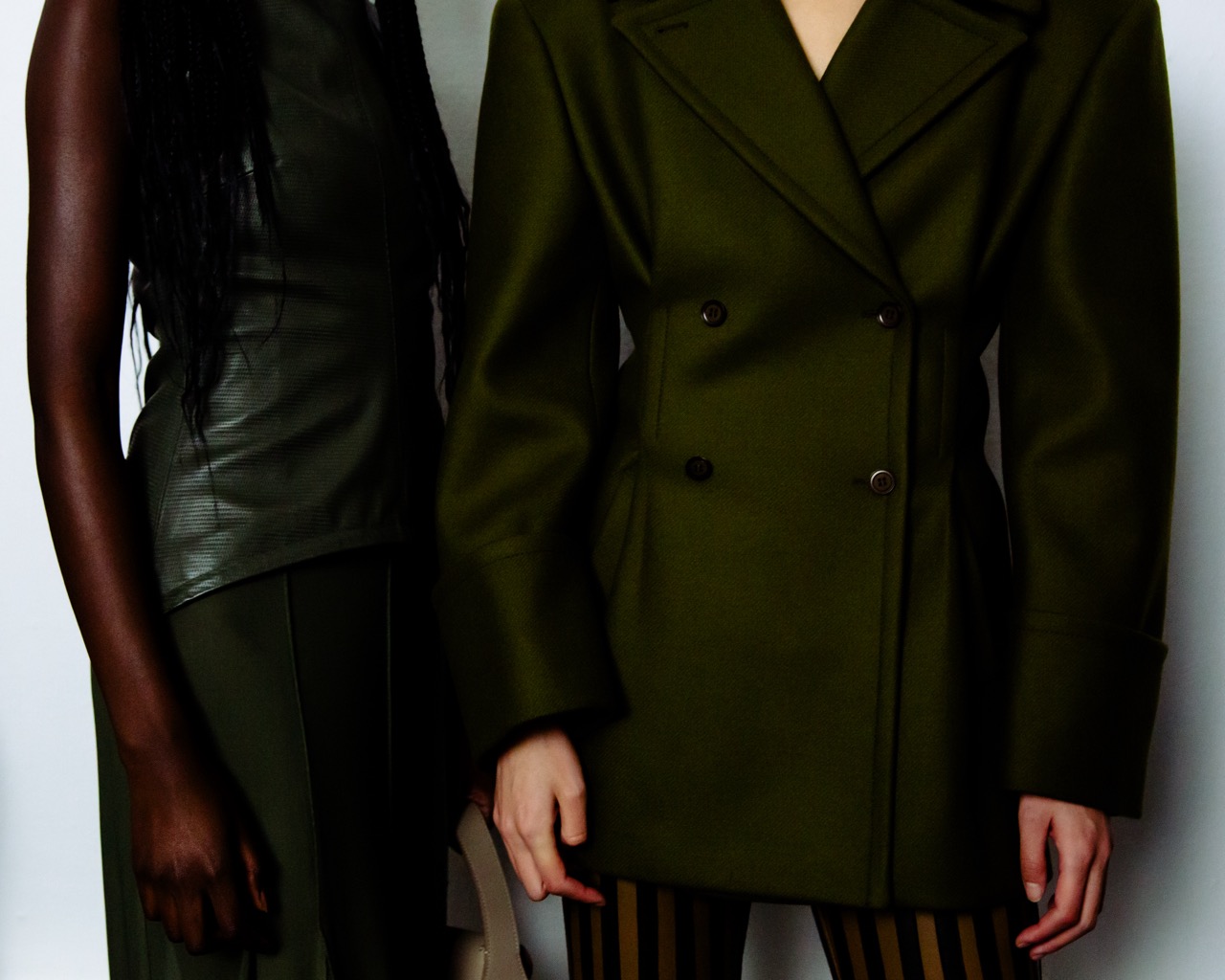
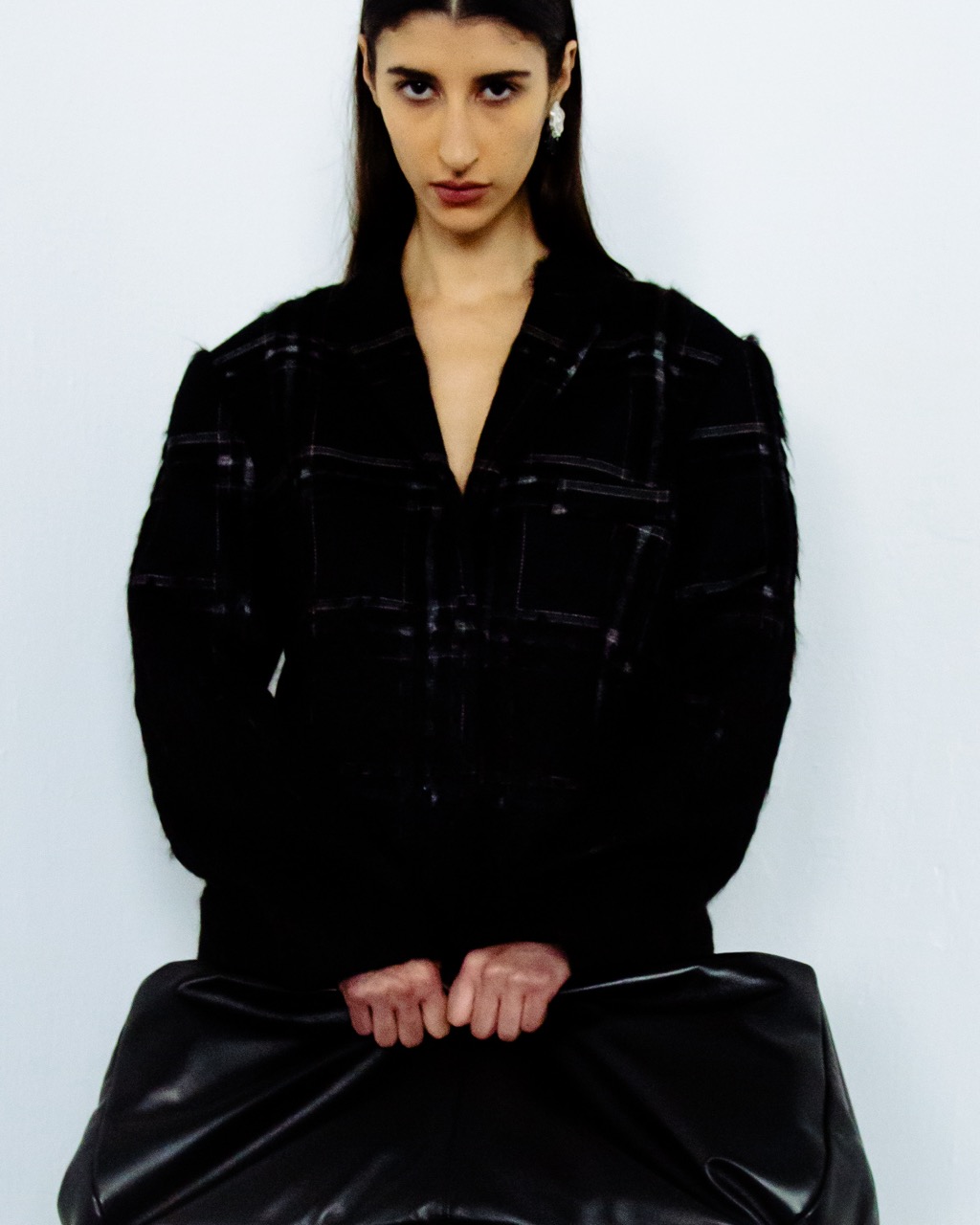
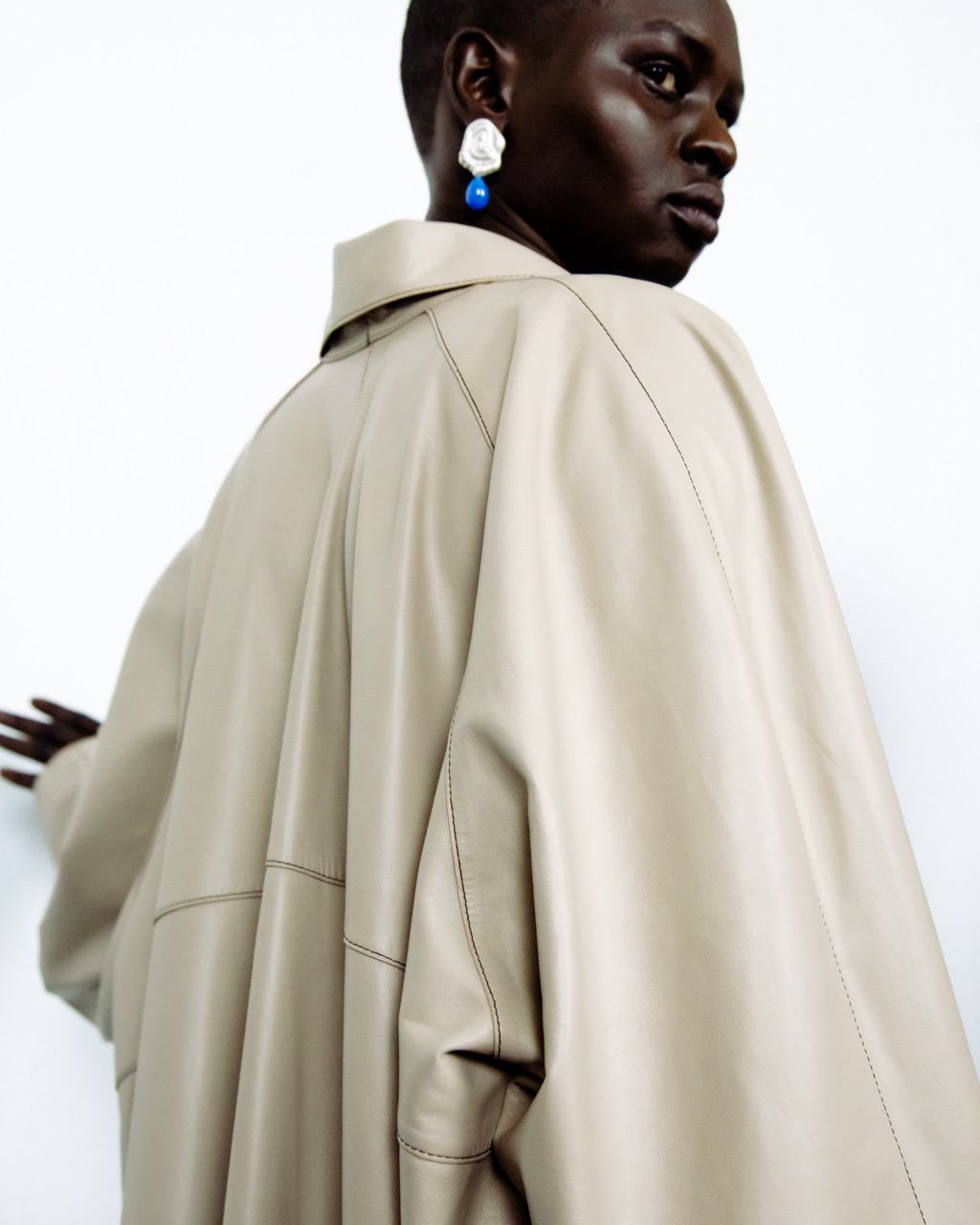
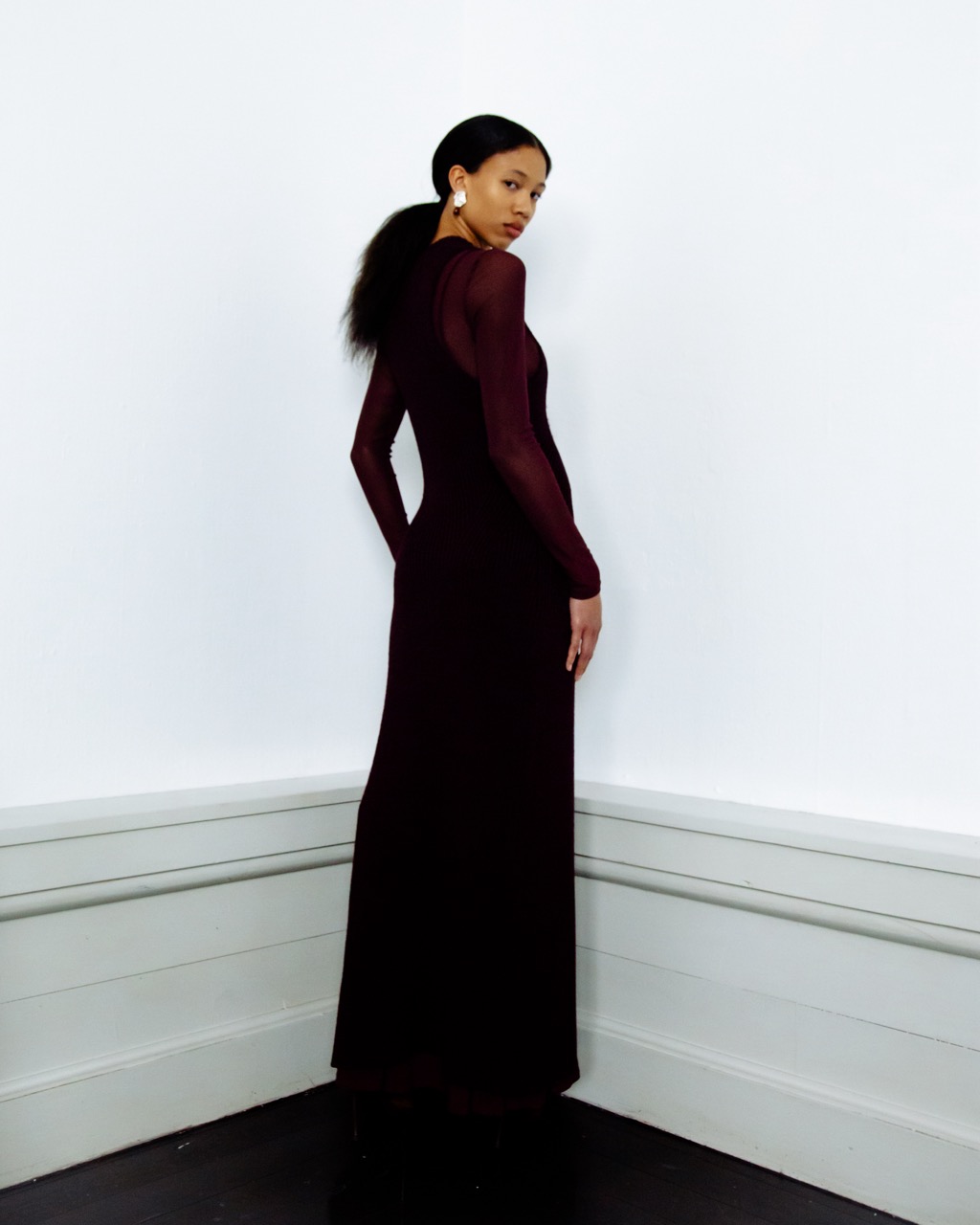
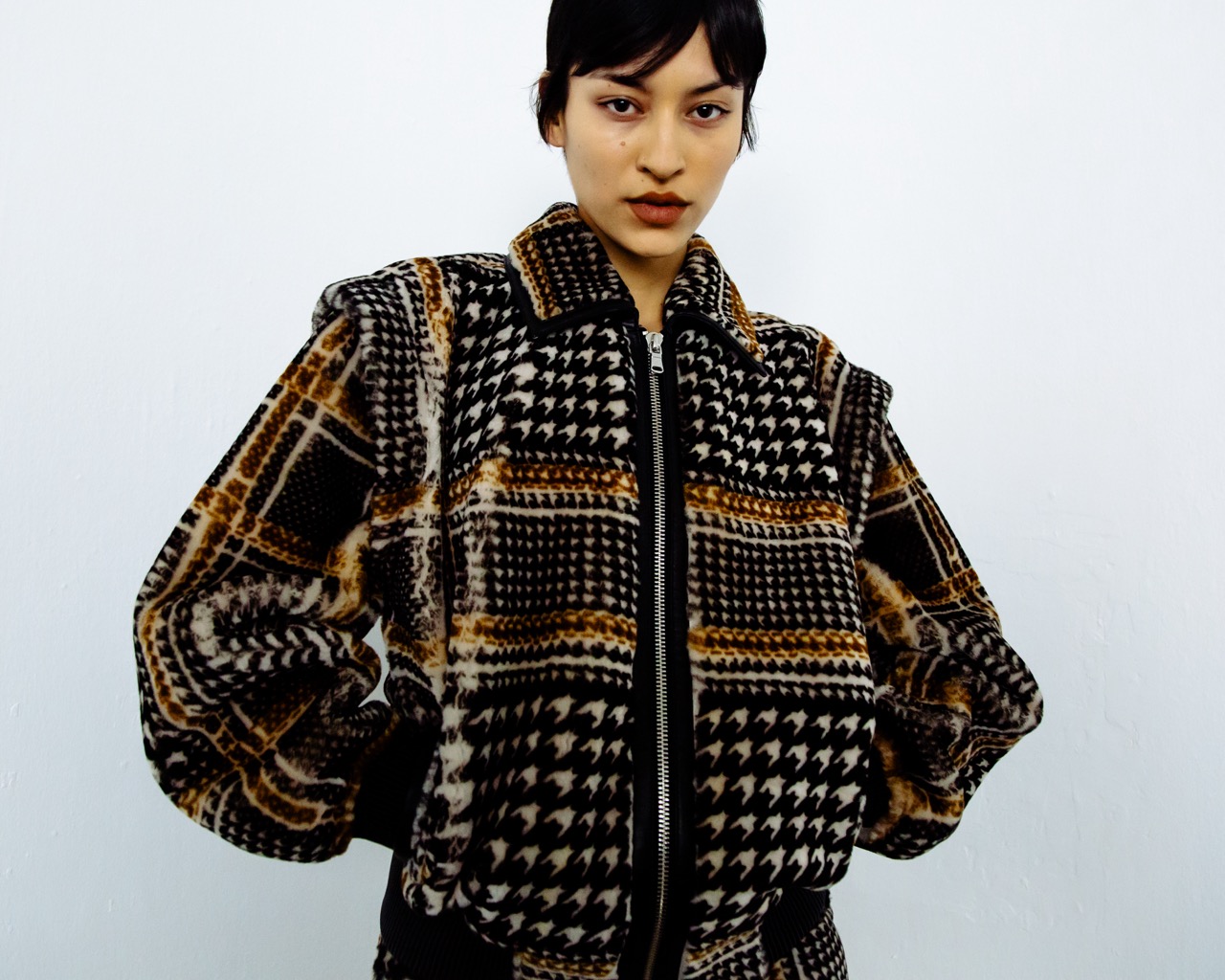

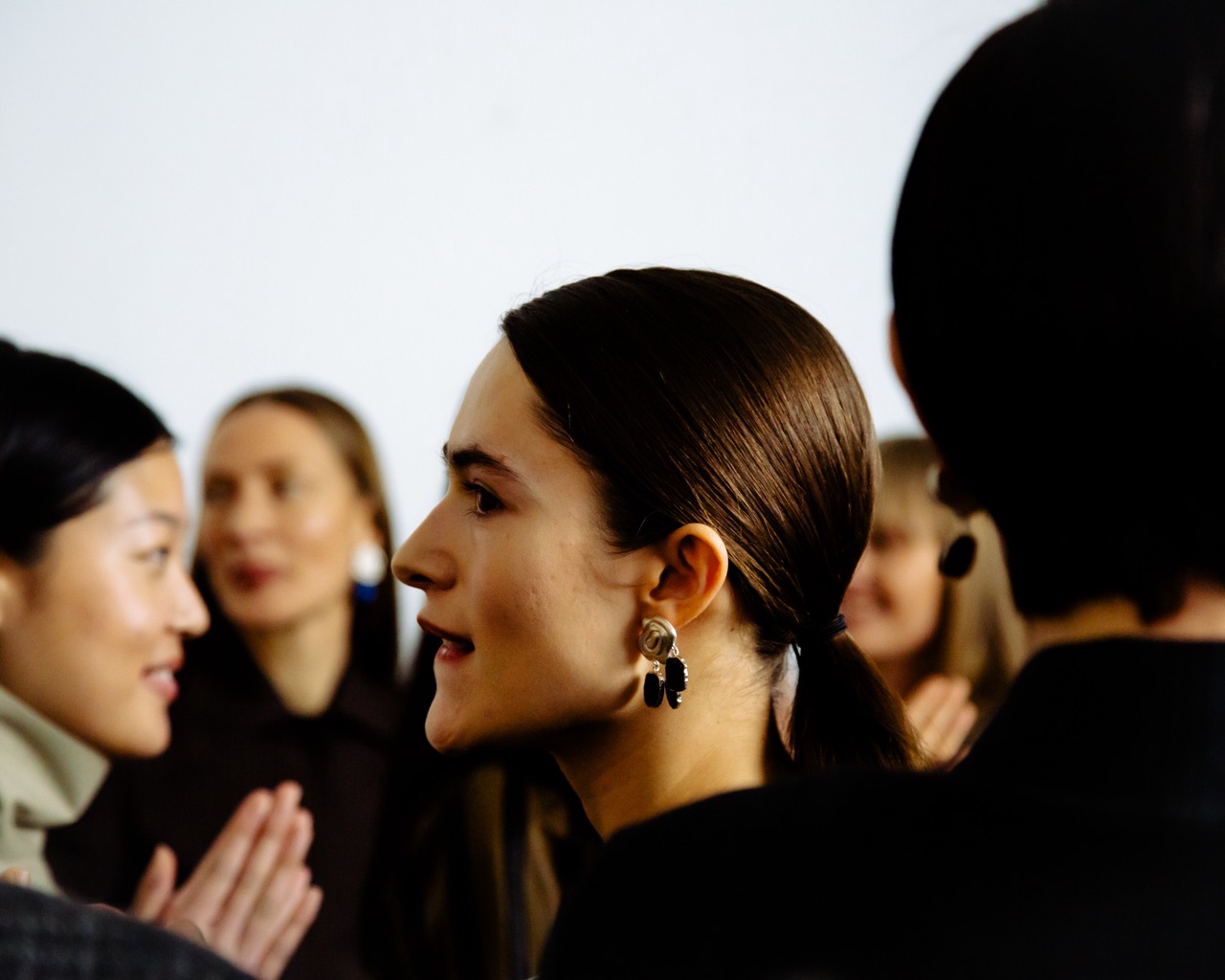
Won Hundred celebrated its 20th anniversary with a nod to its roots, taking a nostalgic journey through its design archives, alongside a collaboration with Sweden-based artist Kajsa Willner. The collection stood out with a variety of denim interpretations, offering versatility in styling with different fabrications and prints. Won Hundred's exclusive New Zealand-sourced leather took center stage, shaping glistening trousers designed for a snug yet breathable fit. Puffer jackets, featuring a durable, water-resistant outer and strategically placed pockets, enhance practicality for outdoor excursions.


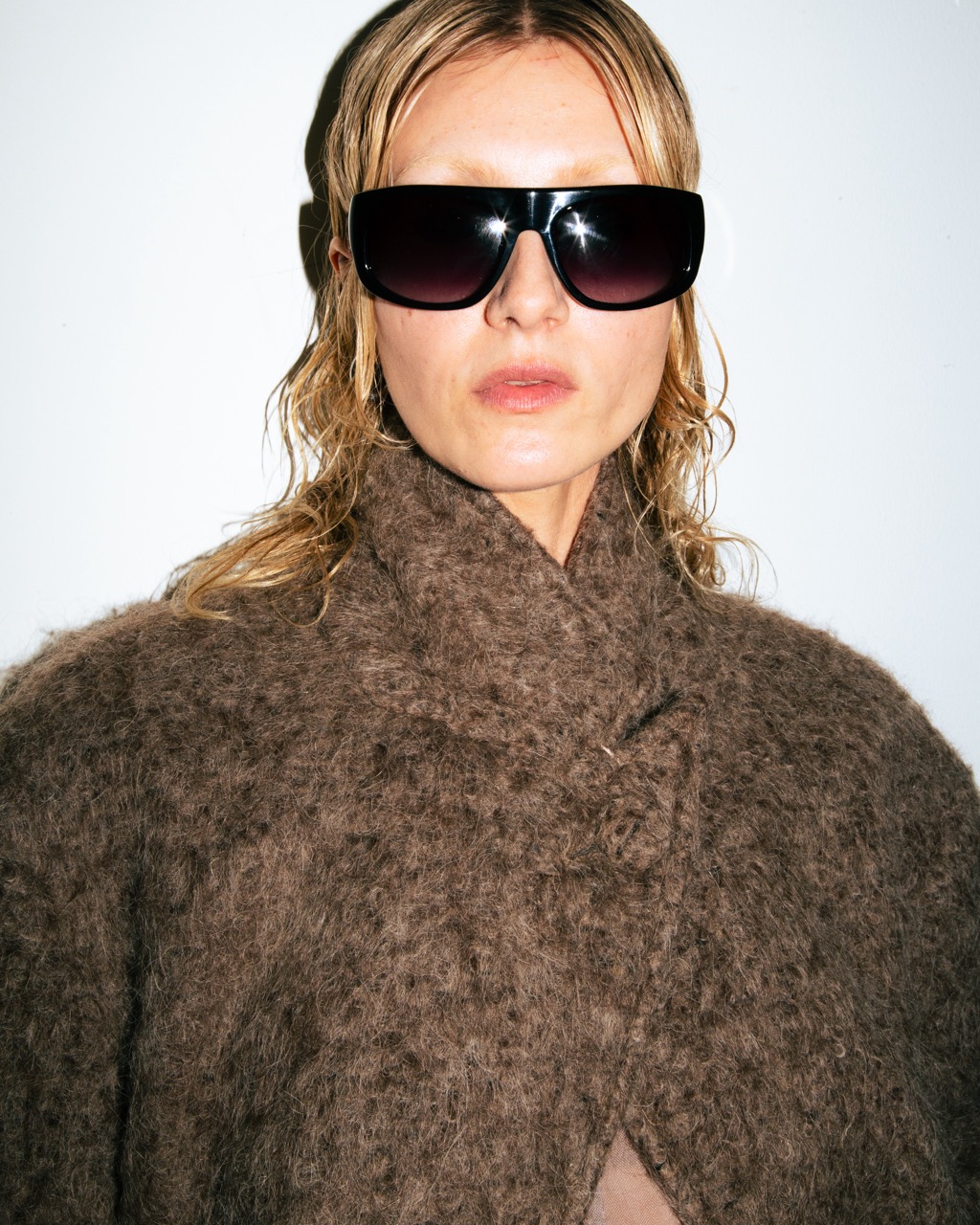
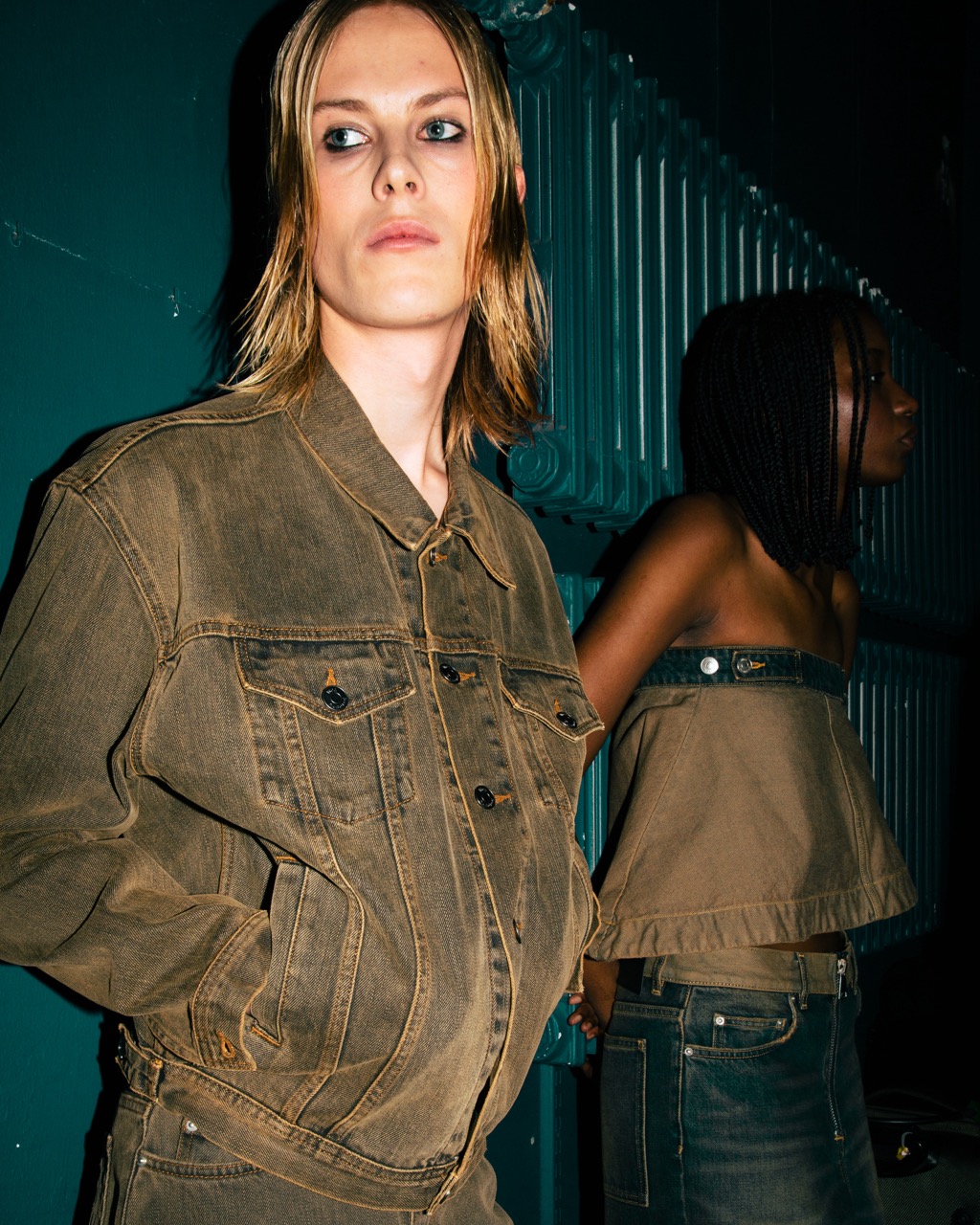
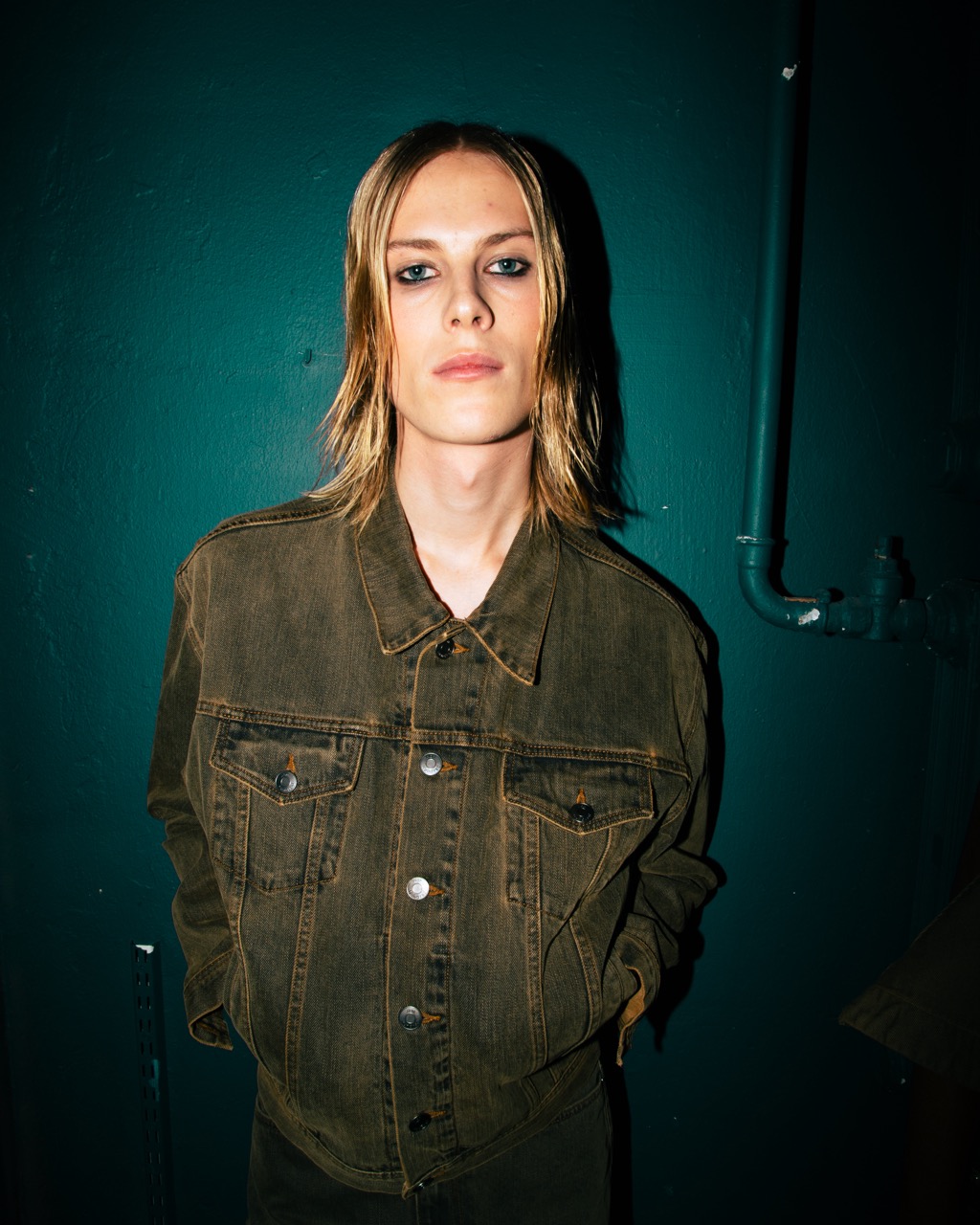
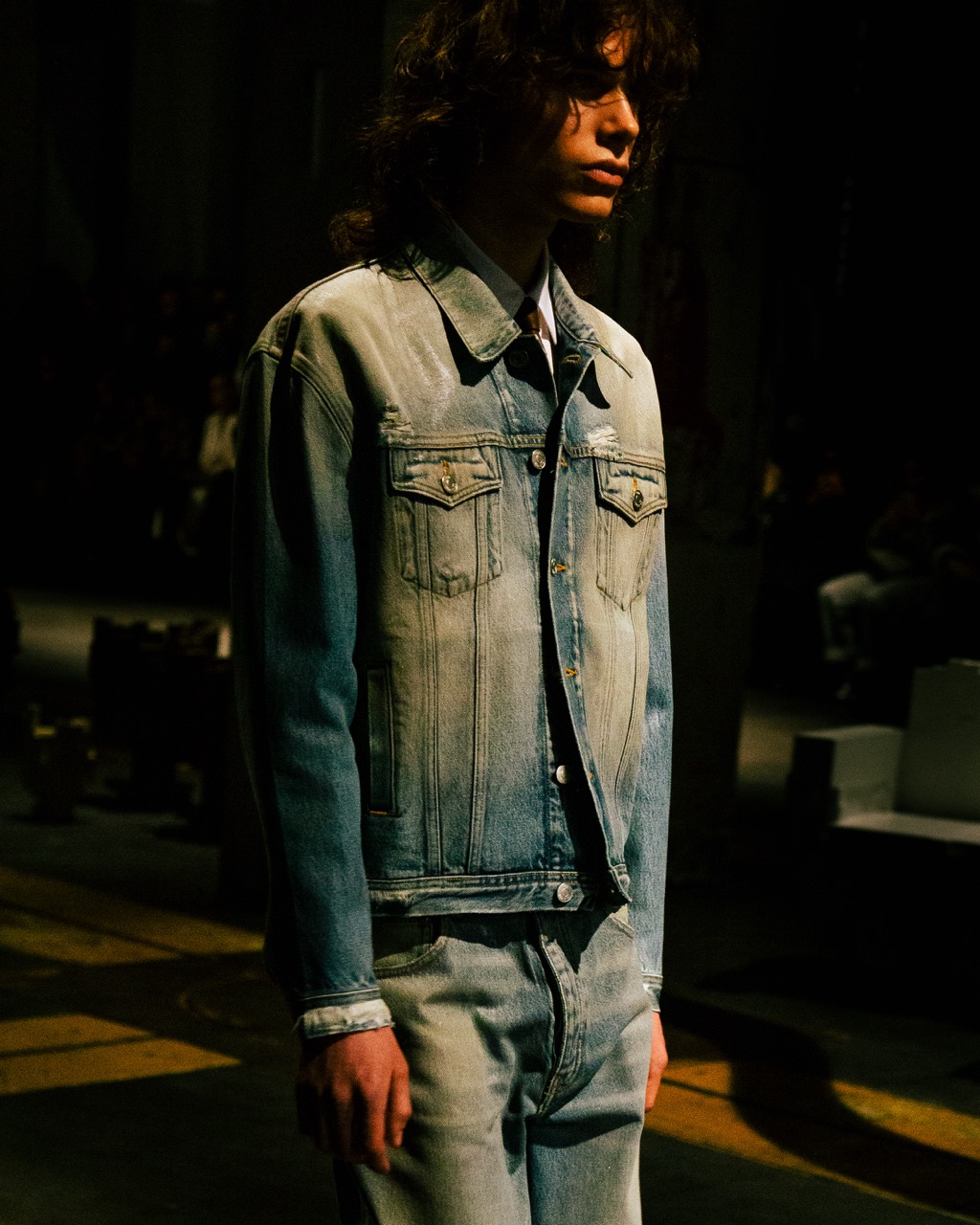
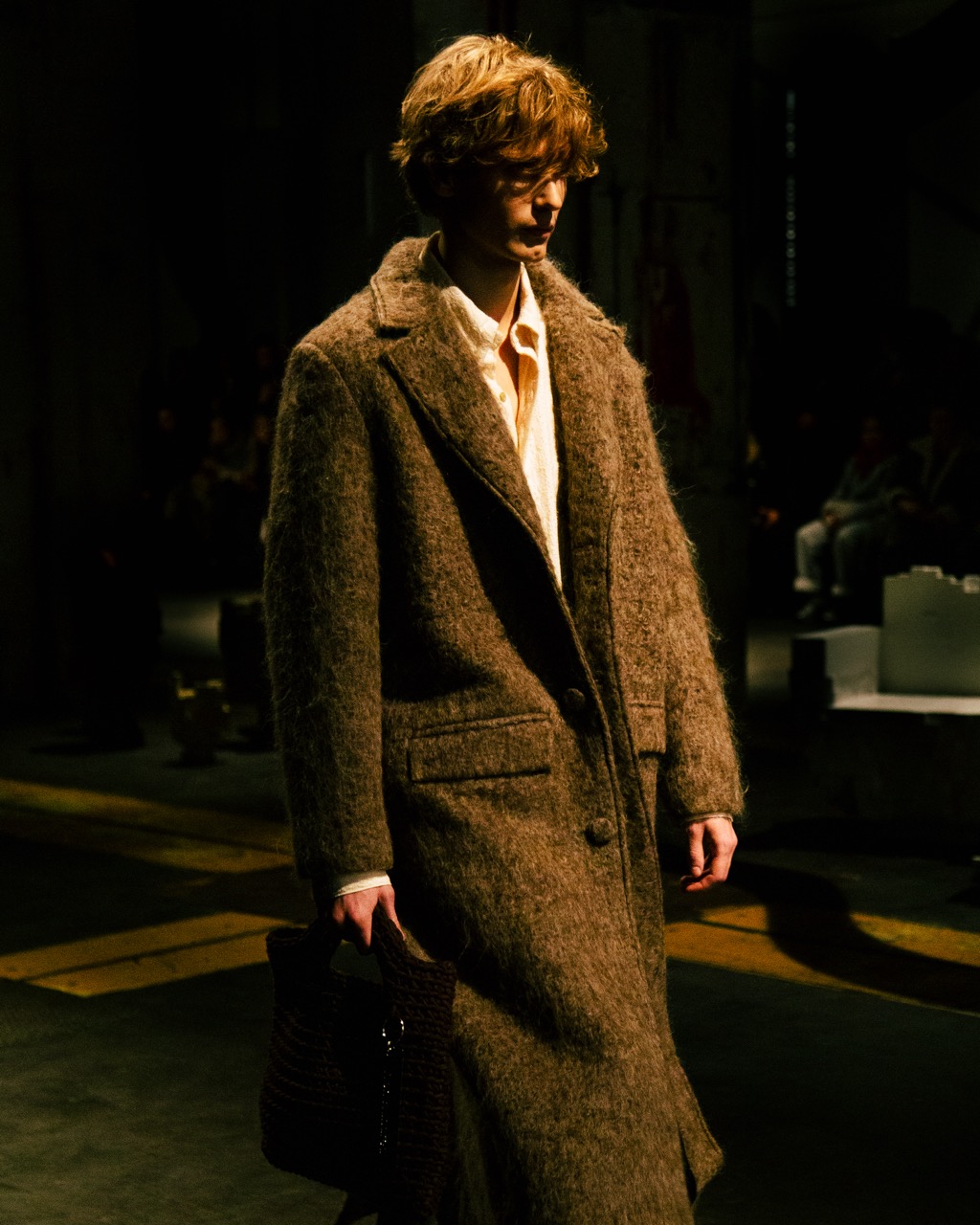

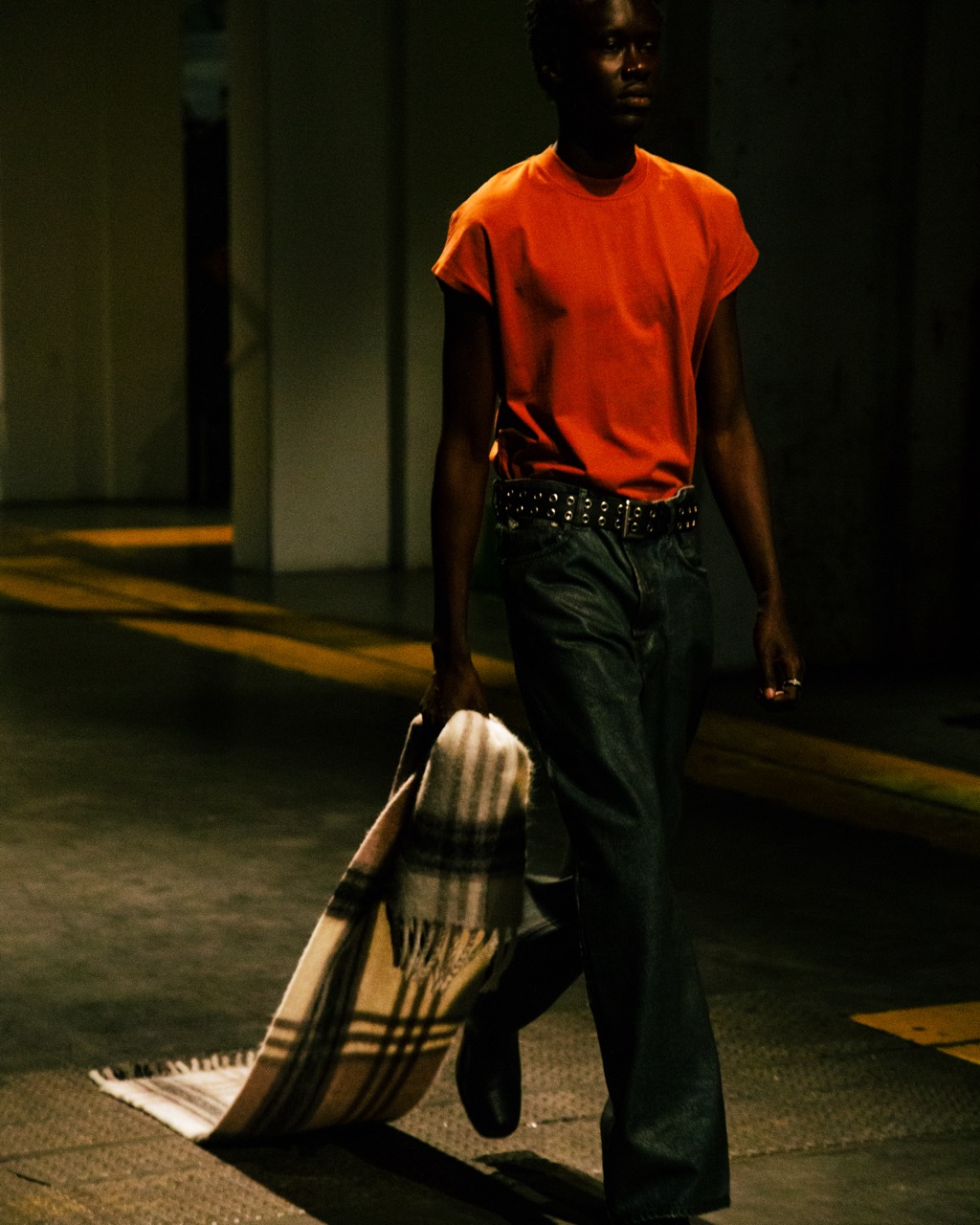

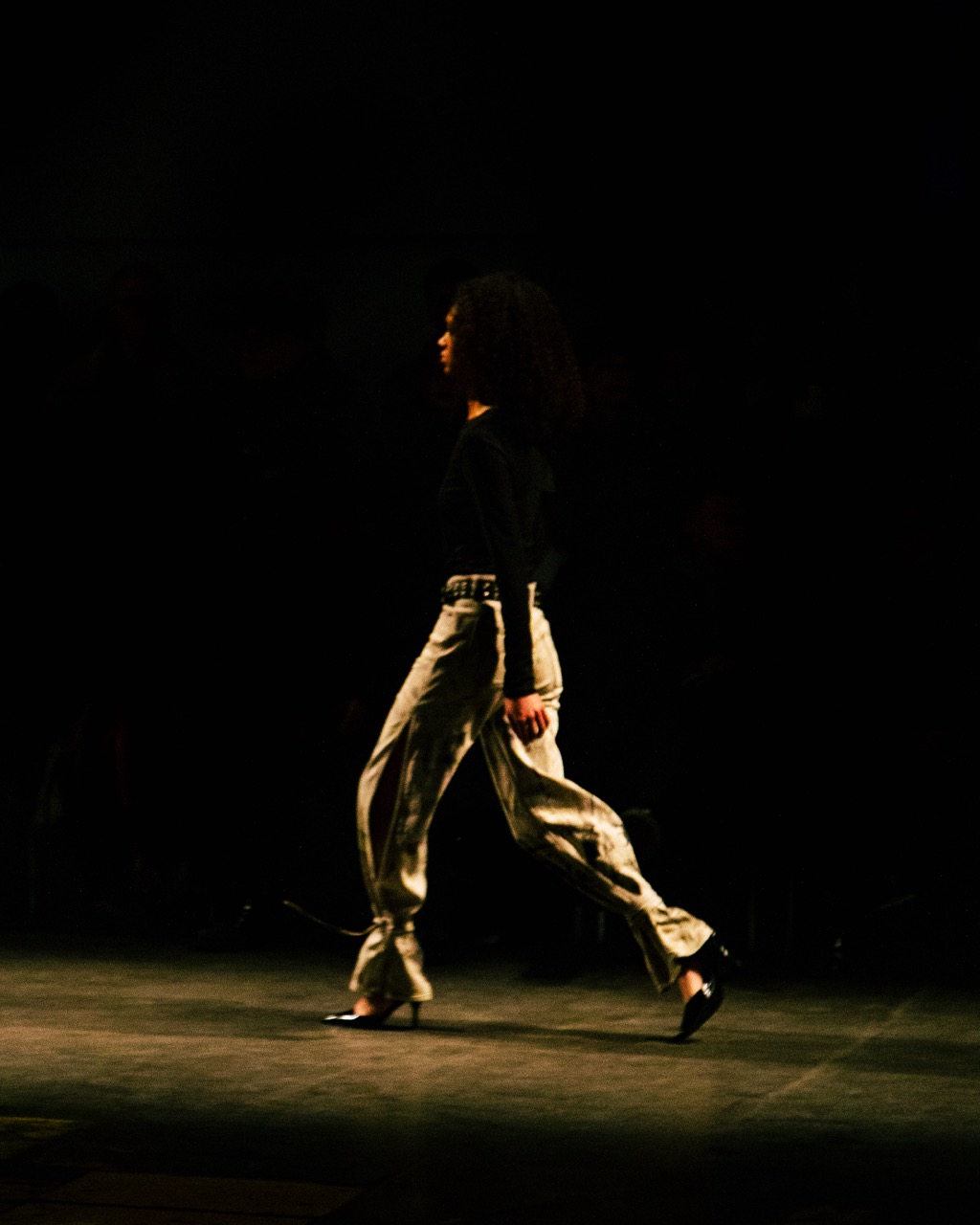
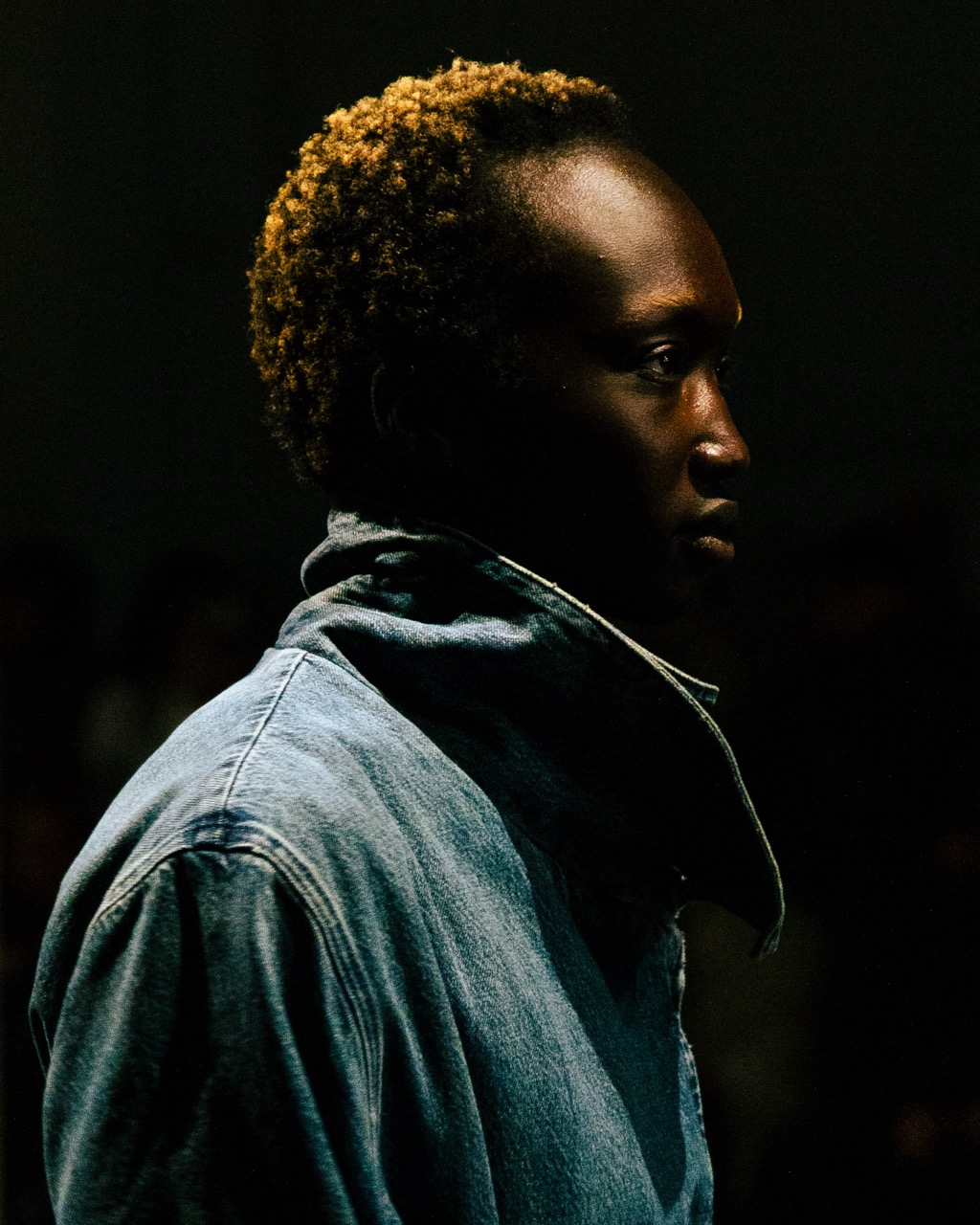
In their Autumn Winter 2024 presentation, Wood Wood's creative directors, Brooke Taylor and Nana Aganovic, discovered unexpected inspiration in the '70s, embracing warm browns, muted chartreuse, and era-appropriate textures like sumptuous velvet and corduroy, creating a Scandinavian vibe reminiscent of the long-night winters and the yearning for sunshine, captured in the Danish term “solskin.” Titled ‘The Copenhagen Interpretation,’ the collection introduced a more fitted silhouette, drawing heavily from the city’s cultural history, particularly the influence of sculptor Bertel Thorvaldsen.
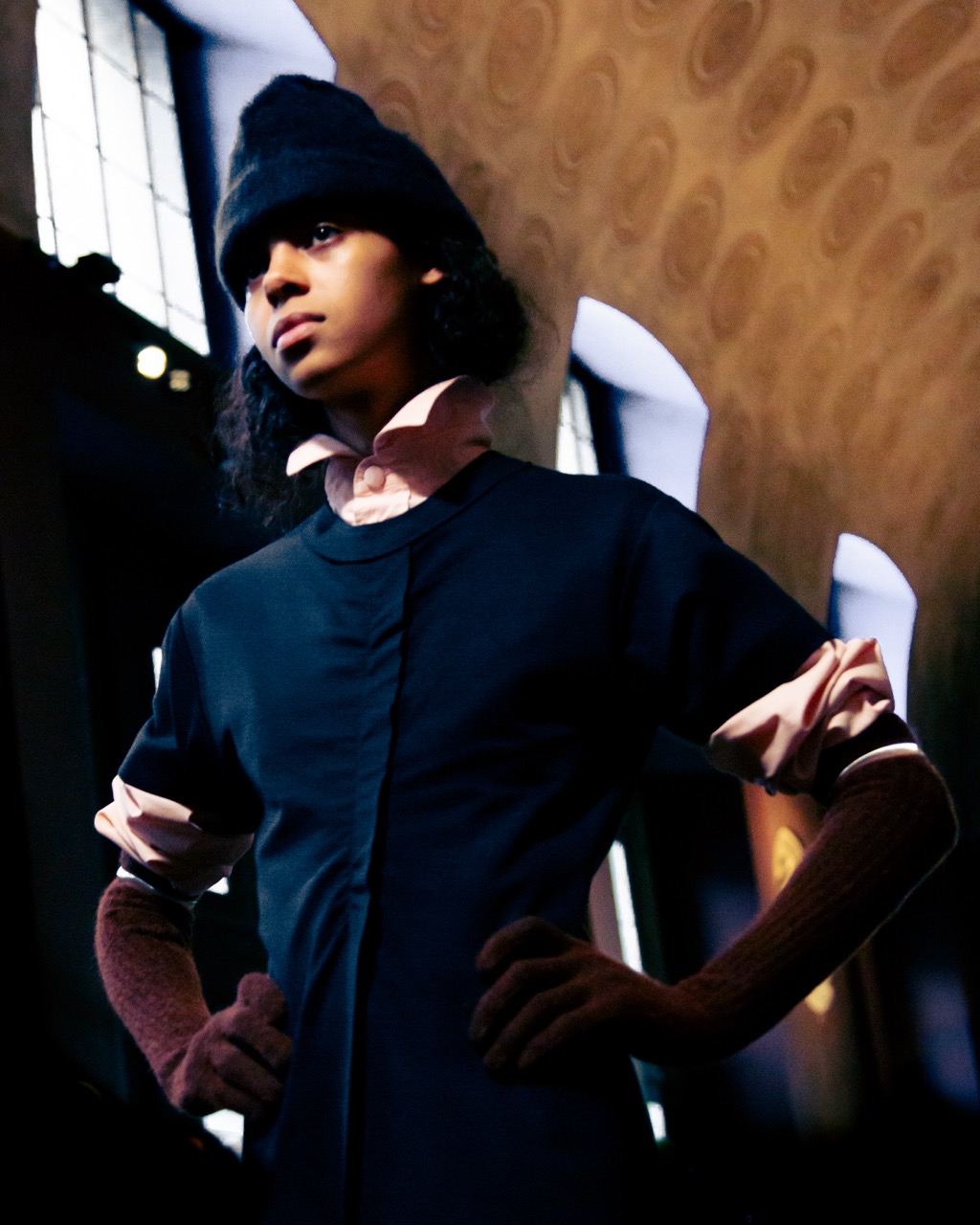

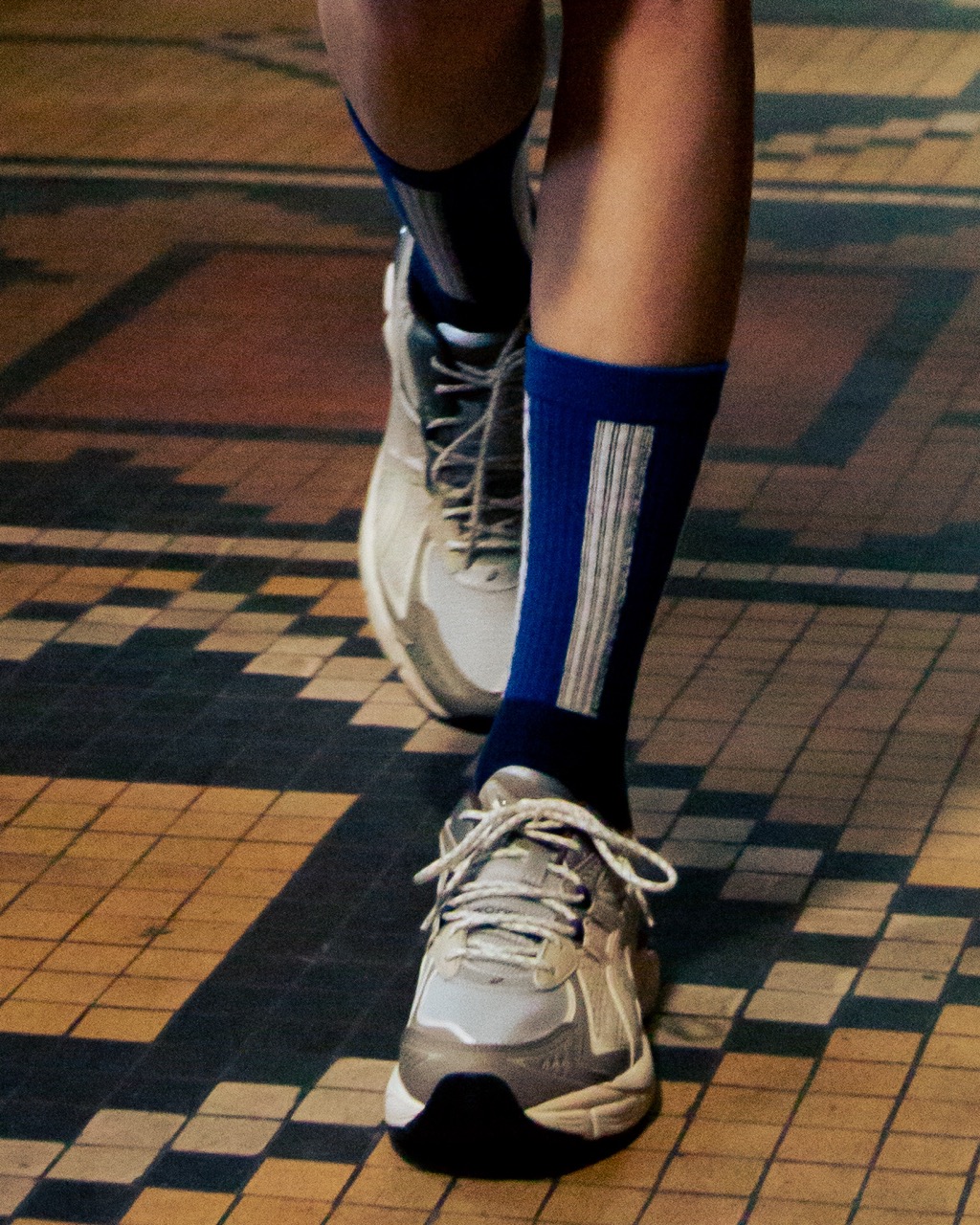
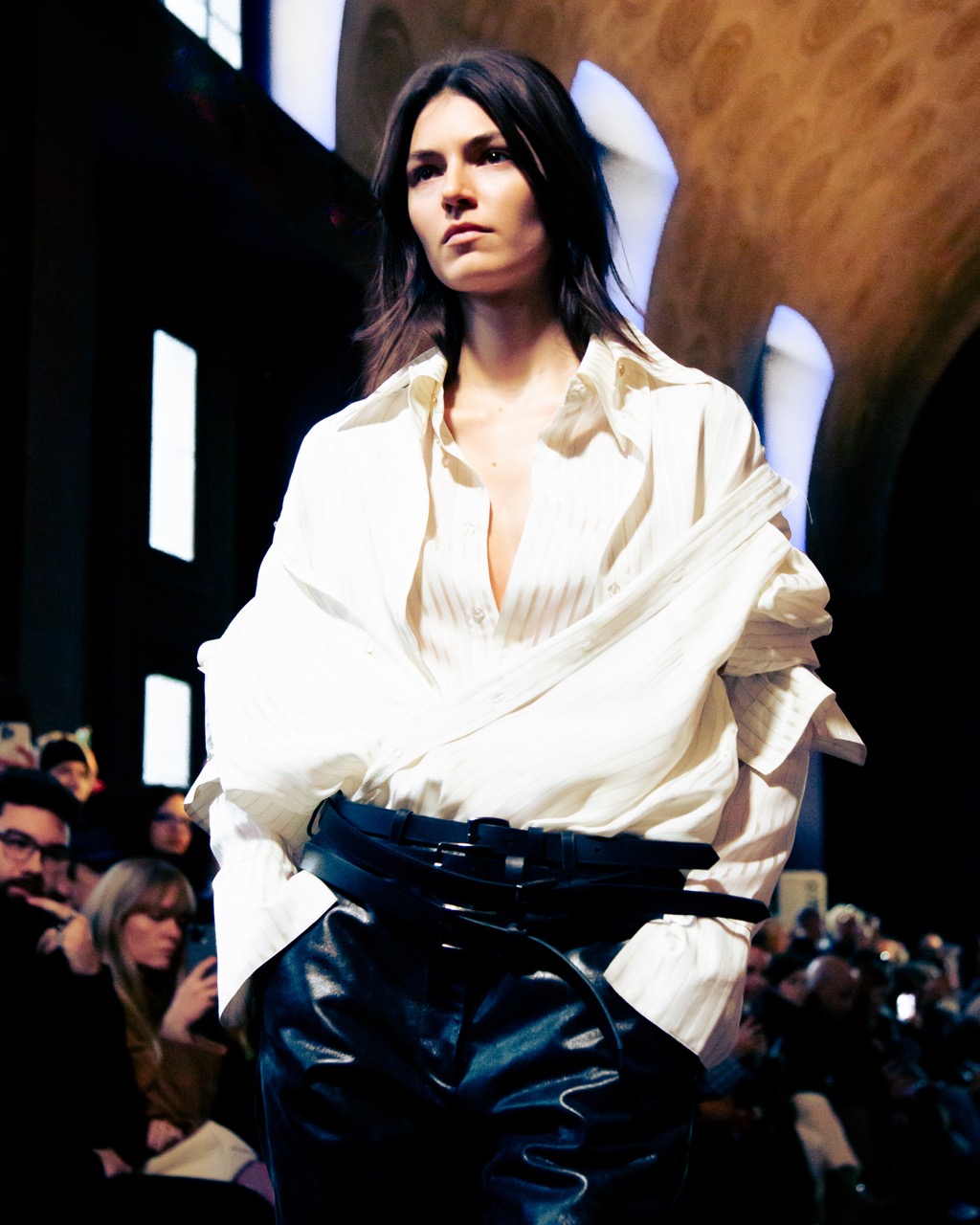
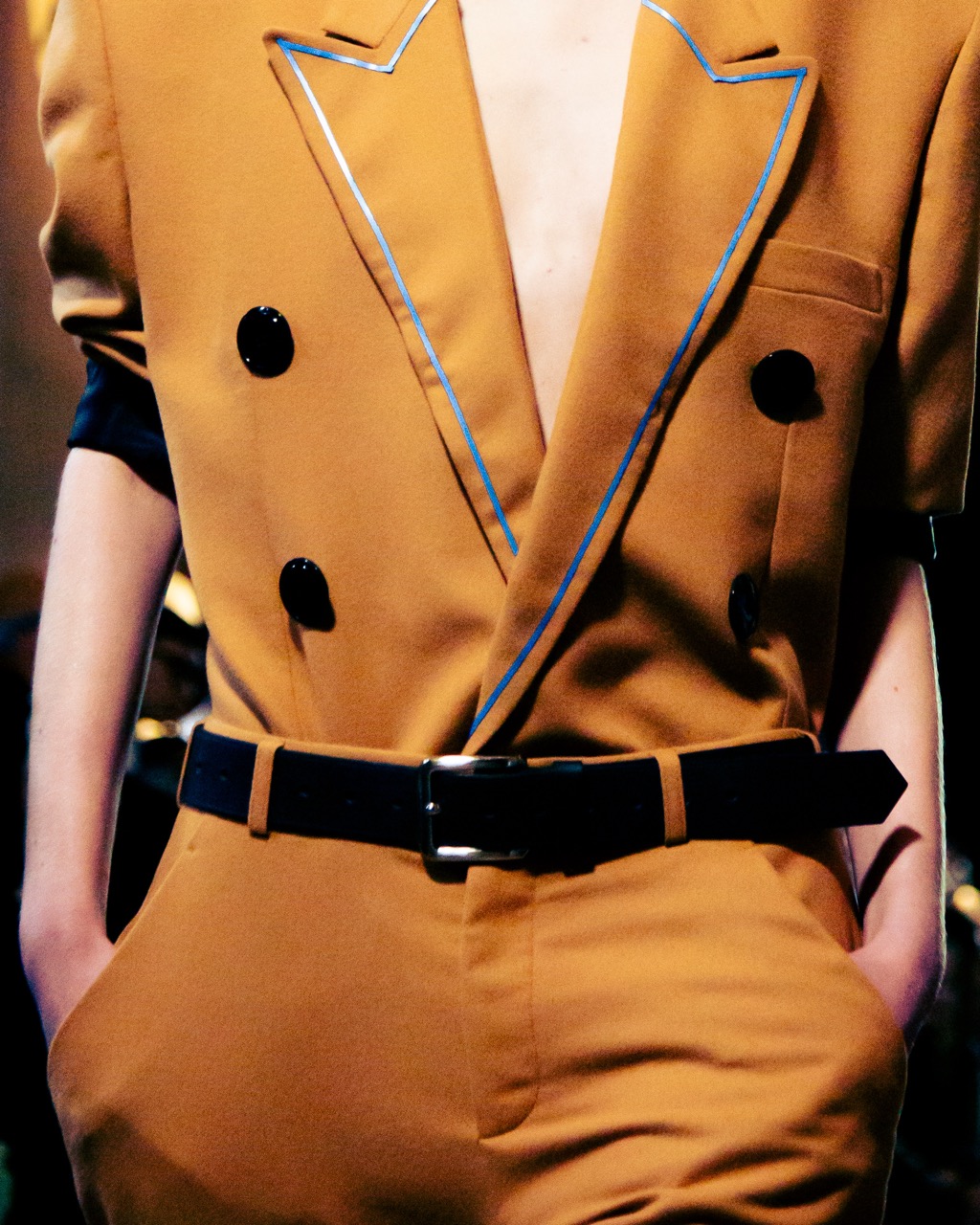

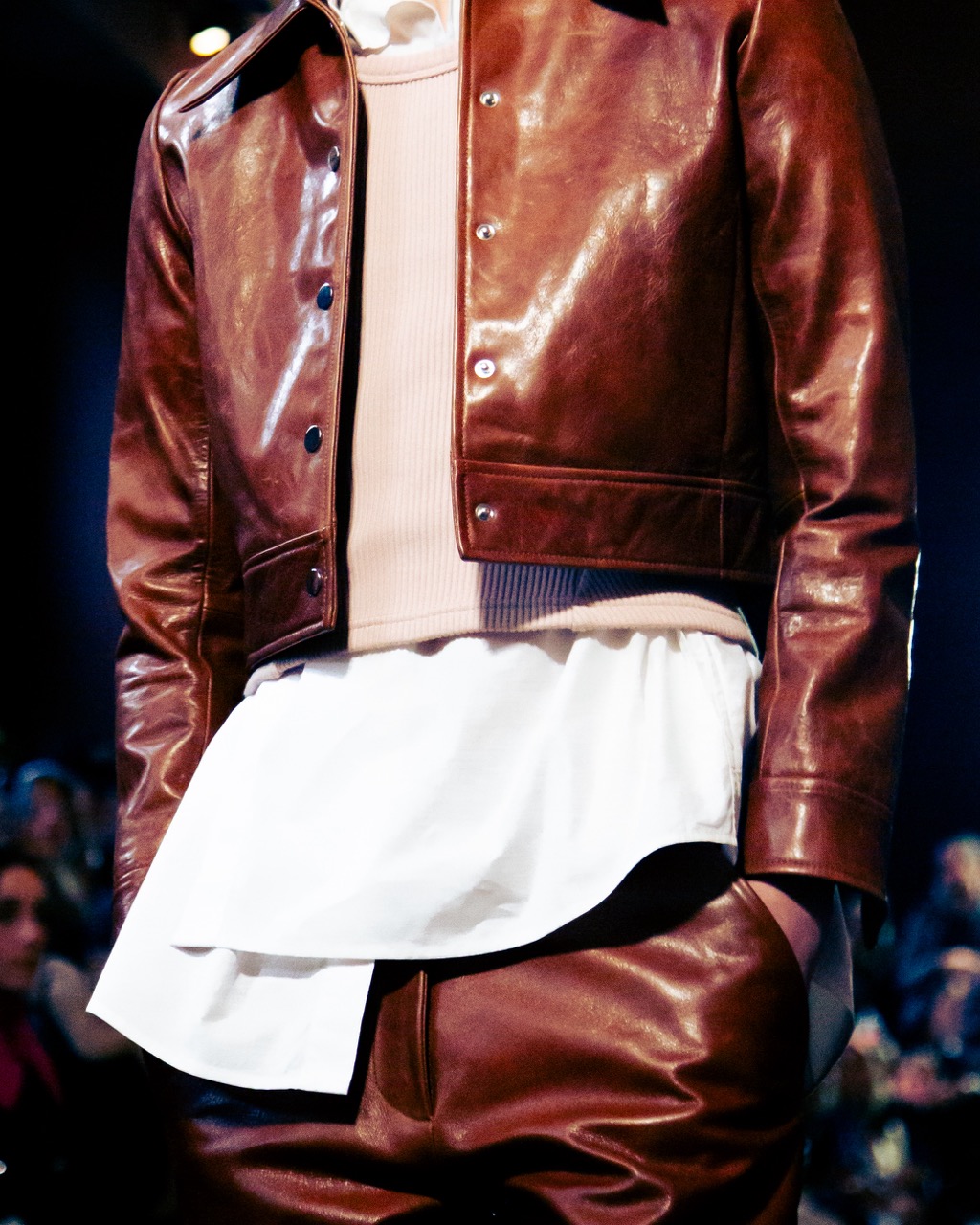


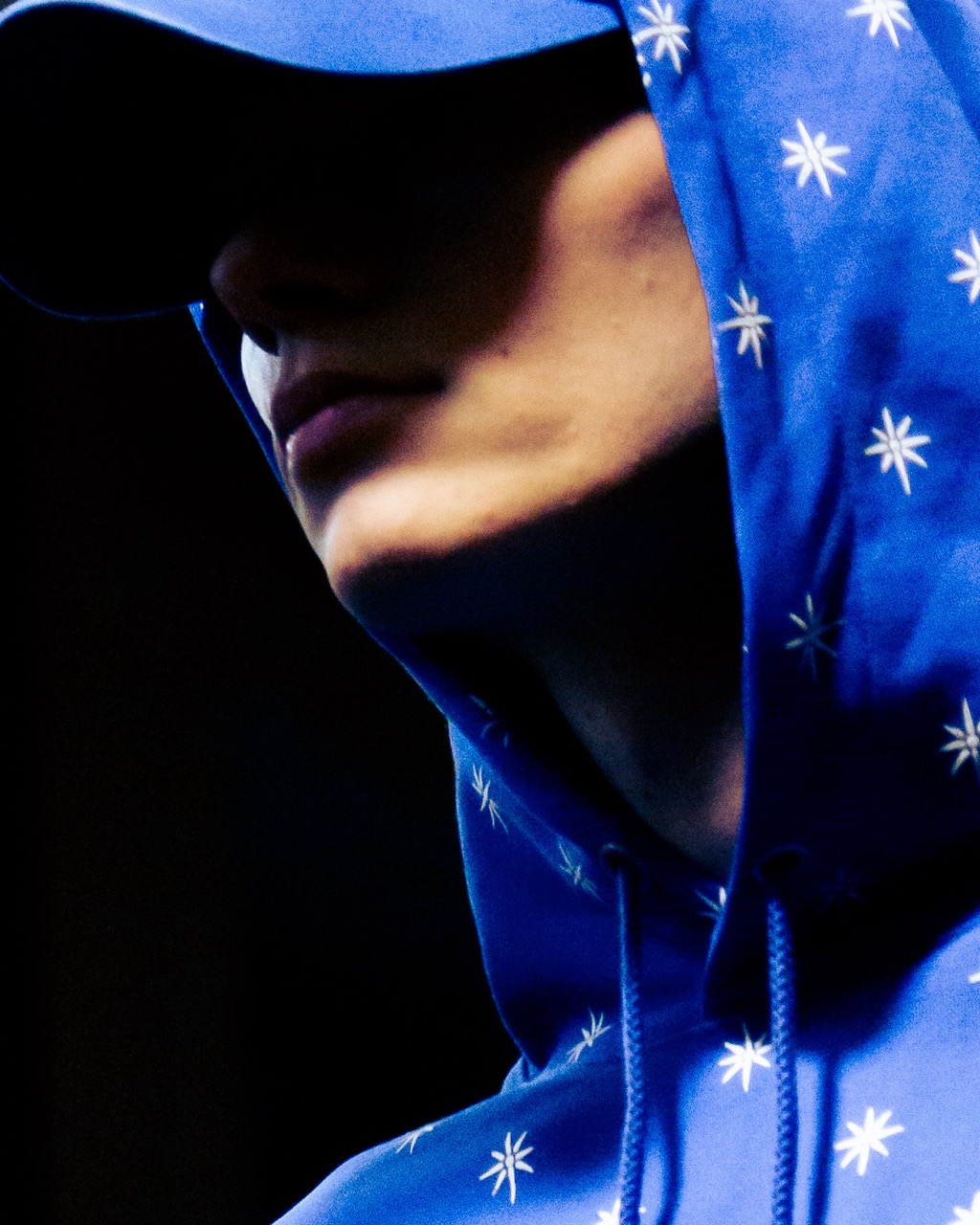
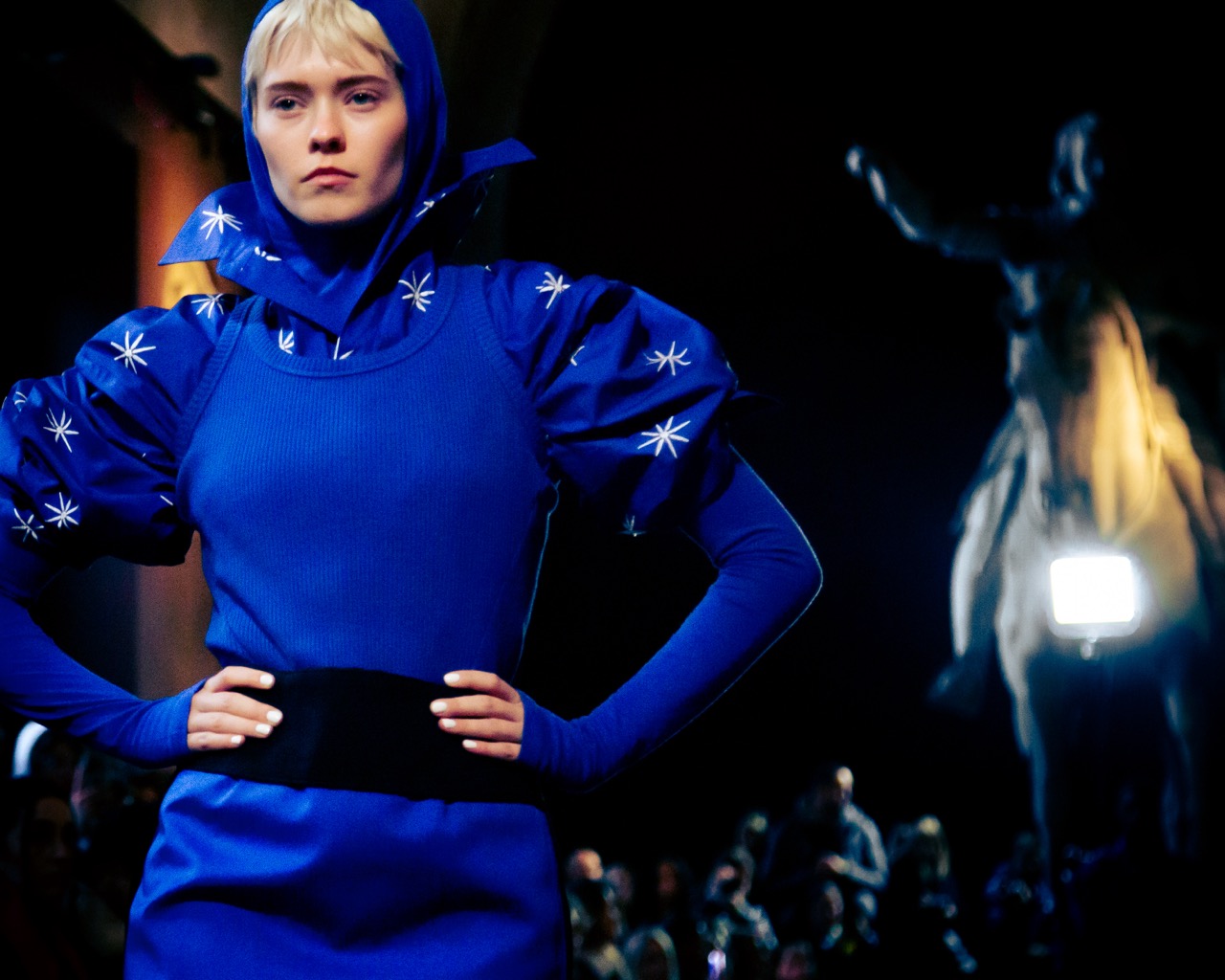
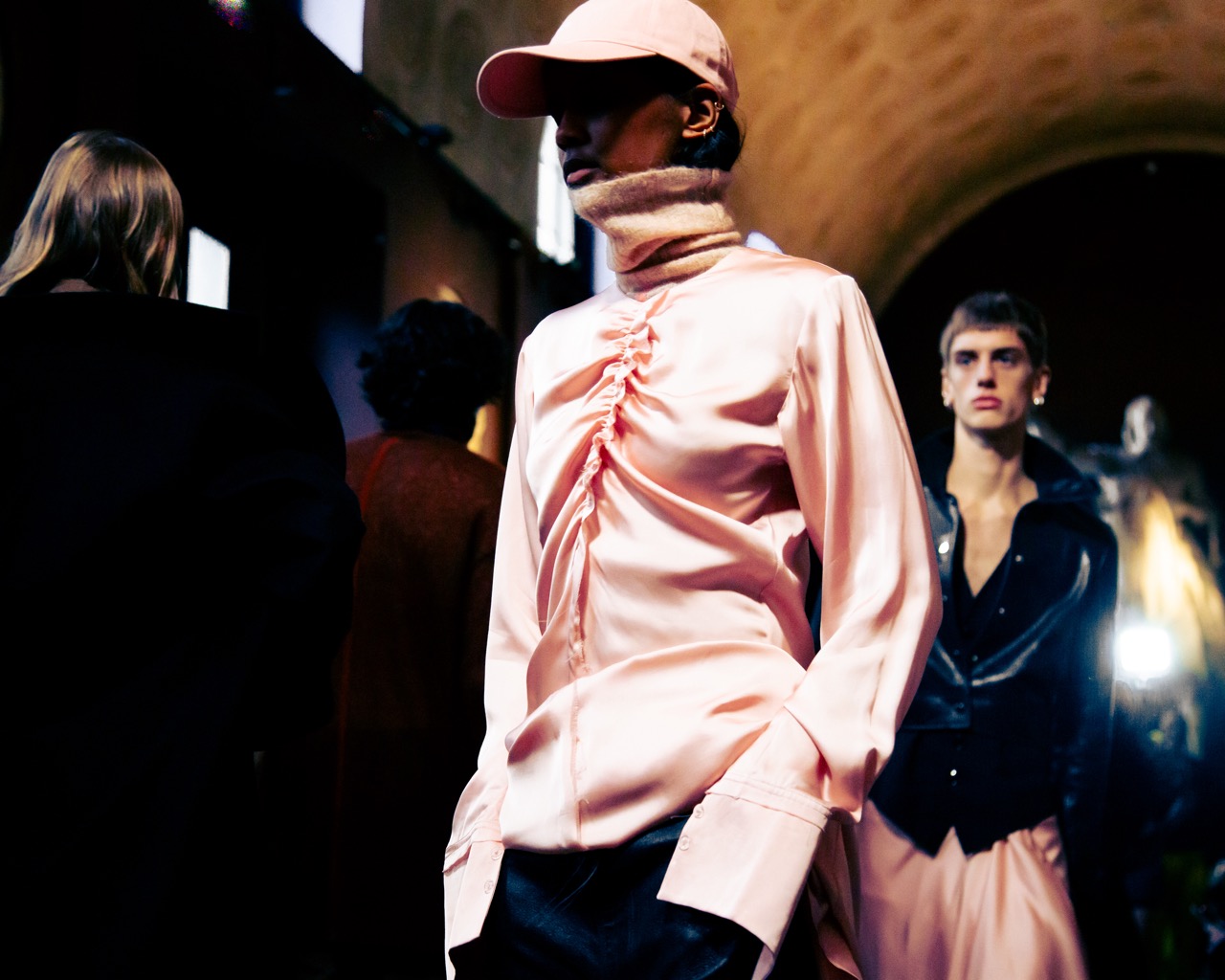
The atmosphere at Henrik Vibskov's fall show underscored his status as an icon in the Copenhagen scene. Recently honored with the Kronprinsparrets Priser culture award for his multidisciplinary mastery and fearless challenges, Vibskov showcased the collection titled "The Daily Chewing Gum Therapy Session." Inspired by dream work scenarios and fragility in the current state of the world, the designer explored familiar silhouettes while experimenting with fabrics, featuring standout coats in heavy houndstooth grids and playful squareish jackets inspired by paper folding.
Beyond fashion, Vibskov's shows offer a larger experience, tapping into the pulse of the world and offering ideas, empathy, and fantasy as antidotes to the chaos that surrounds us. In his musings, he suggests that individual self-care, expressed through creativity and personal style, may be a small yet impactful step in navigating the uncertainties of the world.
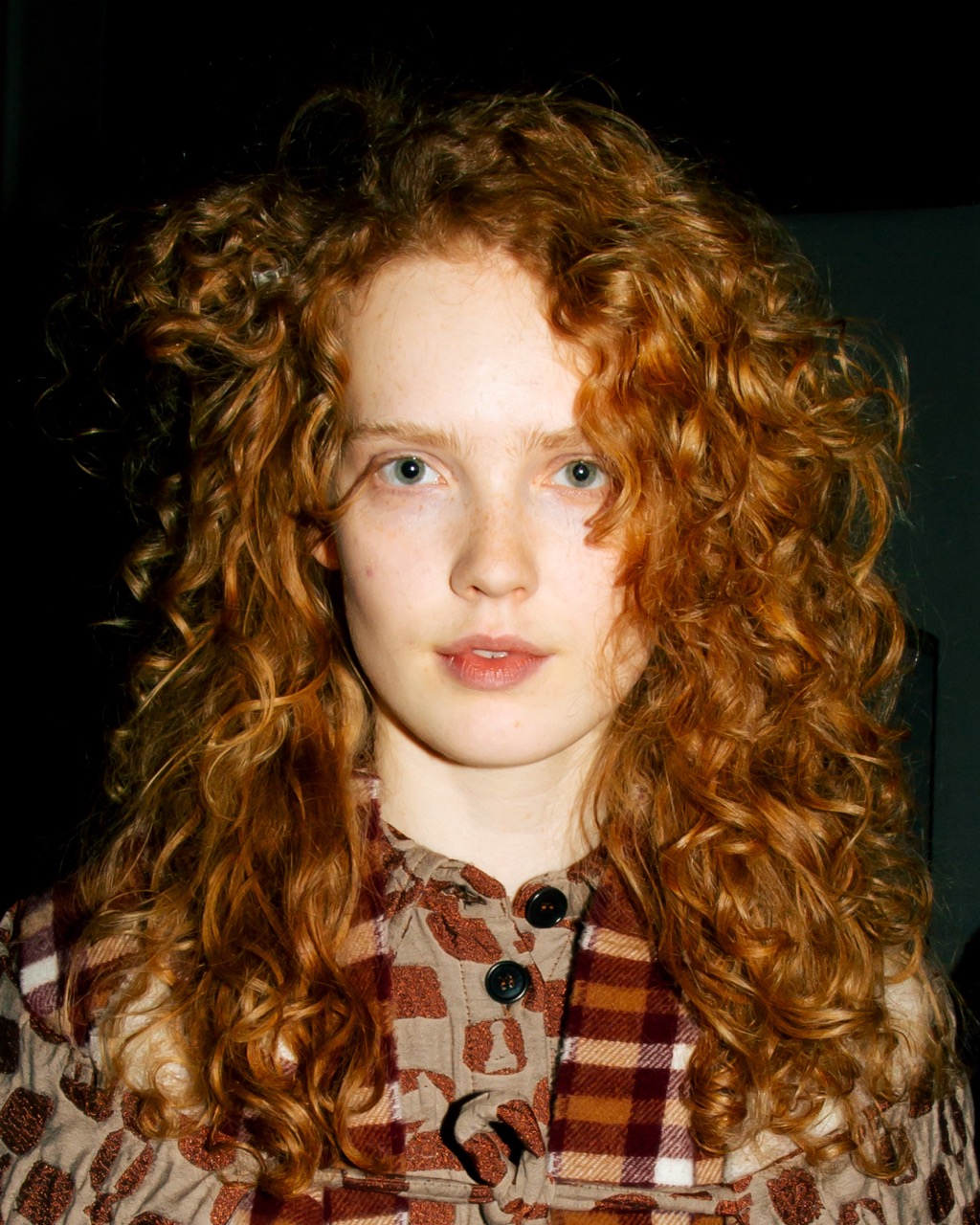
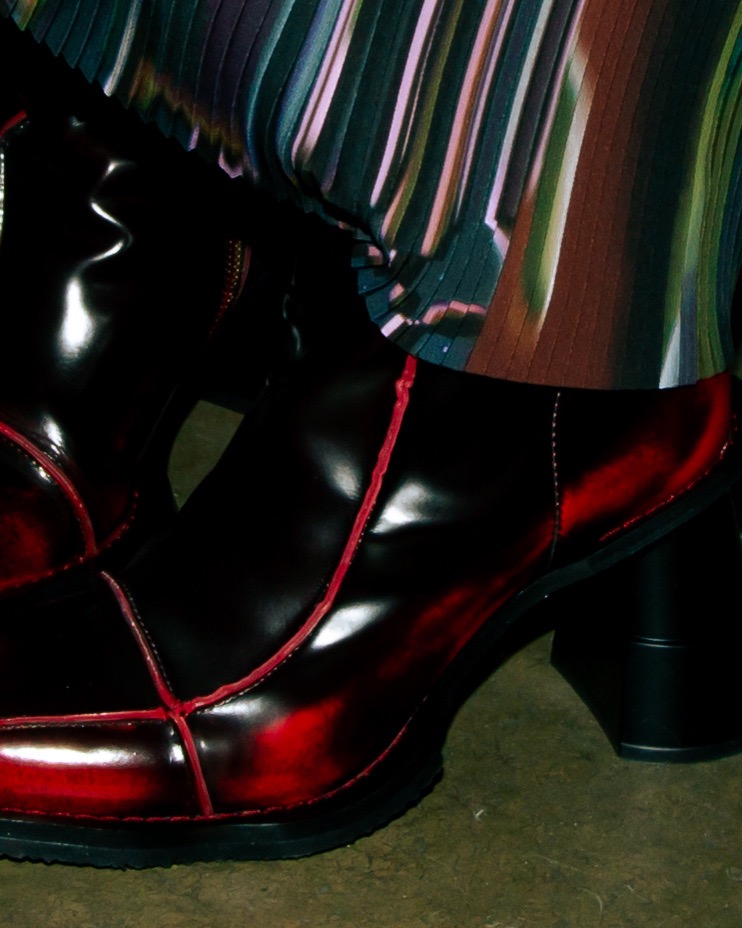
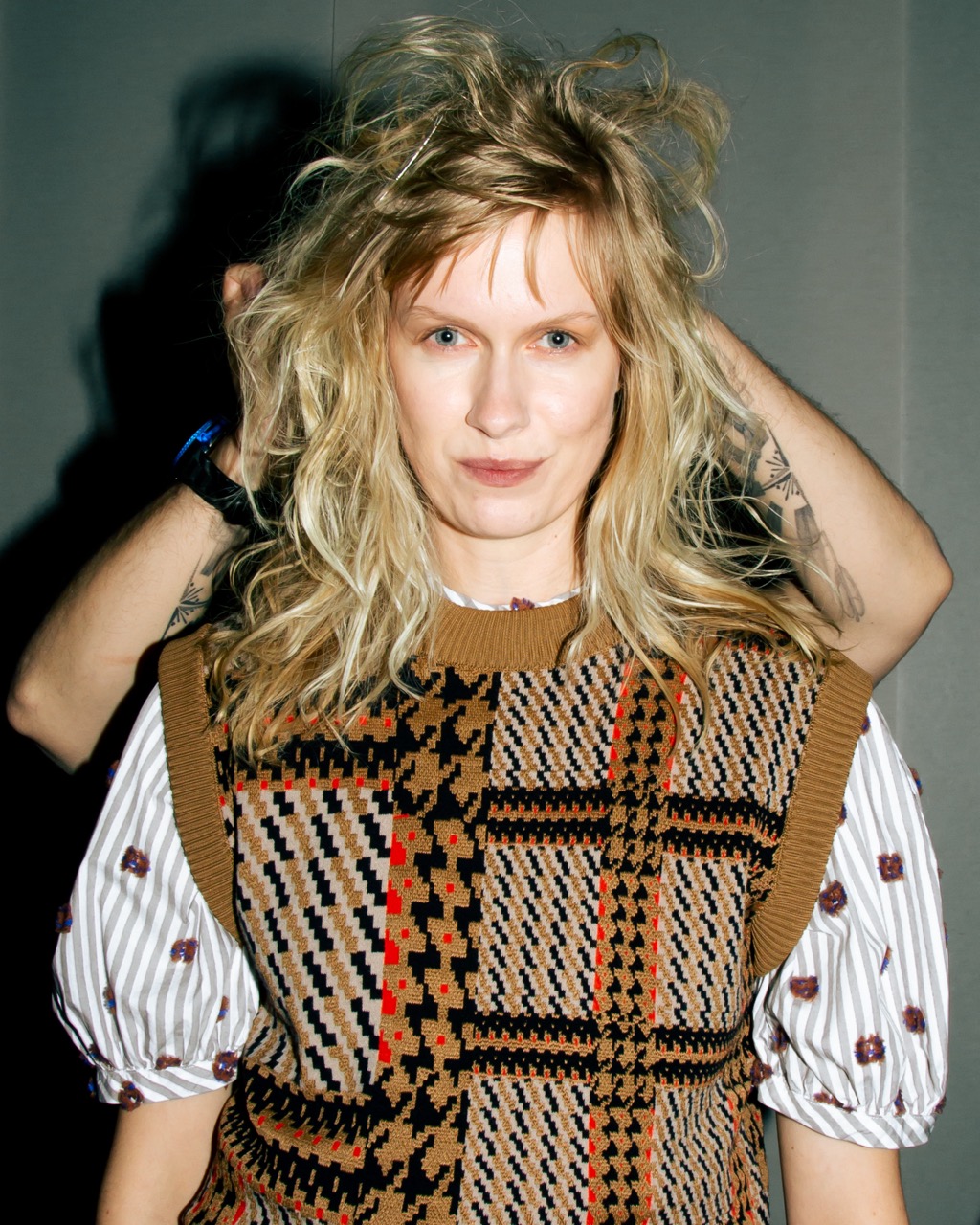
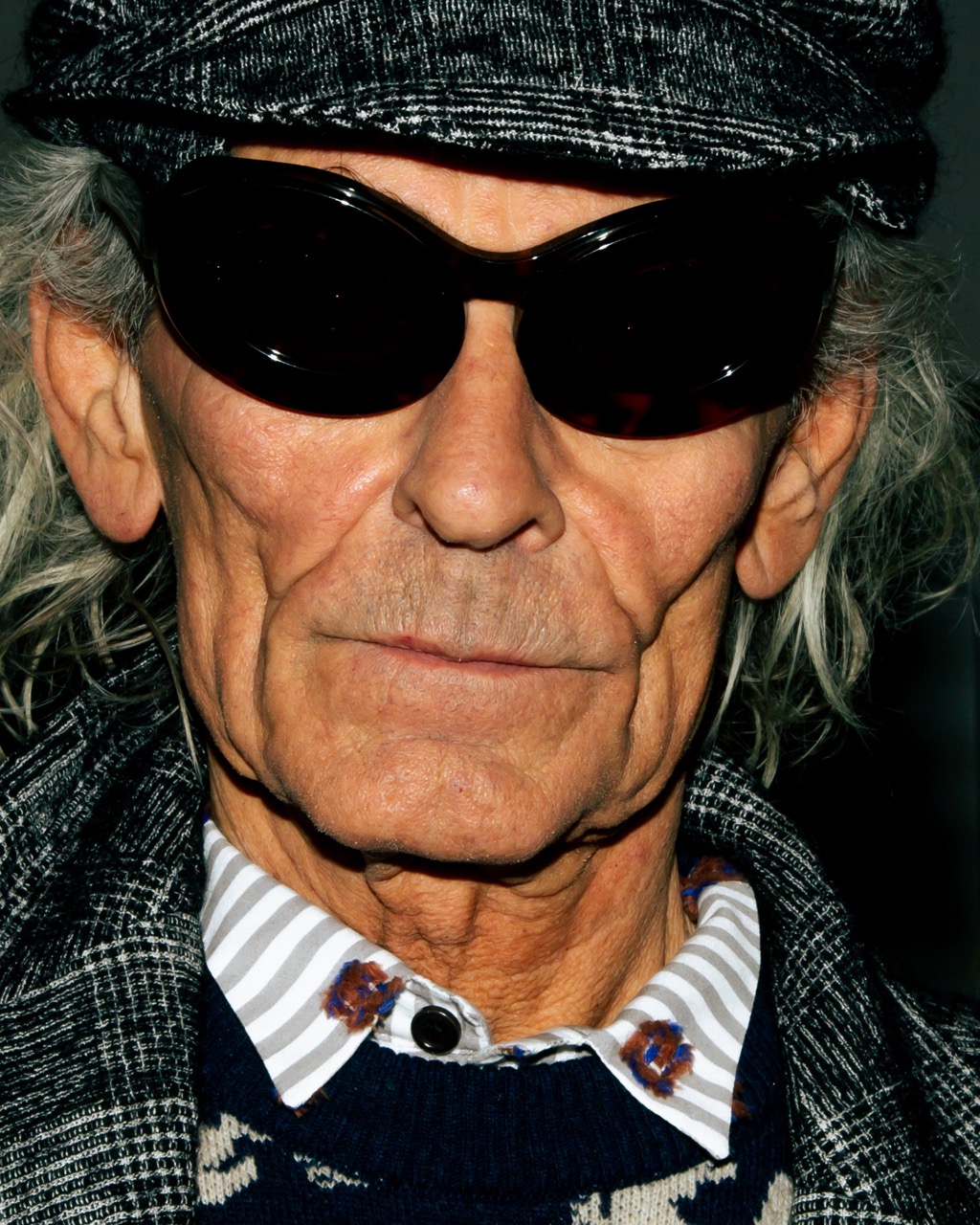

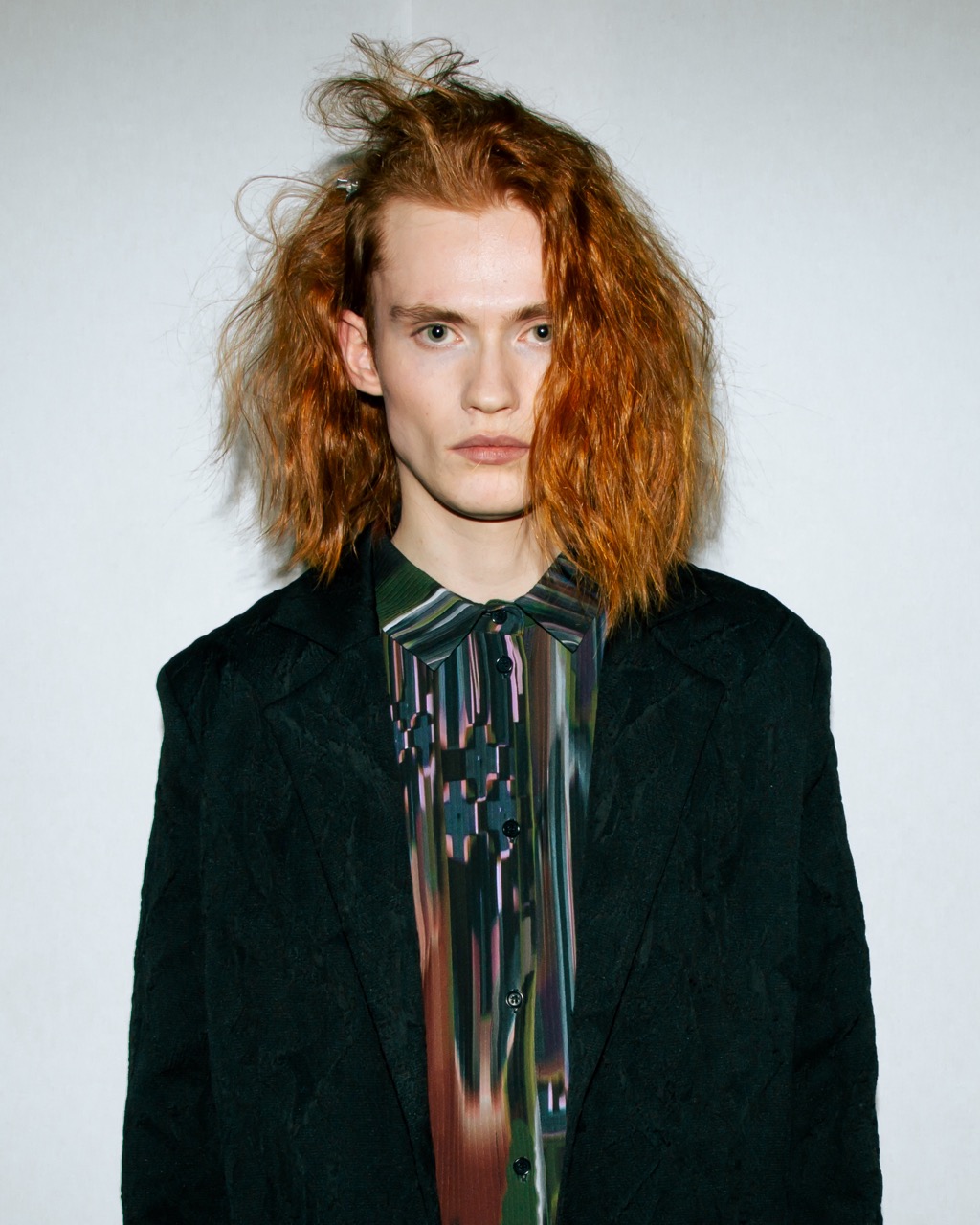
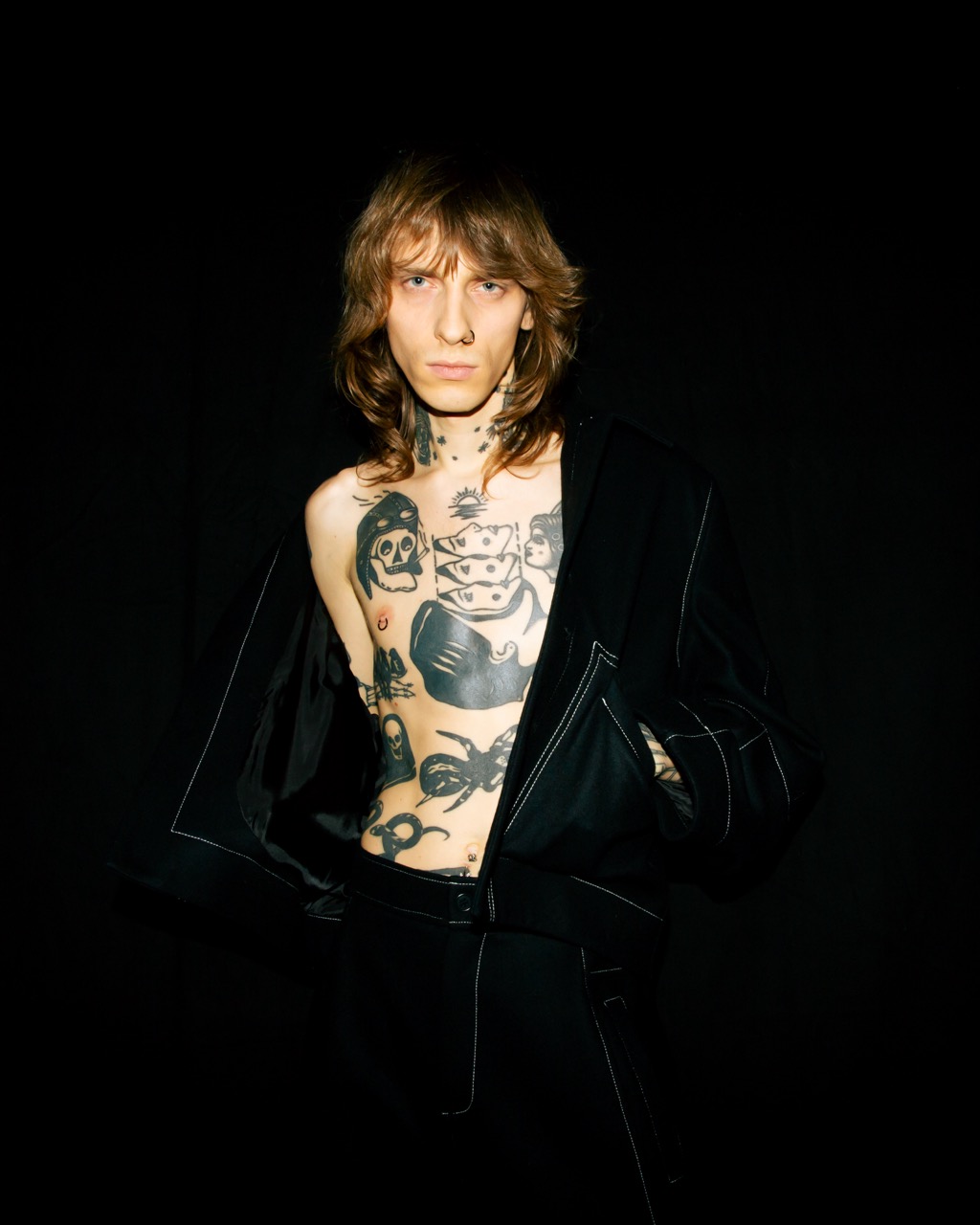
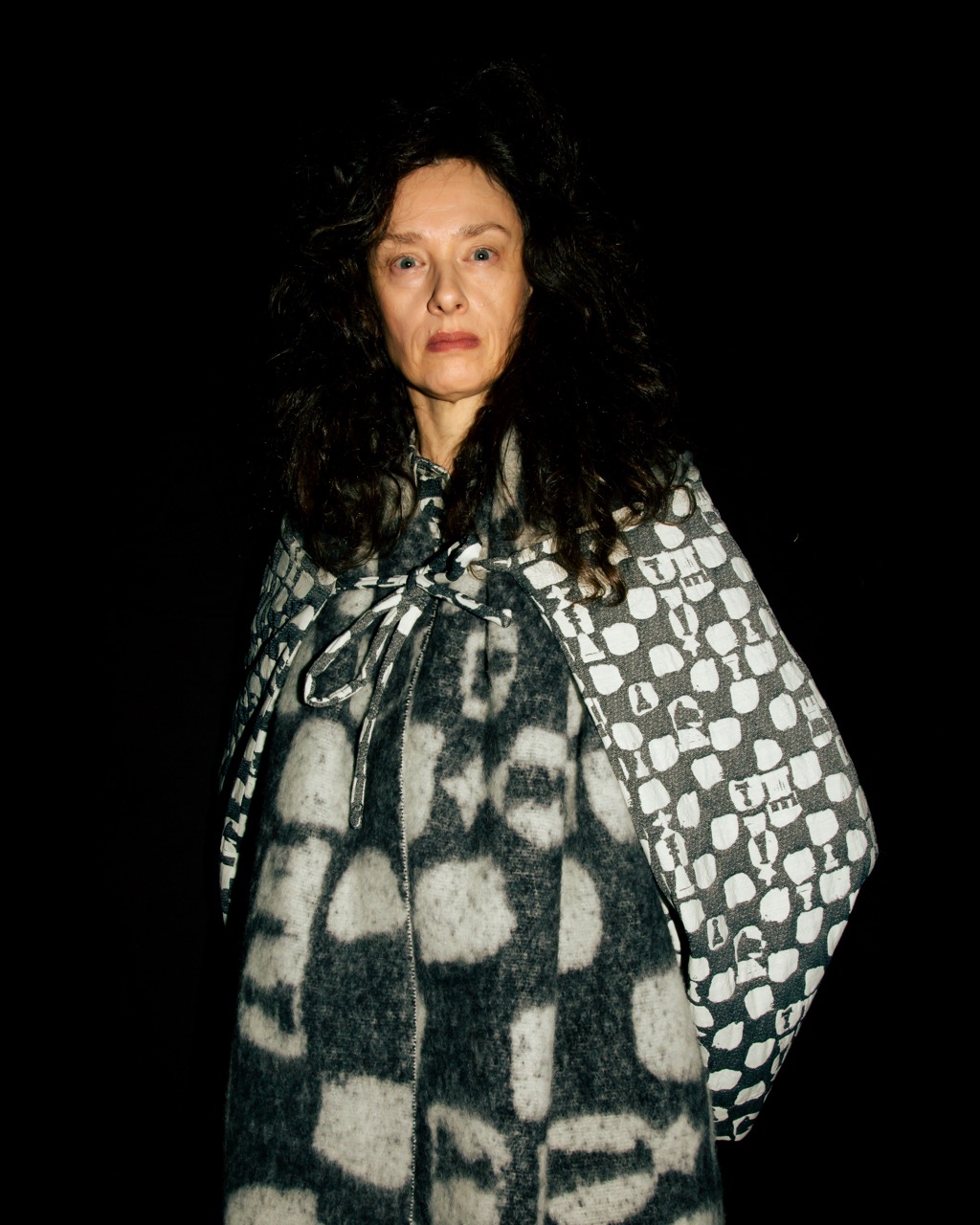
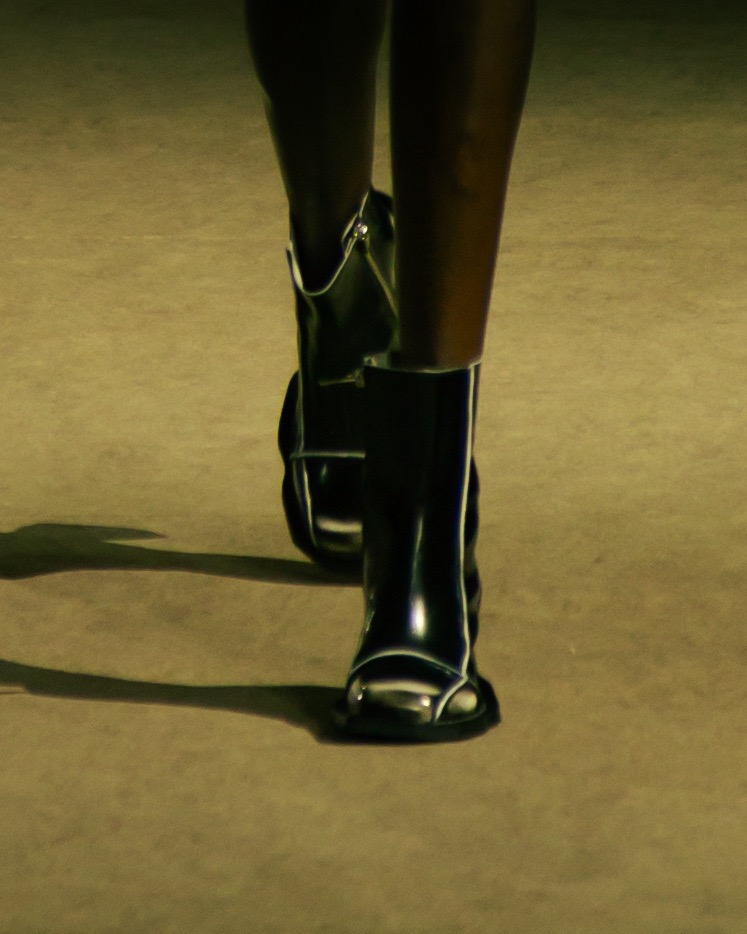
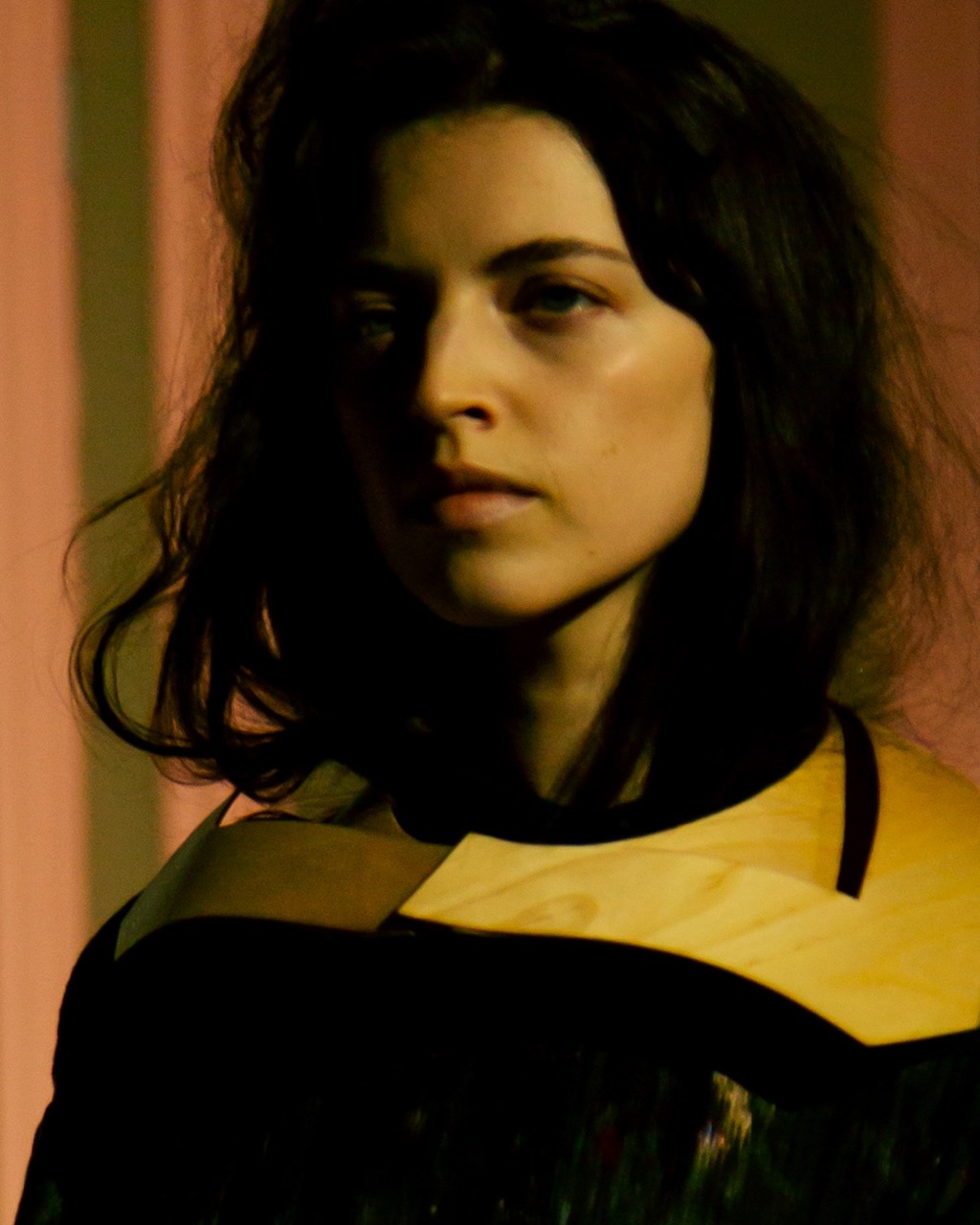
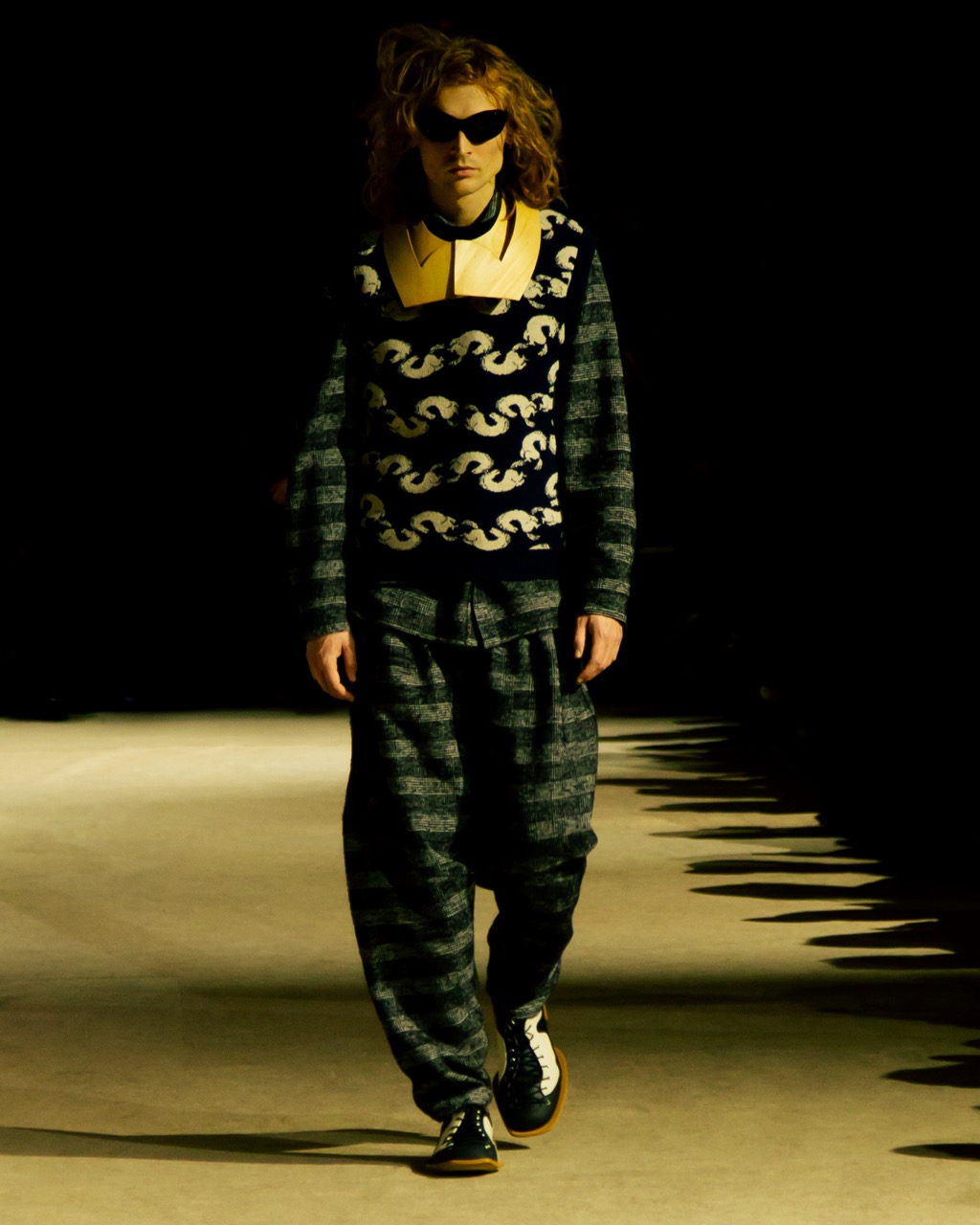

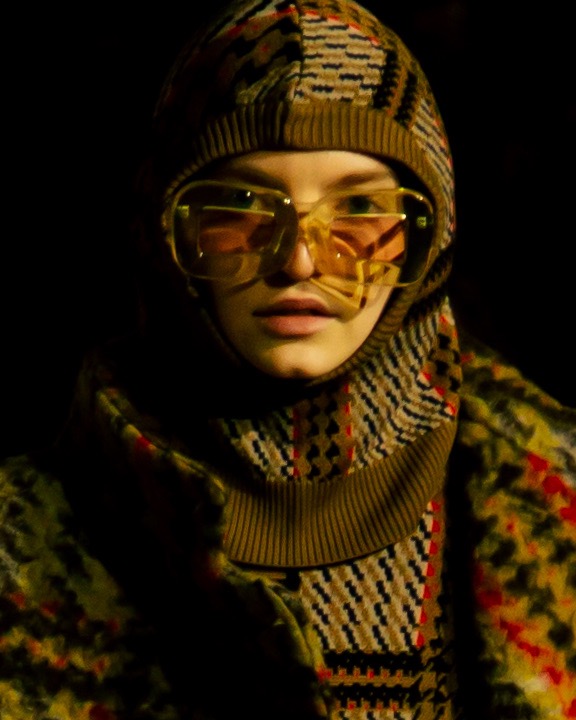
Autumn Winter 2024 drew inspiration from the boundless freedom of the sky, channeling the spirit of pioneering female aviators who dared to dream among the clouds. The collection, a celebration of their courage, unfolds with sleek silhouettes, purposeful layering materials, and a nuanced color palette, blending a boyish aesthetic with a distinctive feminine touch. Infused with a mindful choice of fabrics, the highly tactile collection explores the poetry within the historical aviator uniform, marrying form and functionality in each piece.
